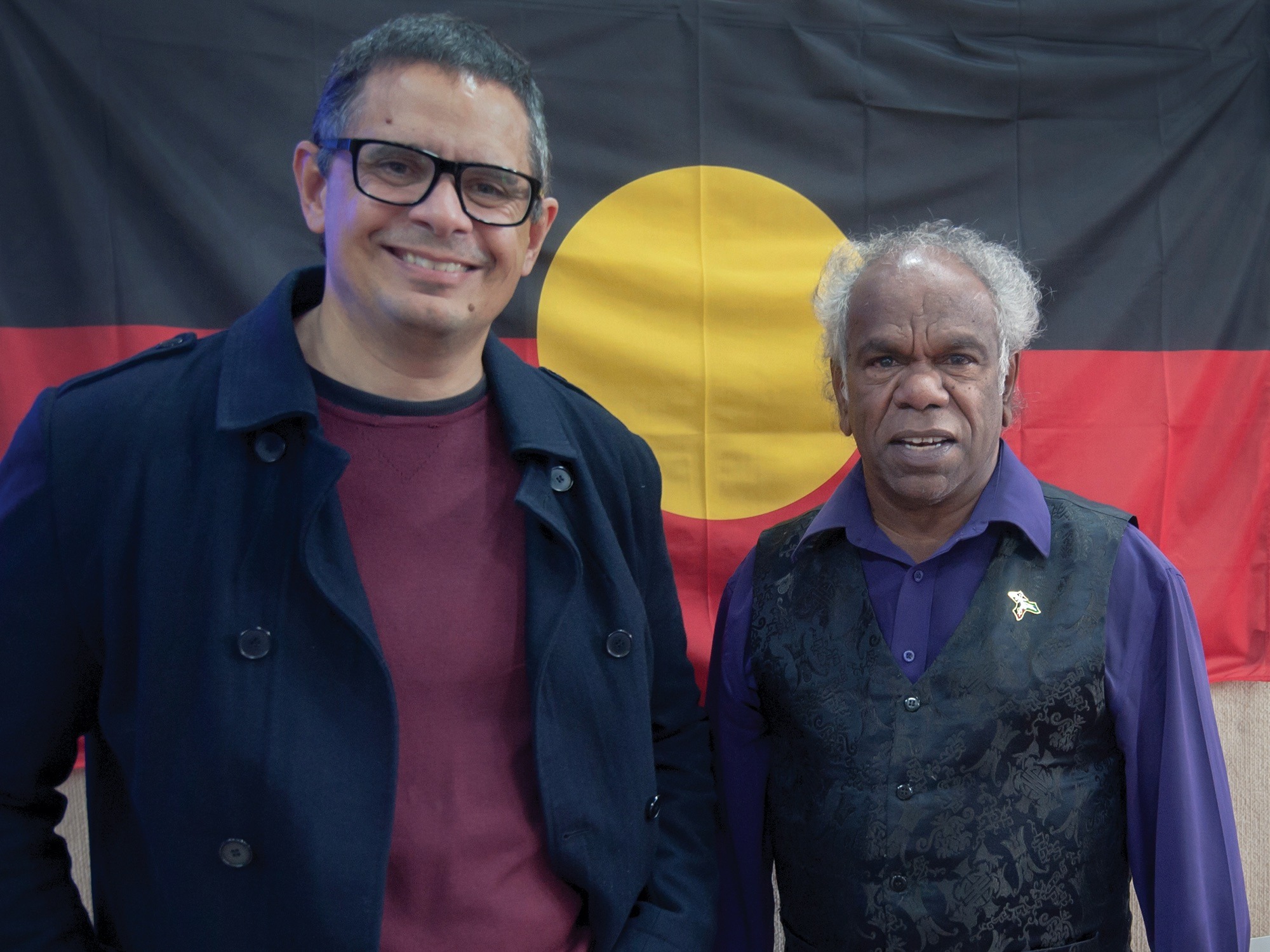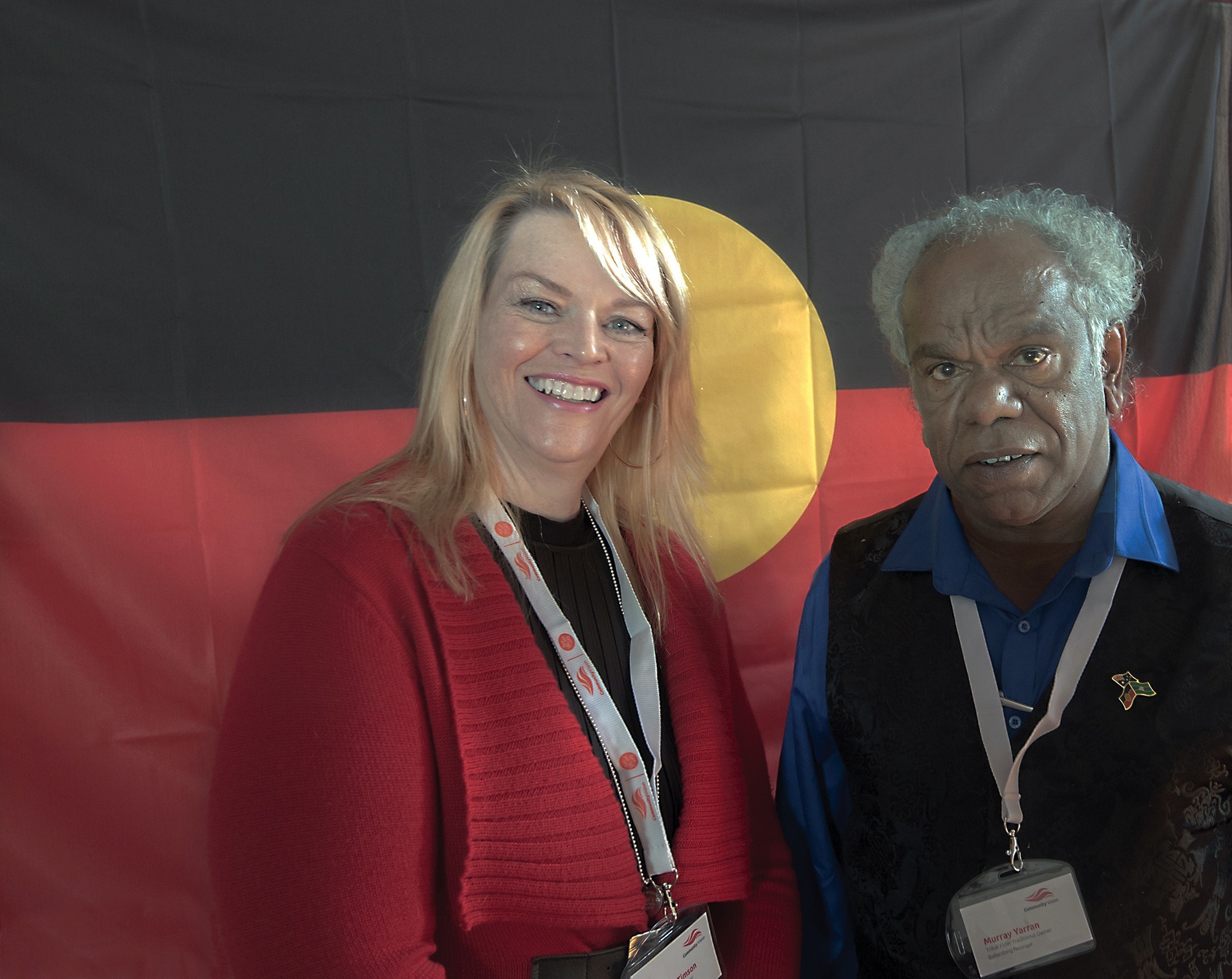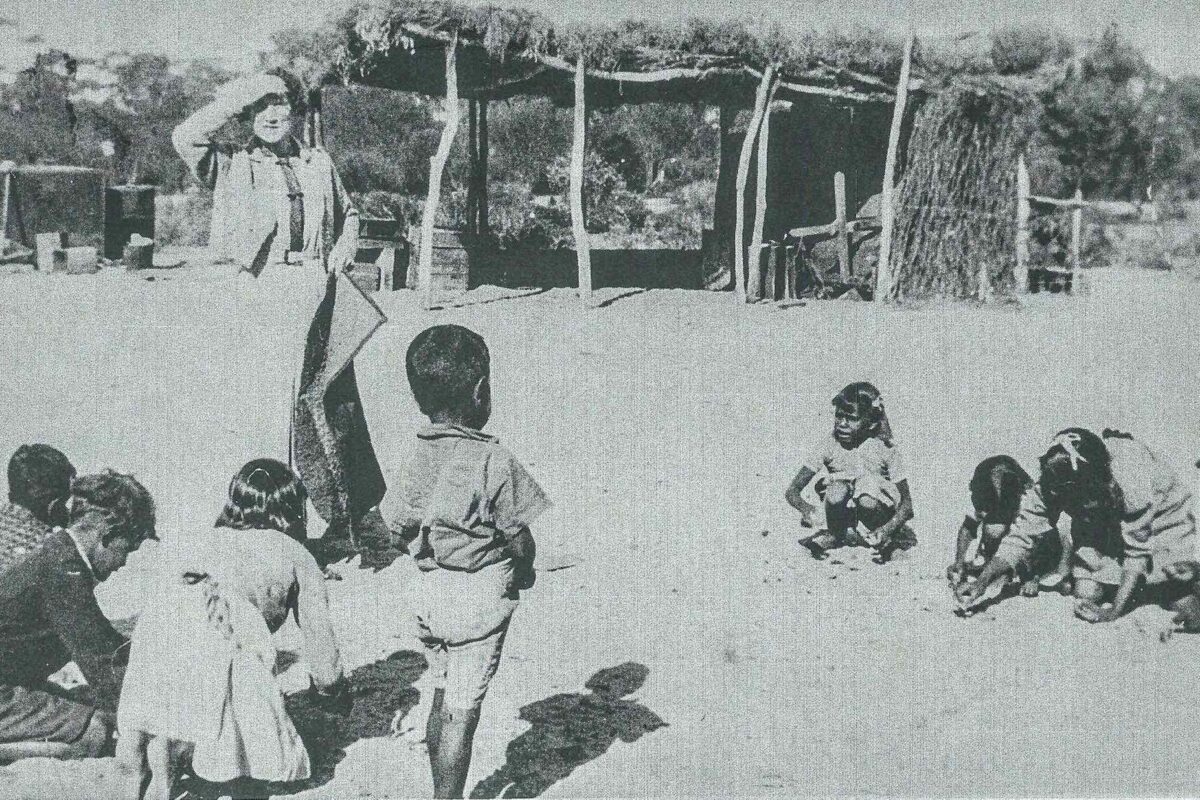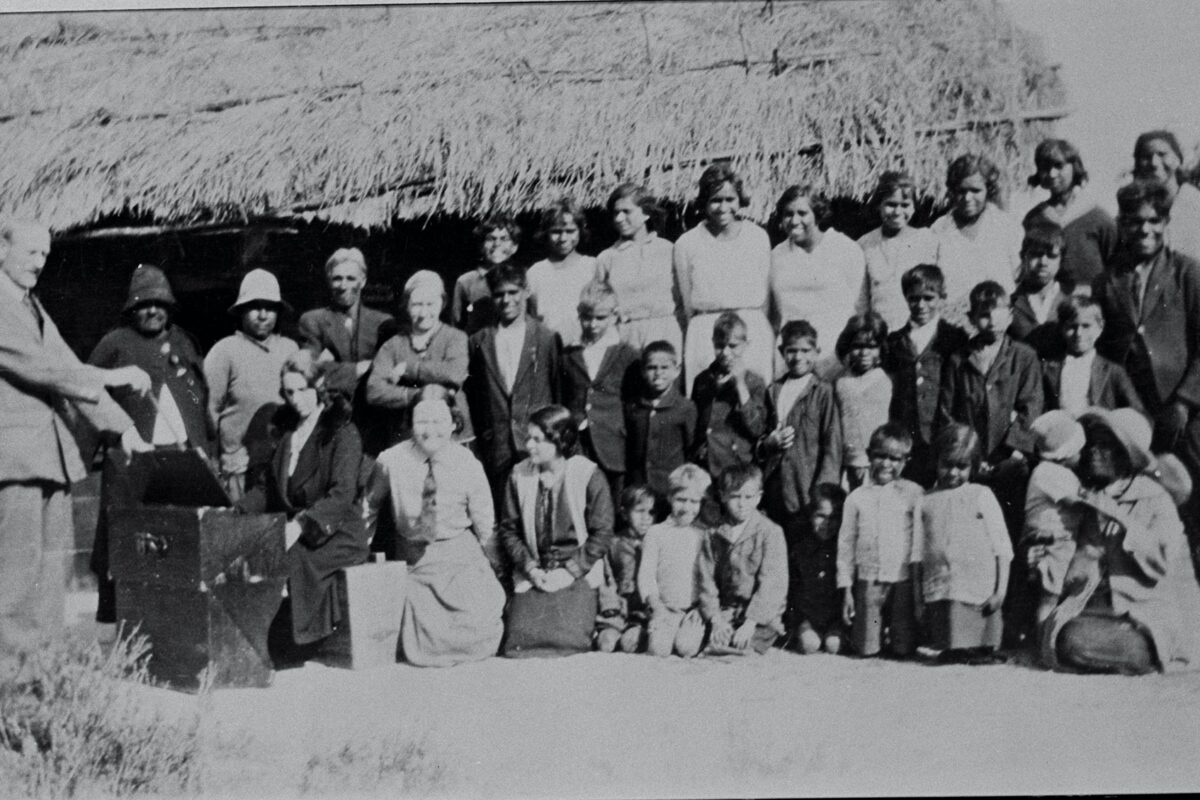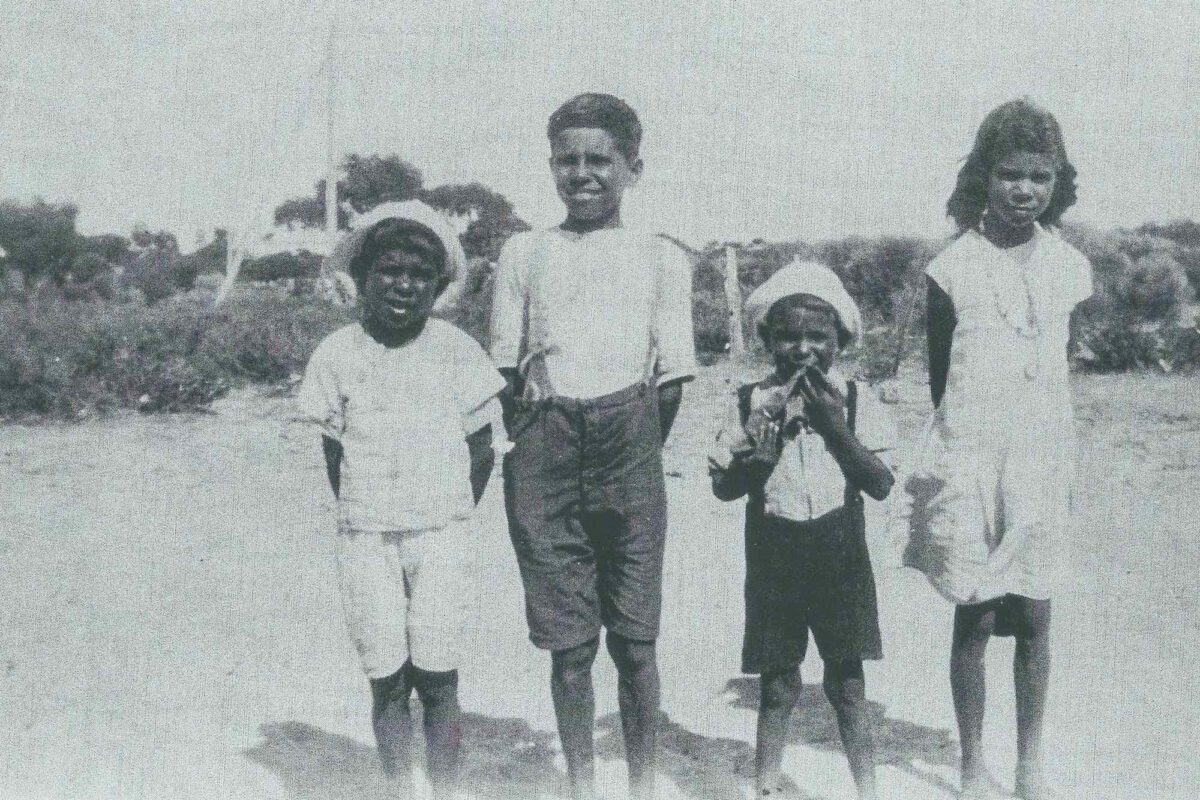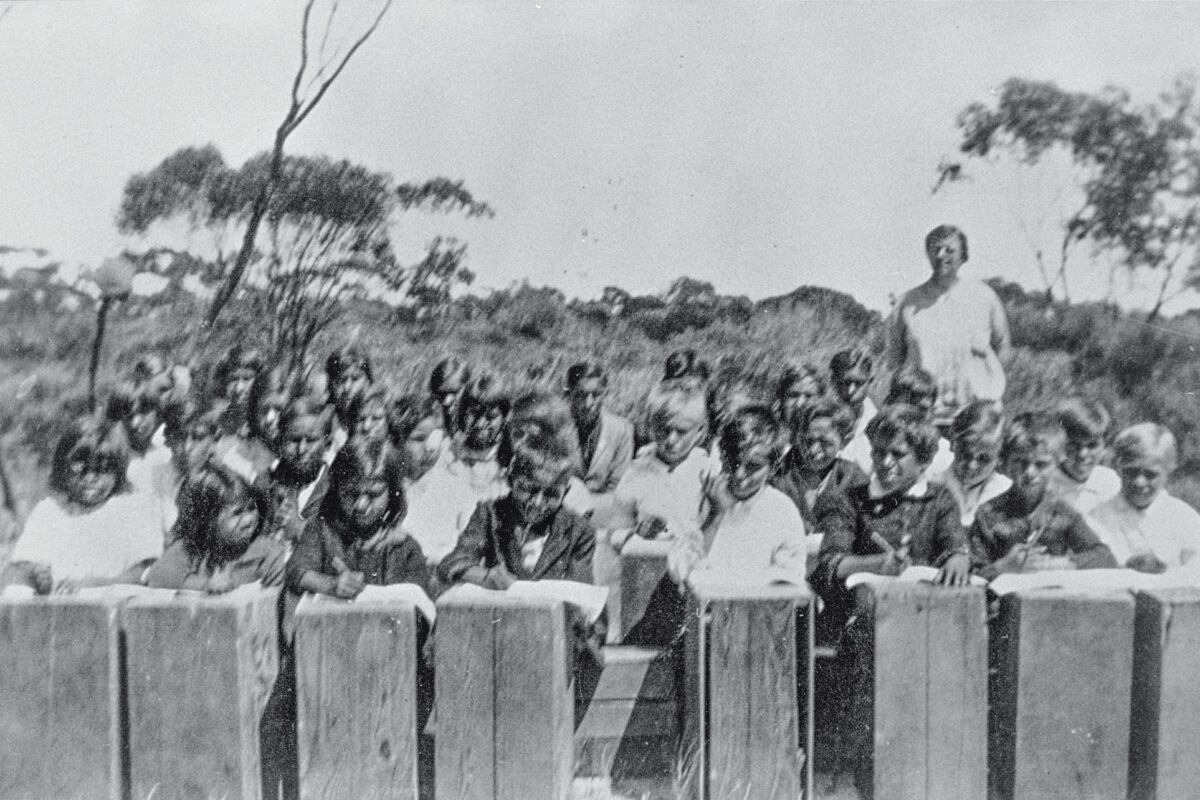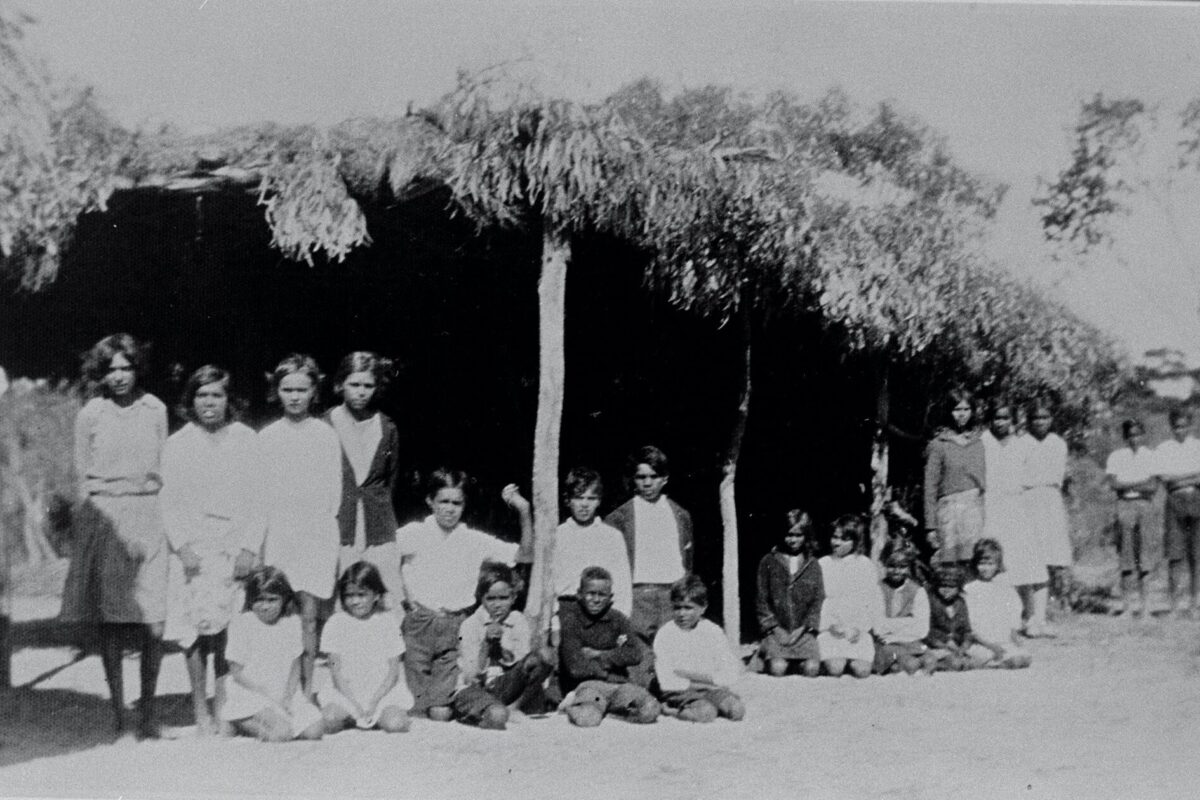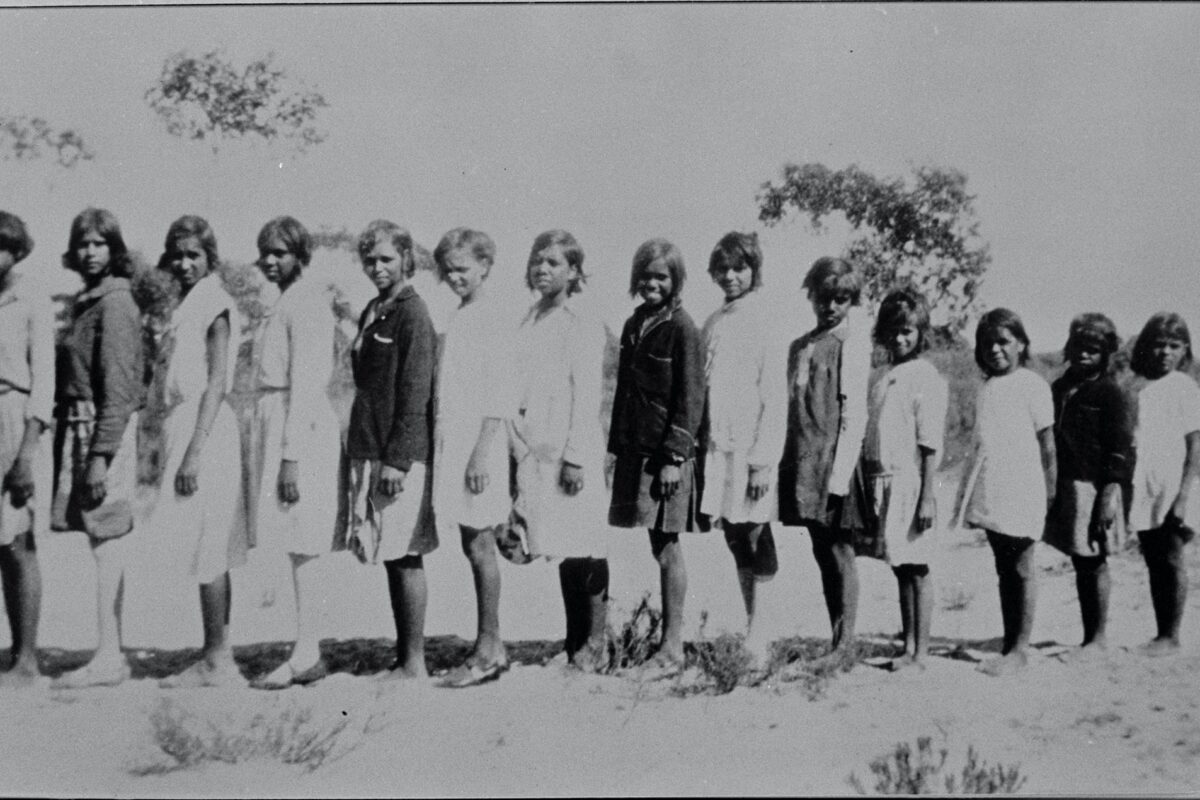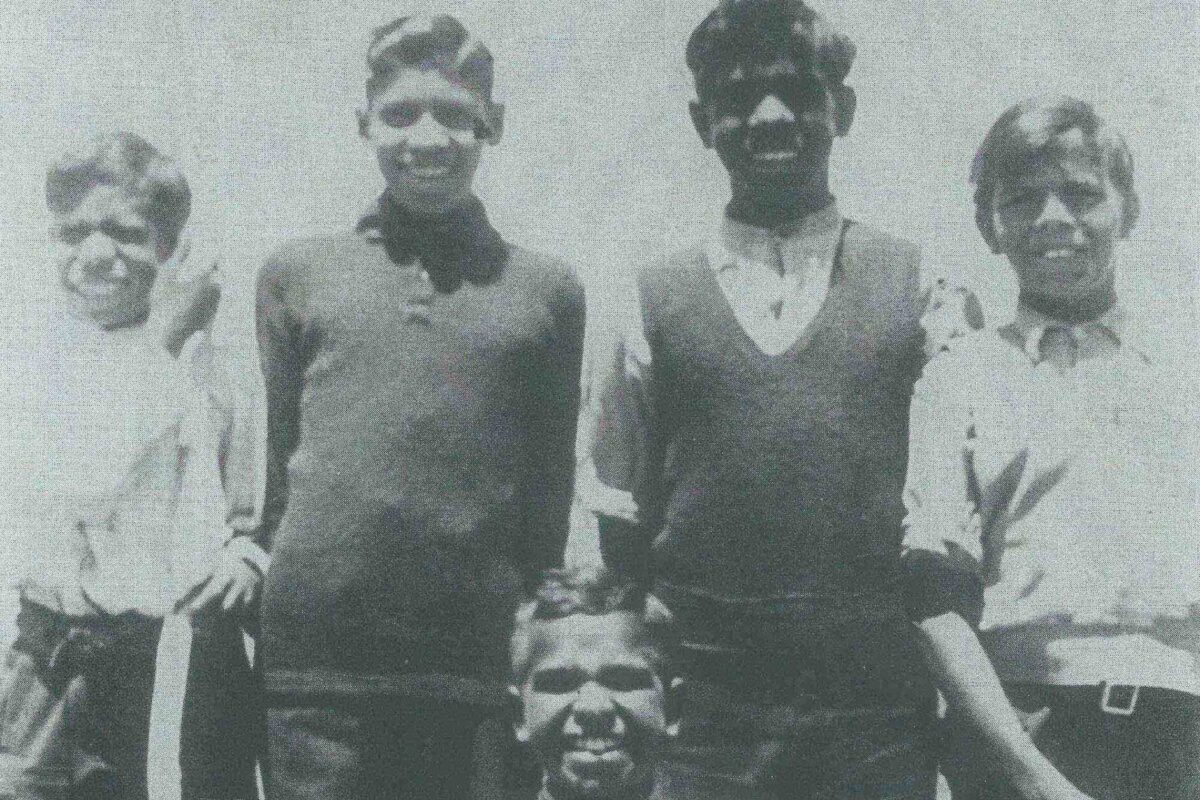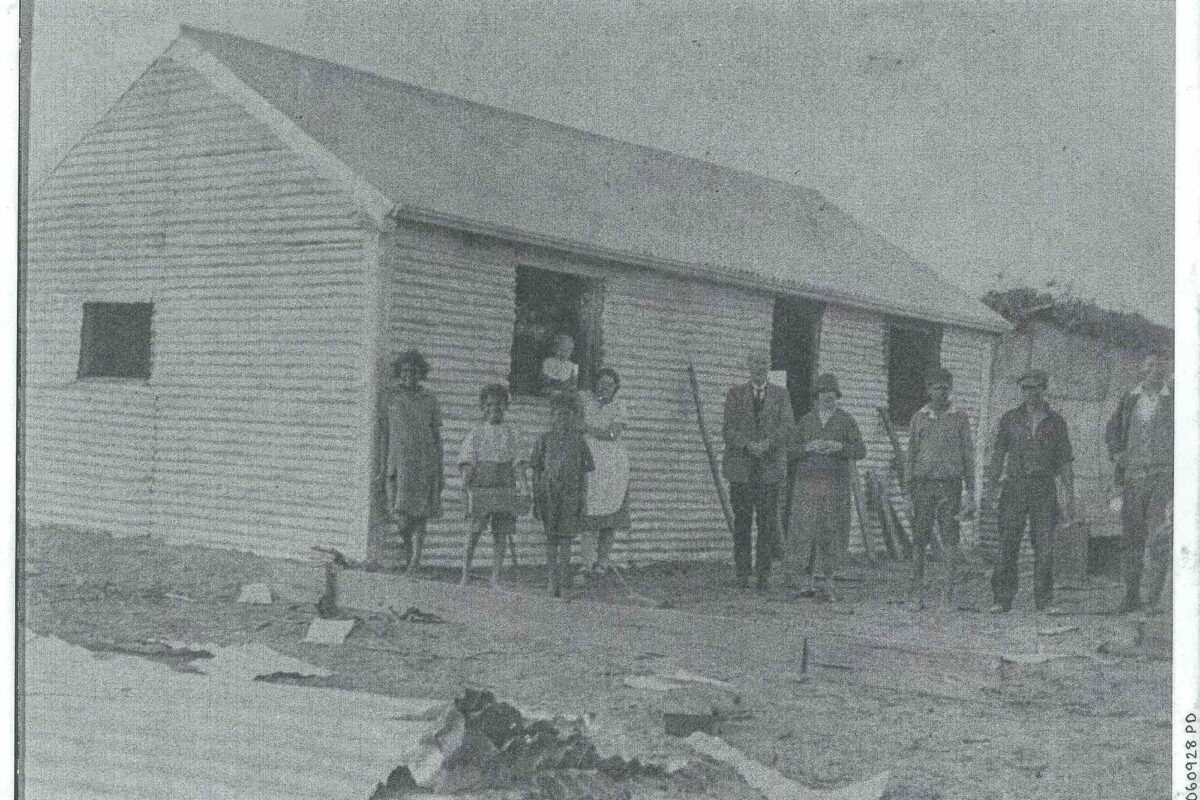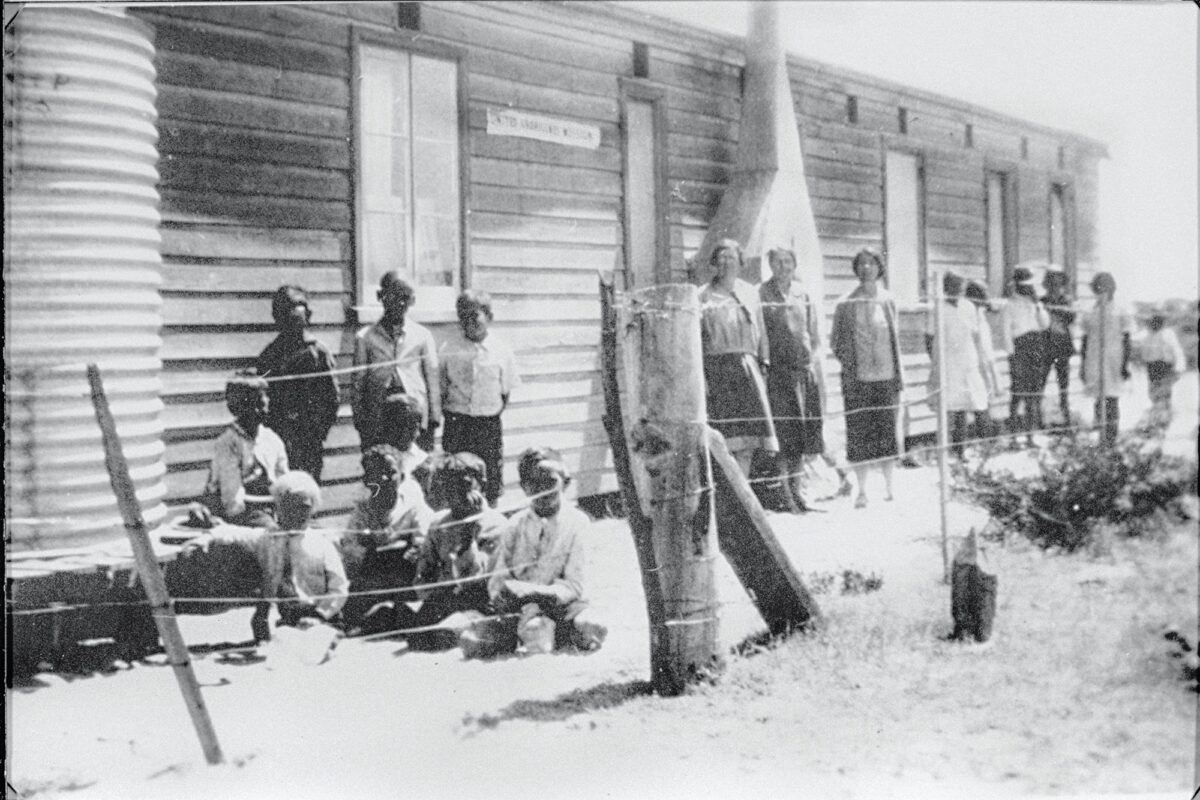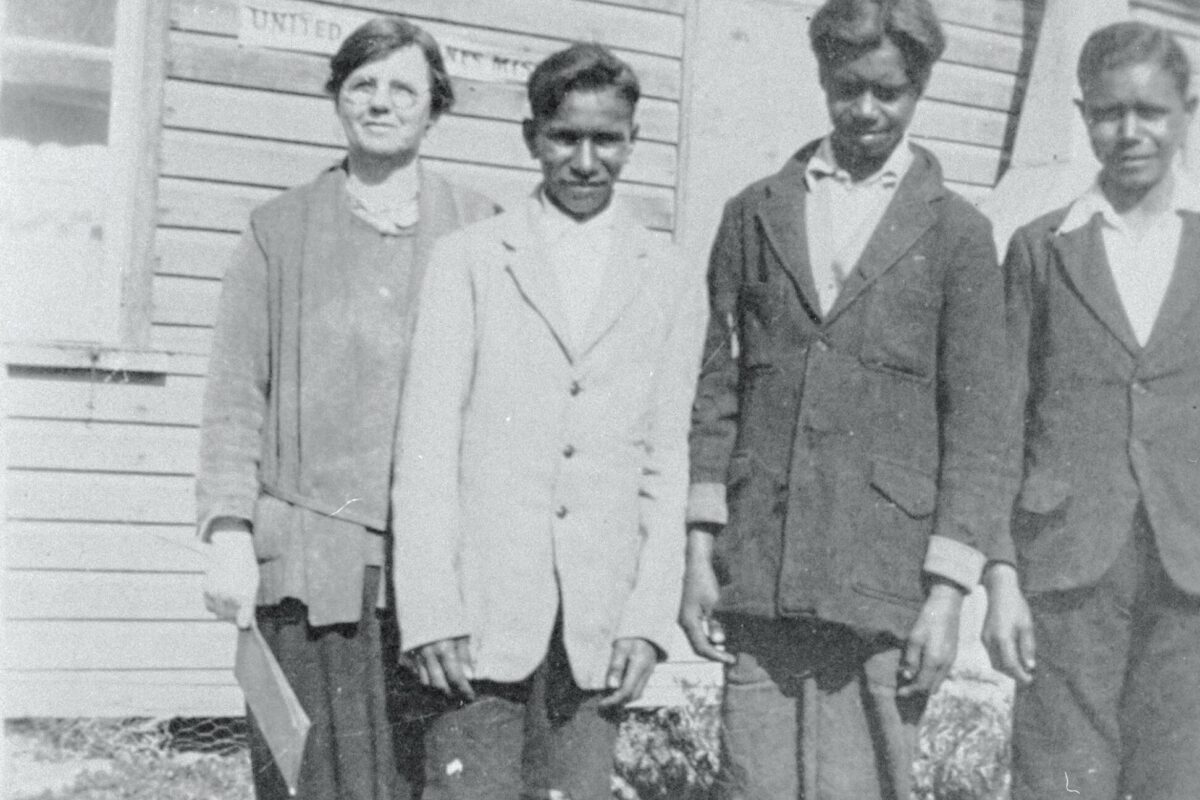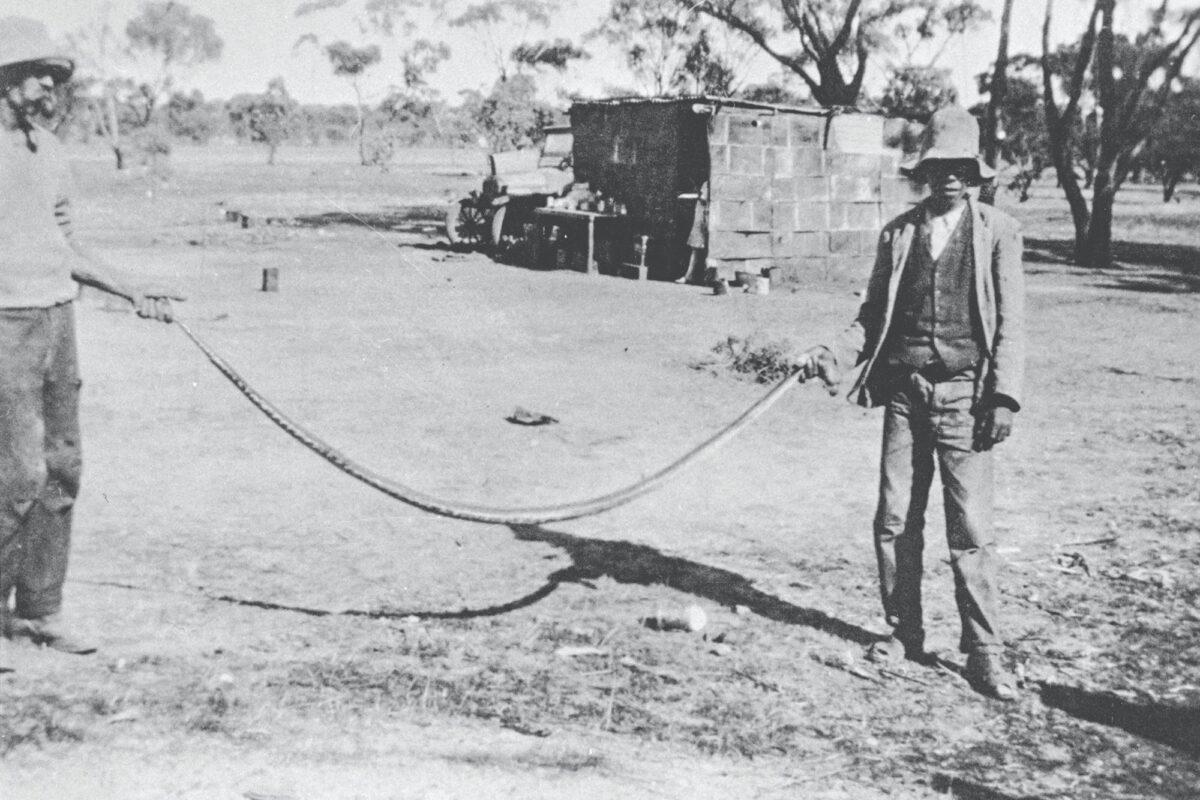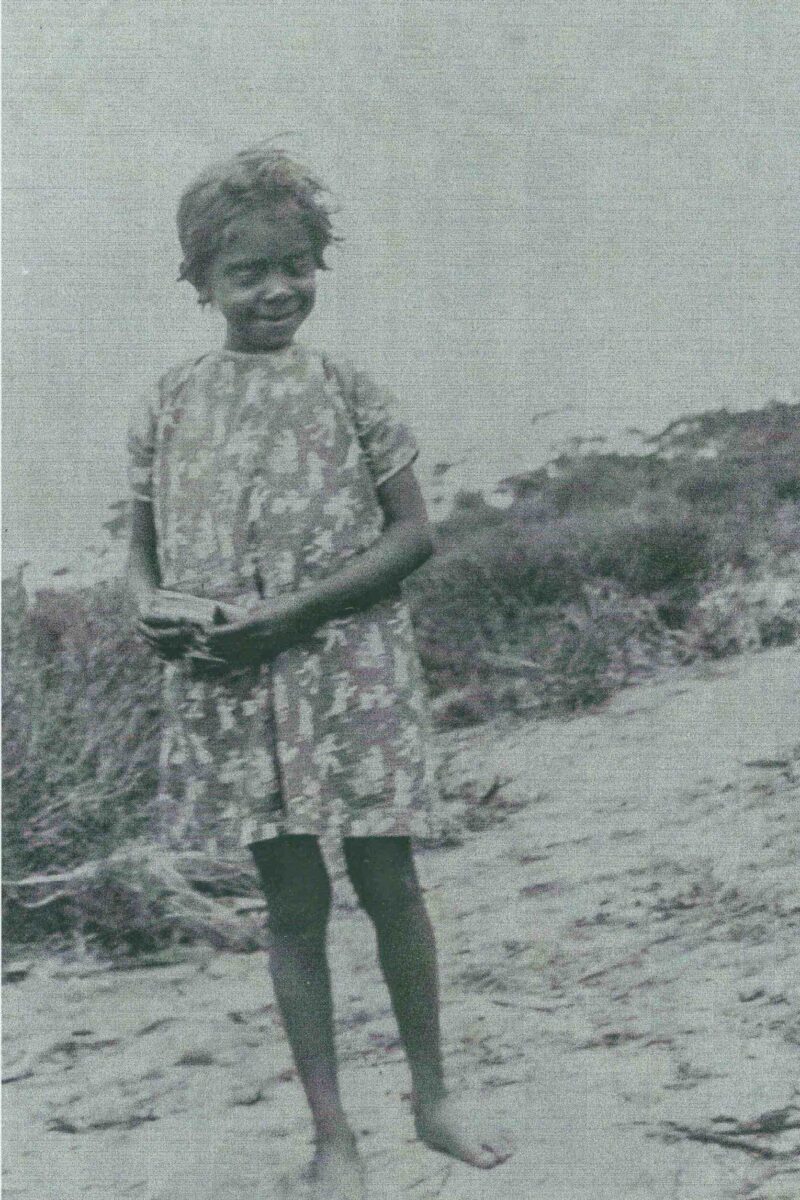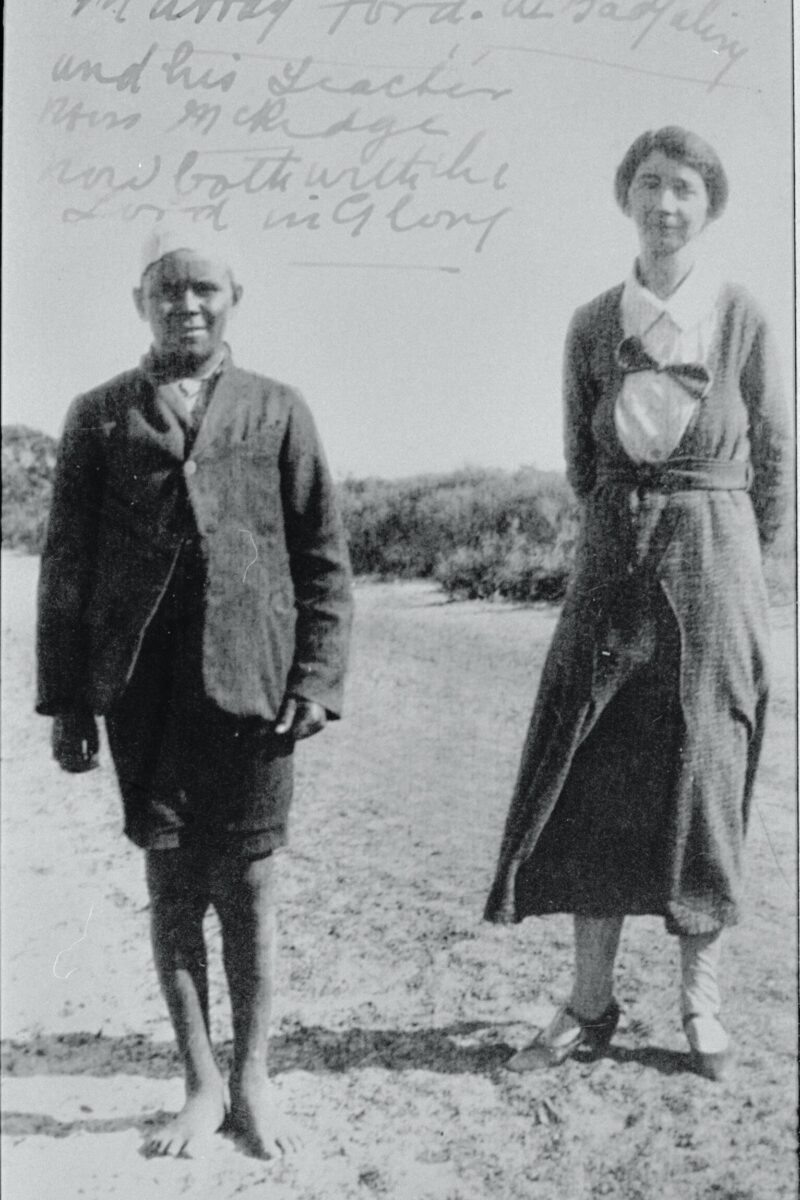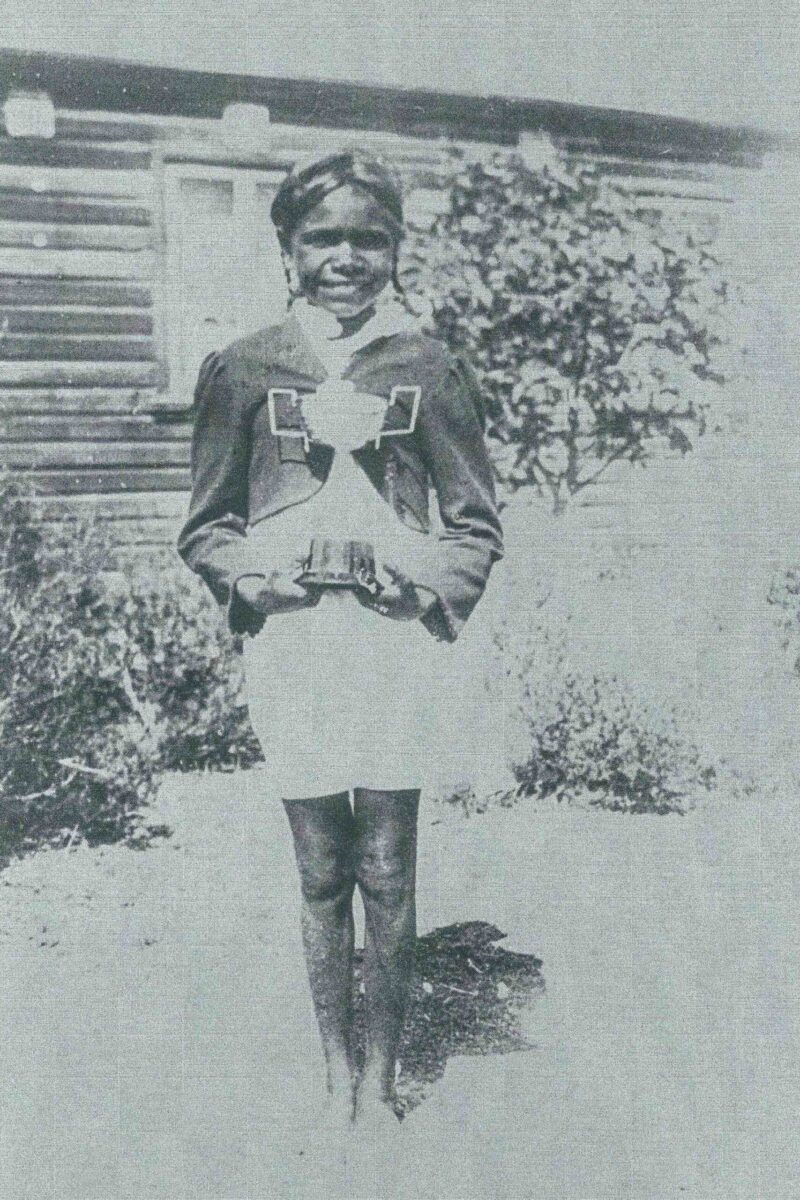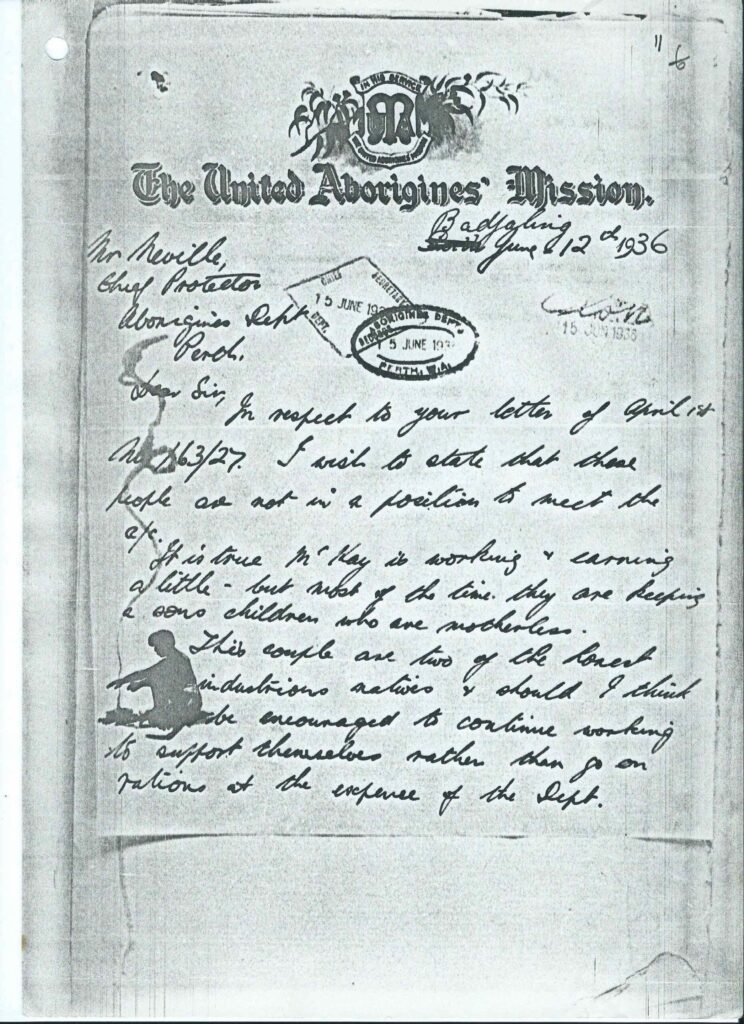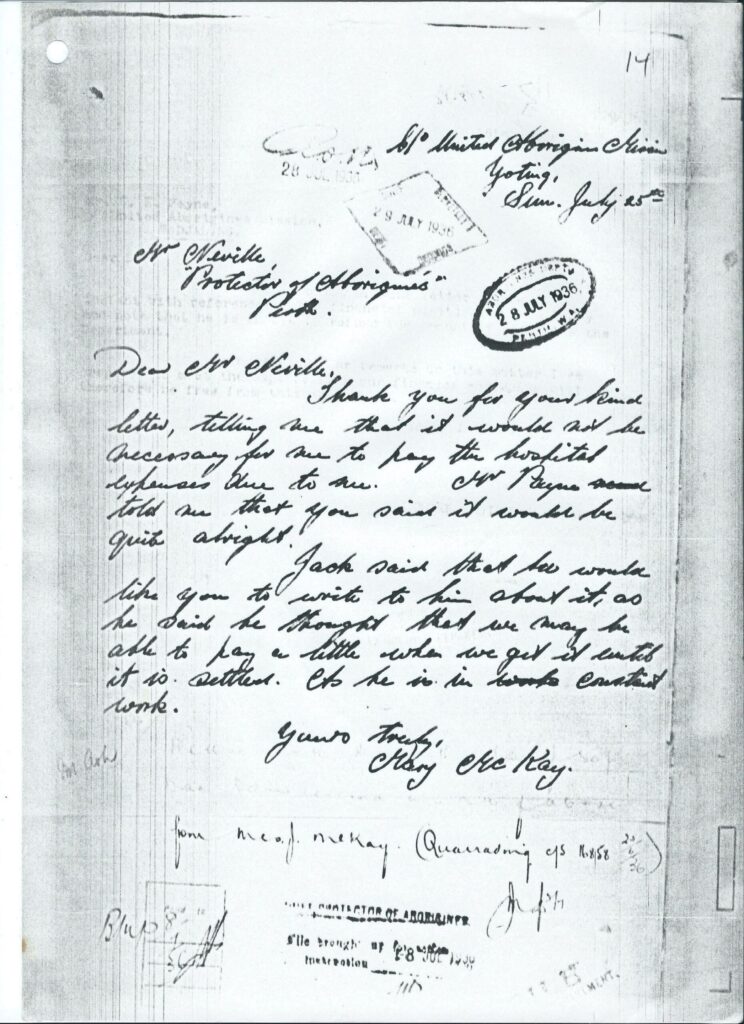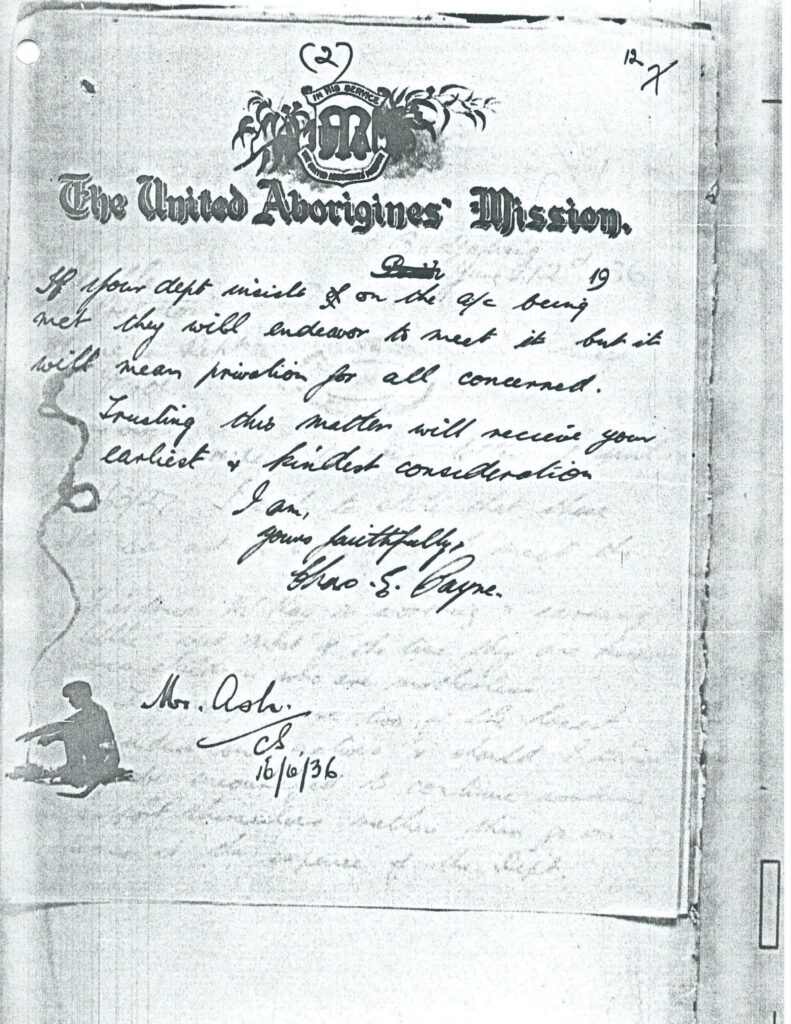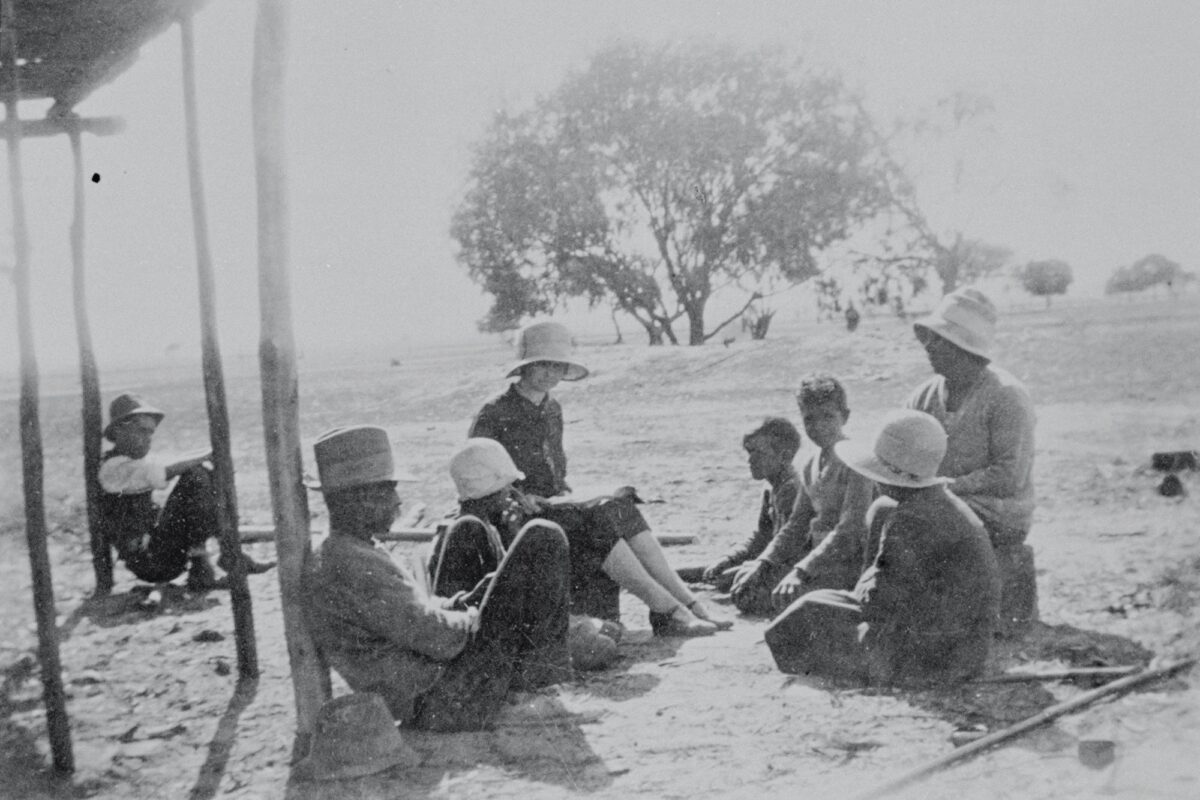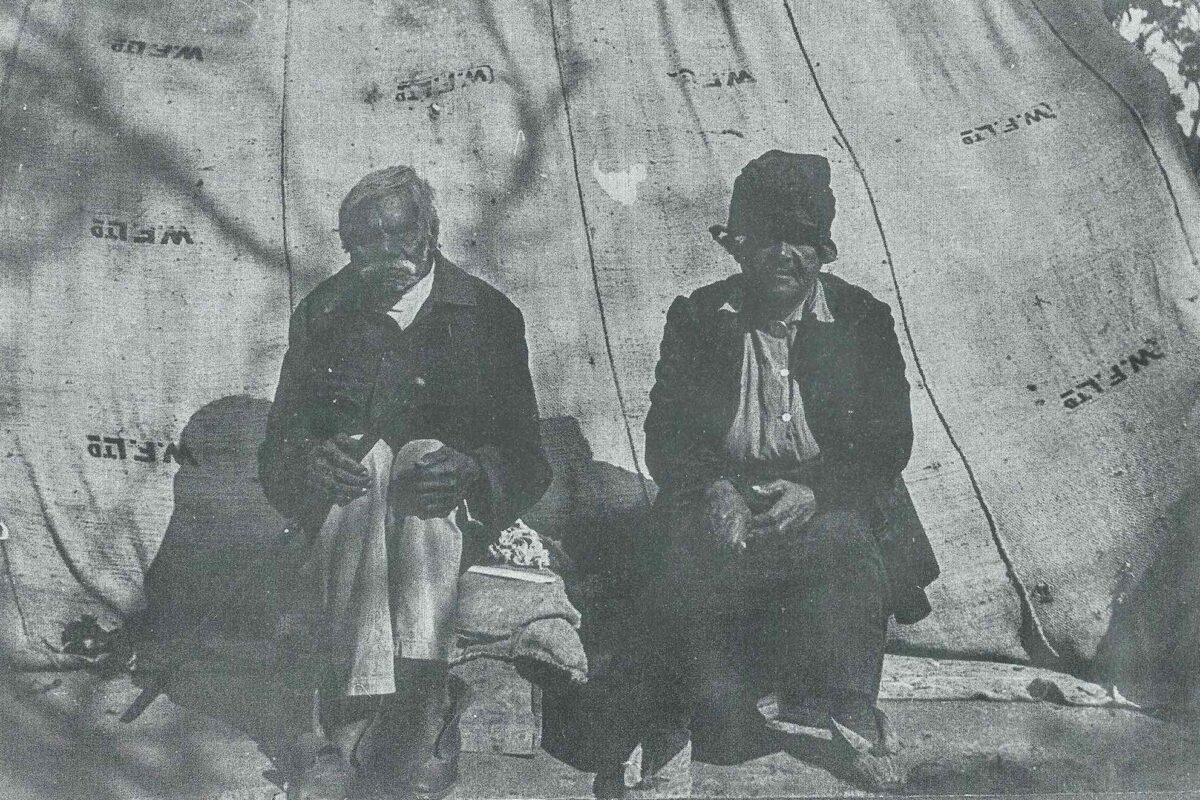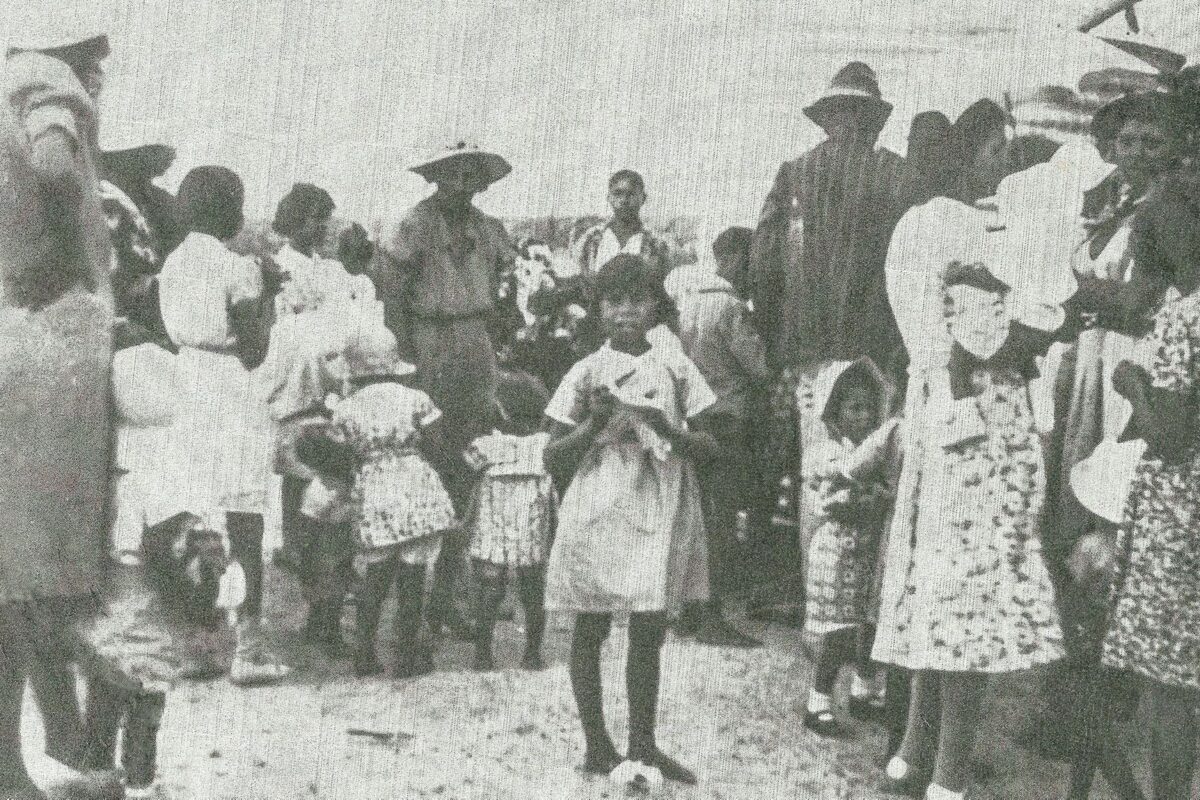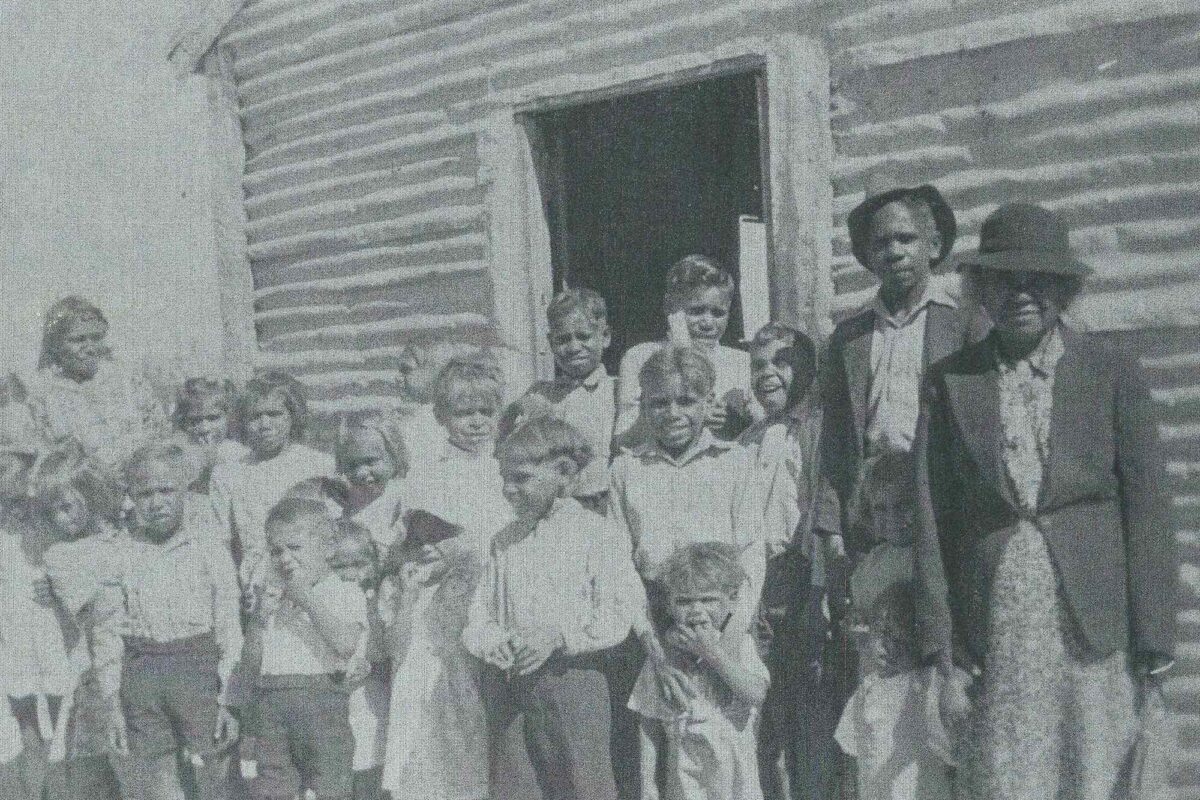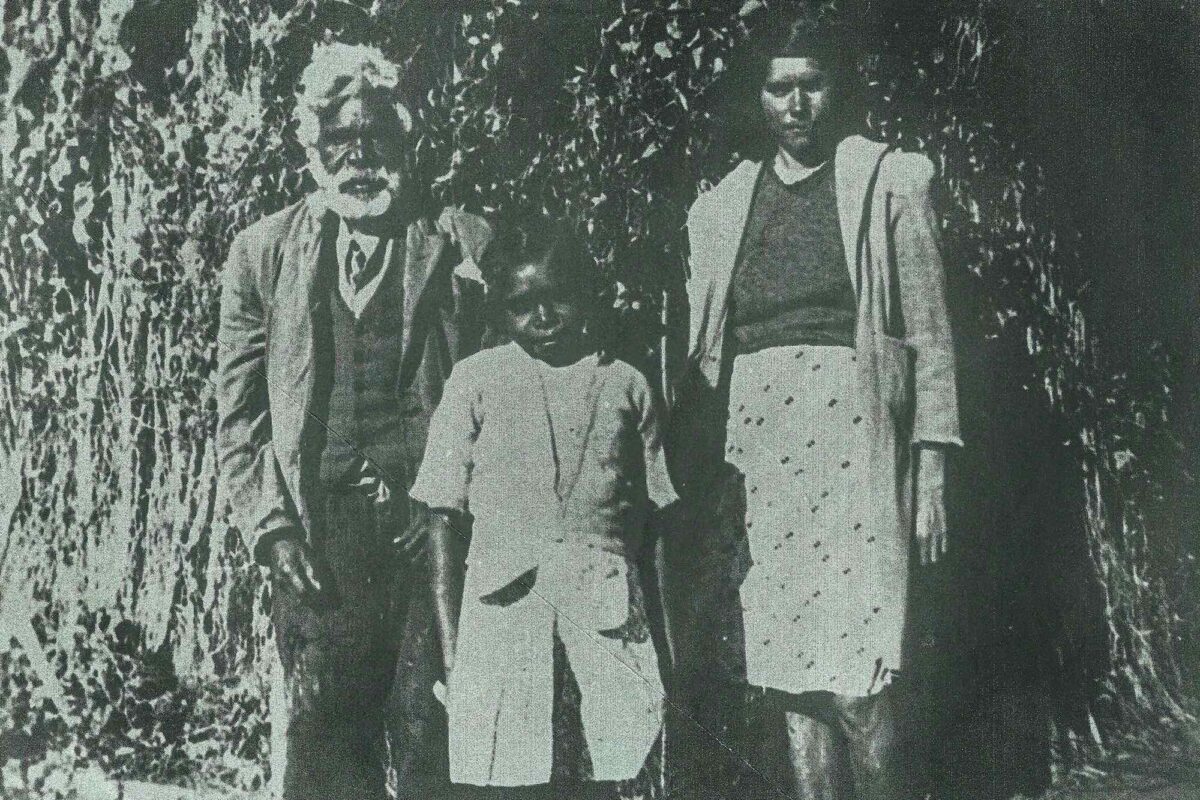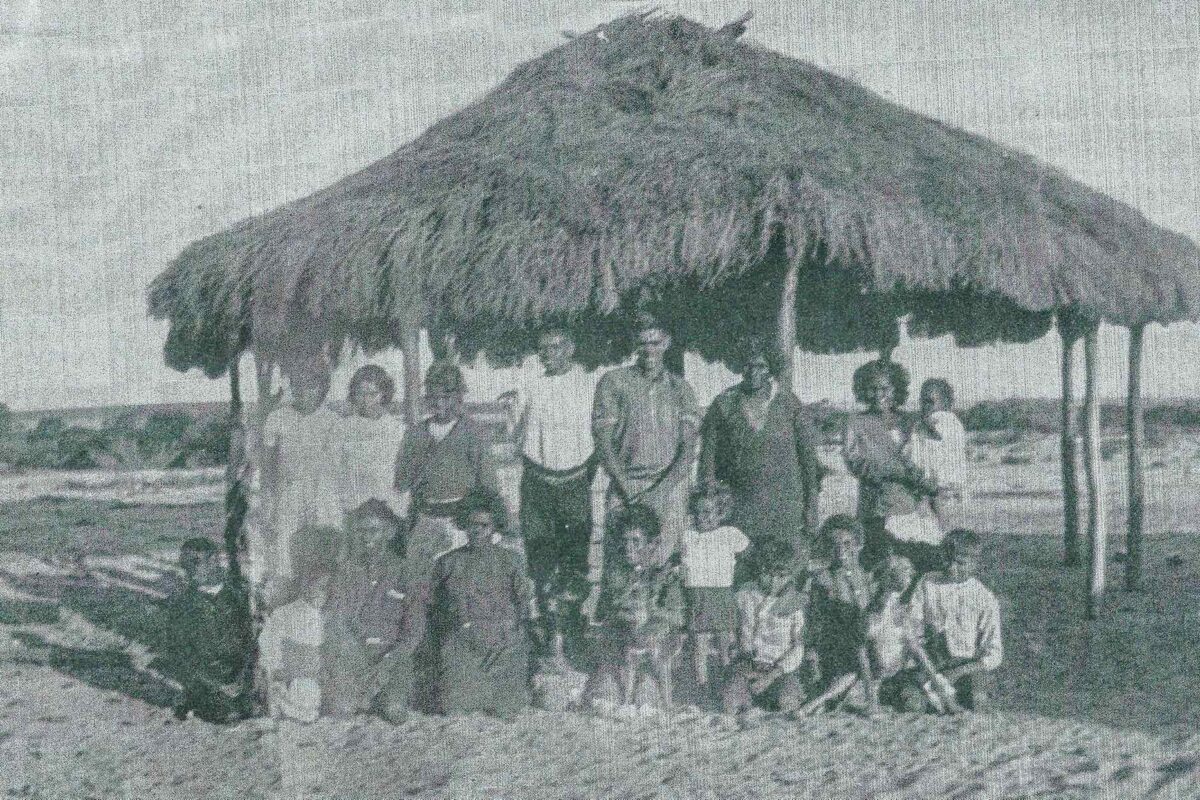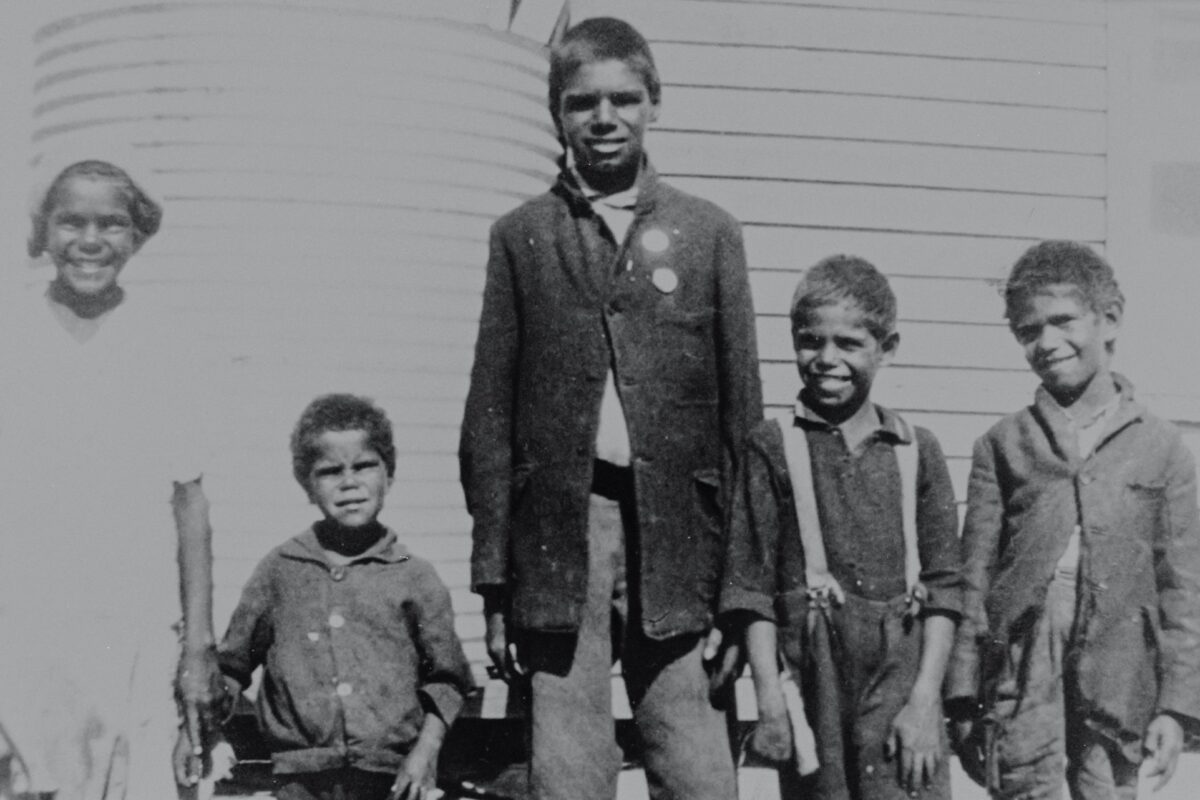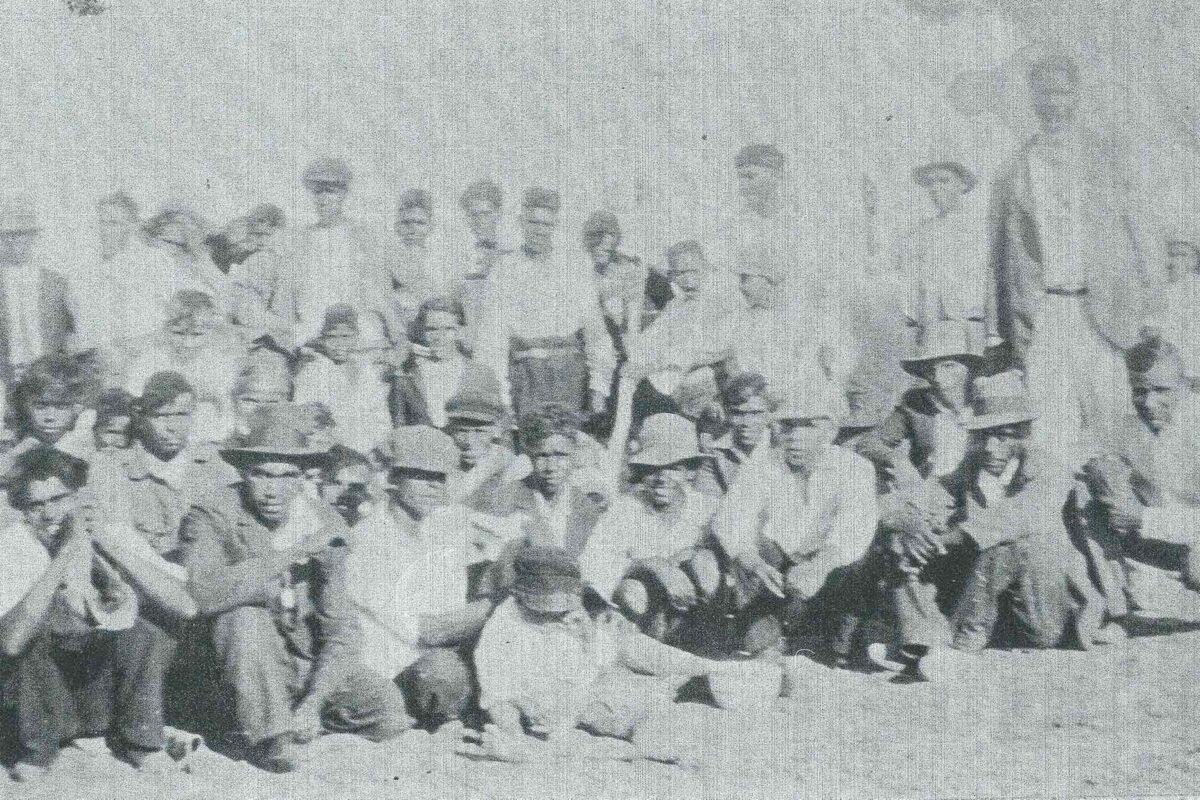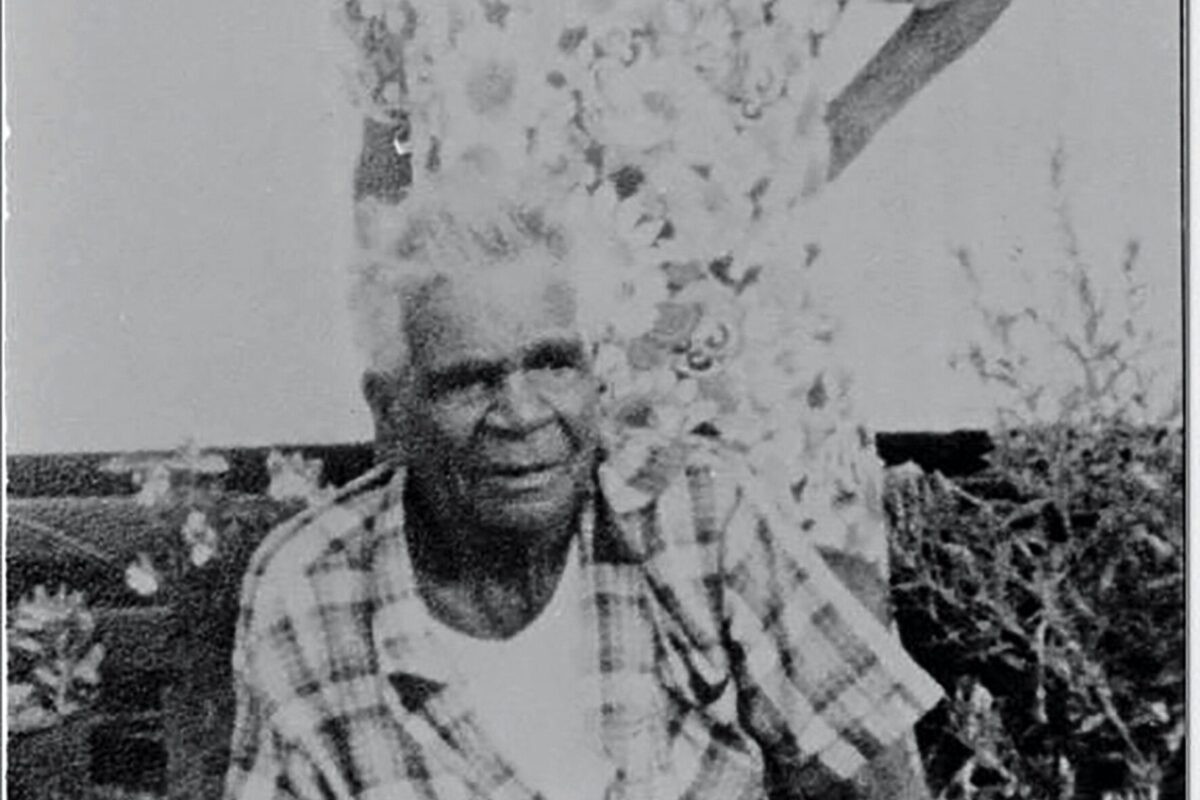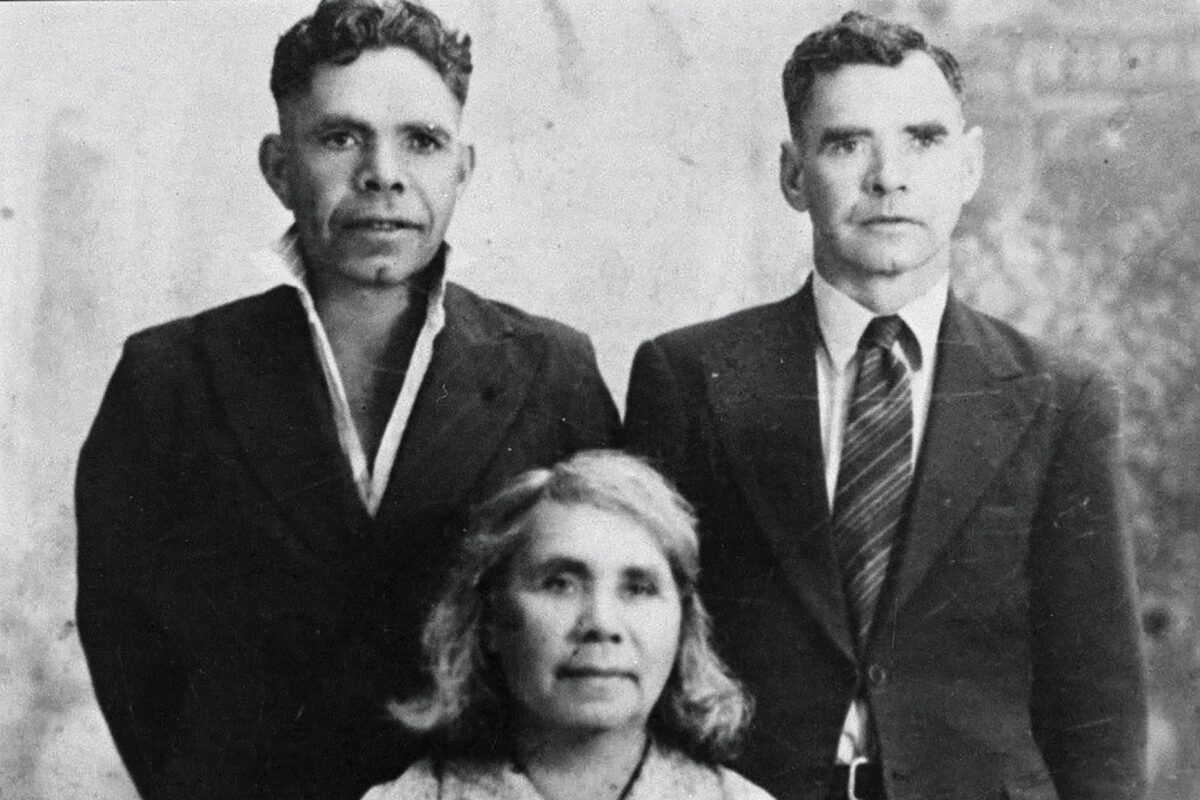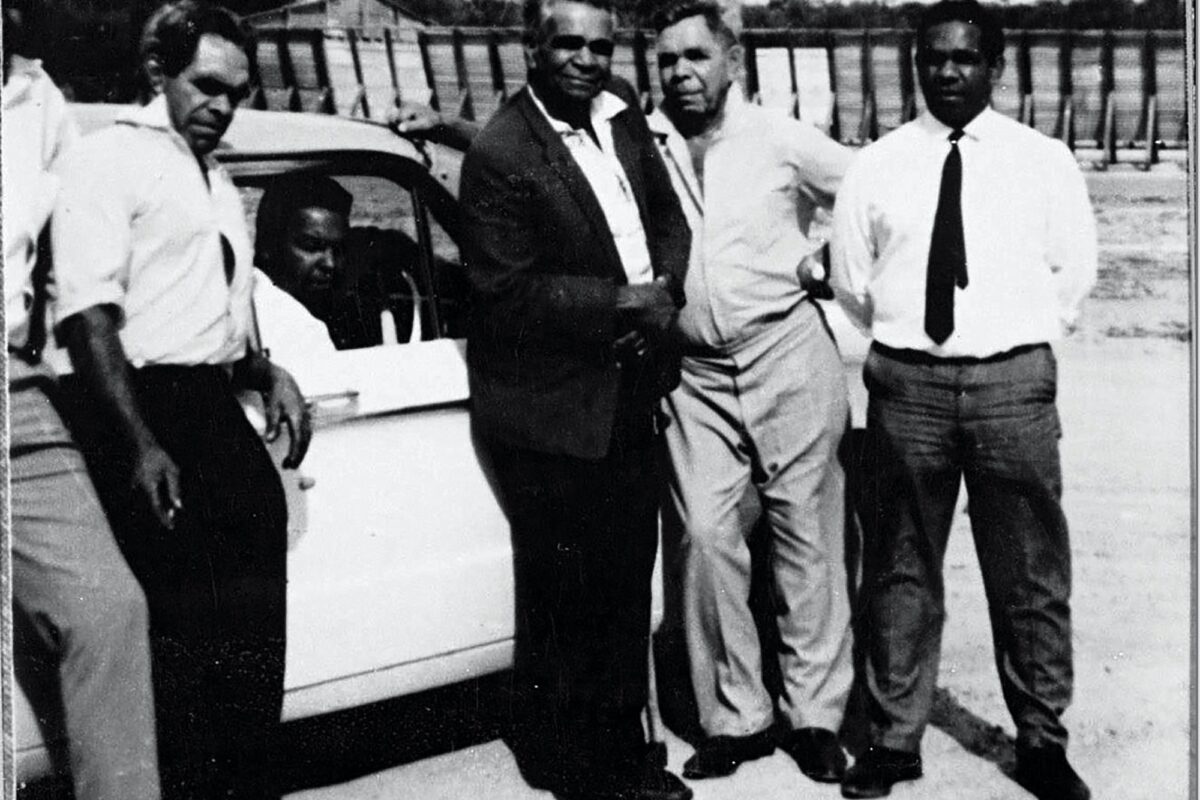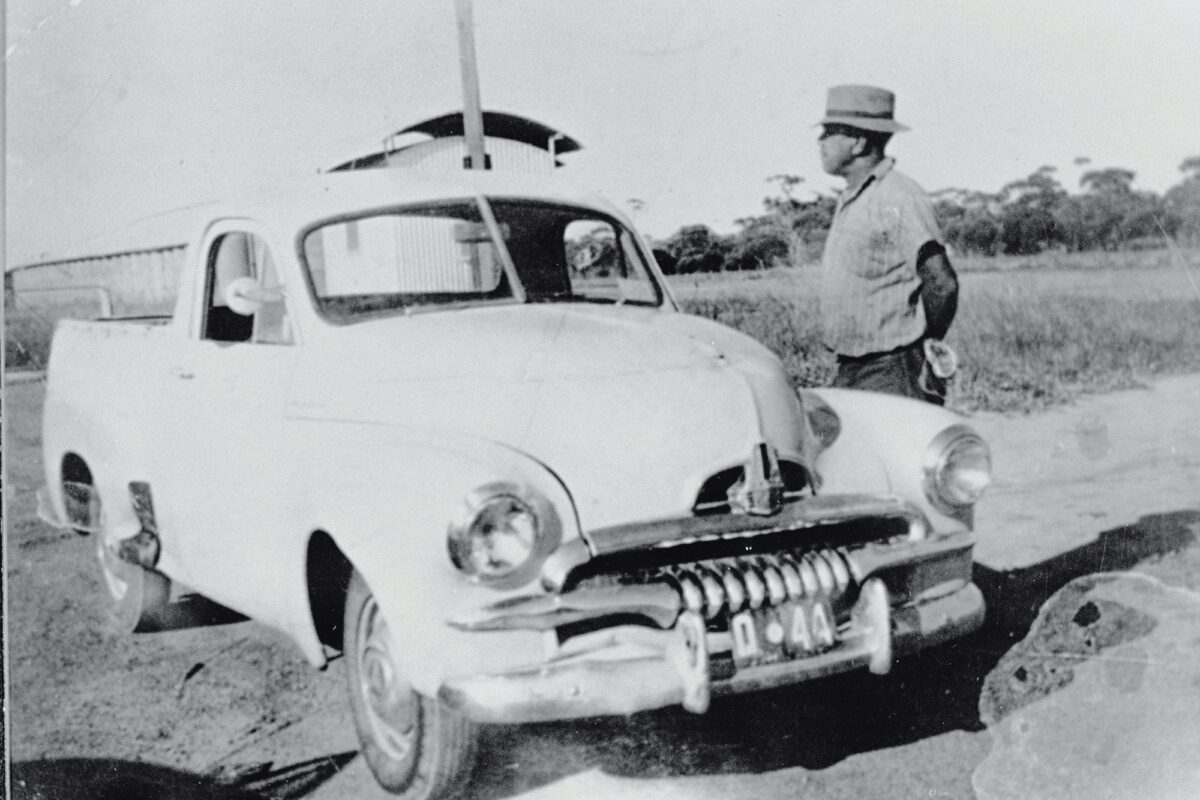BADJALING REMEMBERS
Community and family are important for us…it is about reconnecting and healing. This book is put together by Elders of the Badjaling Nyungar Community. We involved Noongars and Wadjelas, community members, people with disability and we thank all those who supported us. Involving community and pulling this book together, is possible from an ILC grant from Department of Communities. It is part of our ongoing work of building inclusive activities for local people with disability here in the Wheatbelt. Special thanks to Community Vision for their invaluable support and the State Library of Western Australia for the images of our family members, sourced from their collections and with the permission of the Library Board of Western Australia.
– Murray Yarran (Elder and Traditional Owner)
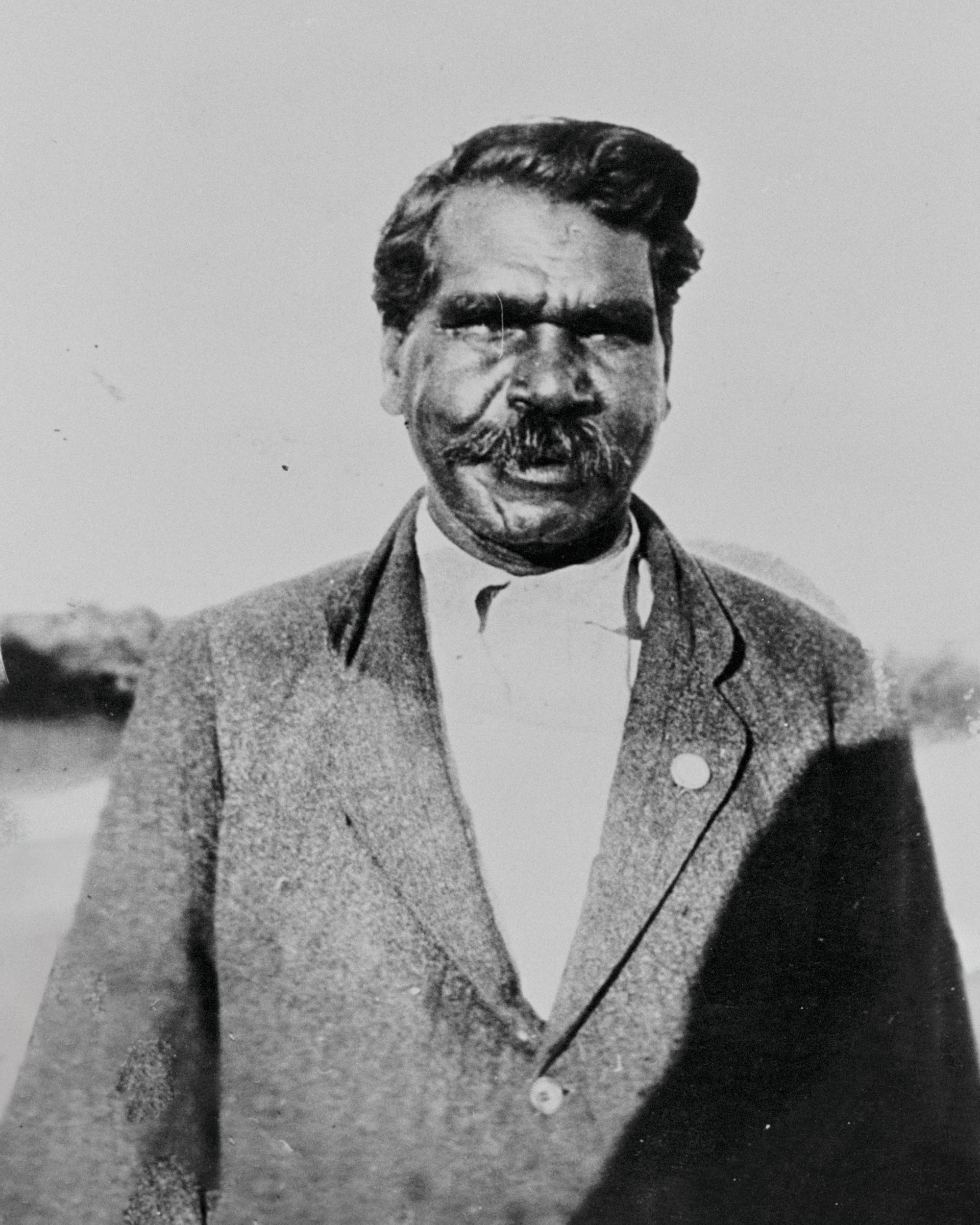
LIONEL YARRAN “GRANNY LINEY”
Lionel arrived in Badjaling in the 1930s. From the beginning, the Yarrans were important to the life of the community here, alongside other prominent families such as the Winmars, Picketts, Kicketts, Garletts, Meads, Hansens and many others. The ancestral home of all Yarrans in Australia, is what is now called Mount Stirling, just a short drive from Yoting.
Granny Liney was a pillar of the local community, large in stature and generous in spirit. He was widely respected throughout the Wheatbelt. He worked tirelessly building community and supporting others.
THE LINEY LEGACY
The present Manager of the Badjaling Noongar Community is Pastor Murray Yarran, pictured right, an Aboriginal Elder and Traditional Owner.
Murray and other local elders are busy revitalising and healing community and supporting people with disability.
Granny Liney’s legacy lives on!
THE LINEY LEGACY
The present Manager of the Badjaling Noongar Community is Pastor Murray Yarran, pictured right, an Aboriginal Elder and Traditional Owner.
Murray and other local elders are busy revitalising and healing community and supporting people with disability.
Granny Liney’s legacy lives on!
BOUGH SHED SCHOOL
In 1930, two Irish missionaries, Miss Mary Belshaw and Miss May McRidge set up a school in a paddock on Dedaring Farm near Quairading WA. The school was a start for the United Aborigines Mission in Badjaling. Before 1948, Aboriginal children were not allowed to go to State Schools. A bough shed was erected by local men because the missionaries were struggling with the harshness of local conditions. The school building was made of flattened petrol drums and wheat sacks sewn together, large jam tins and kerosene boxes were used for desks and chairs.

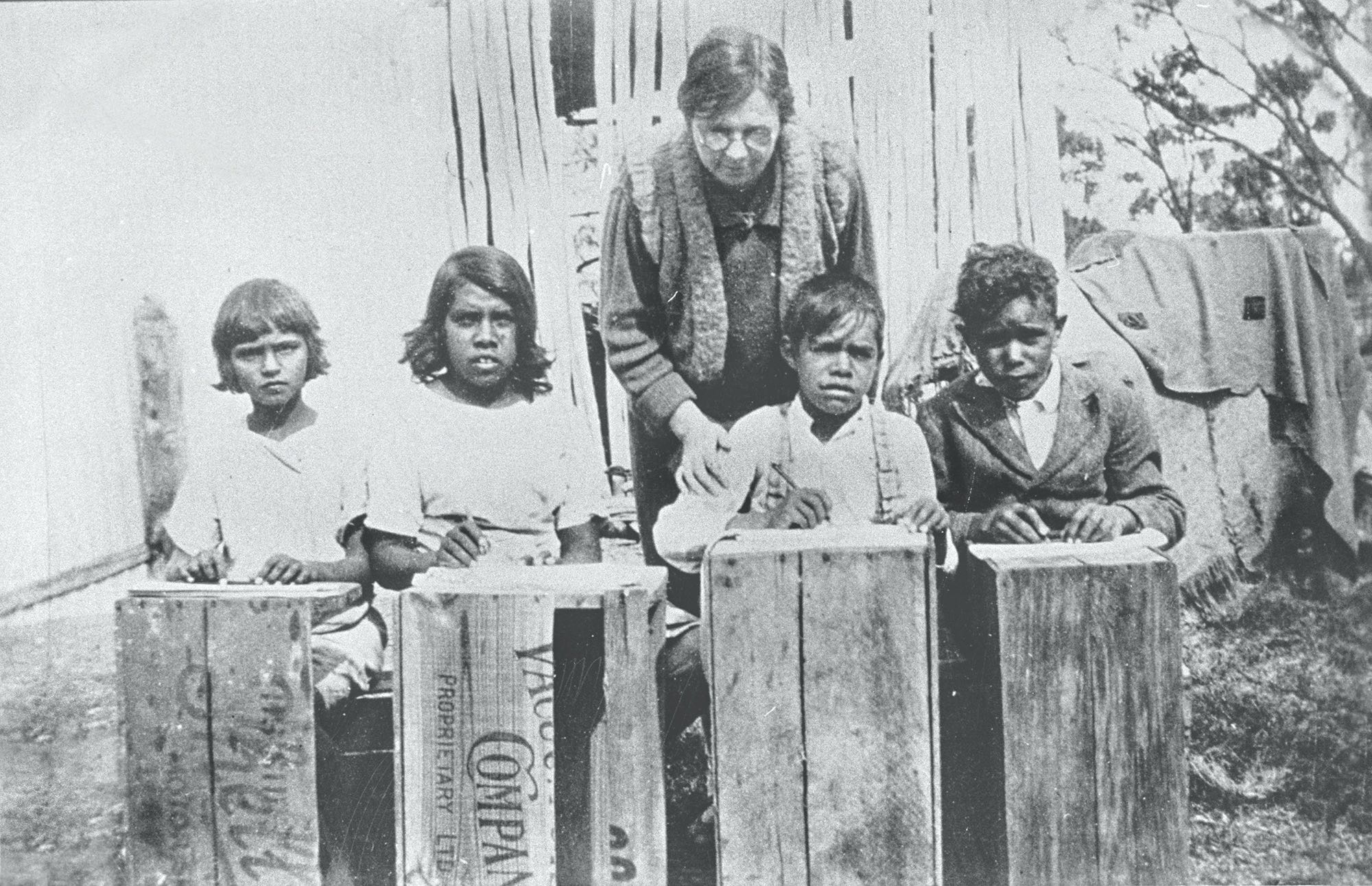
IMAGE GALLERY
Browse images below using the arrows on the left and right, or click an image to enlarge it
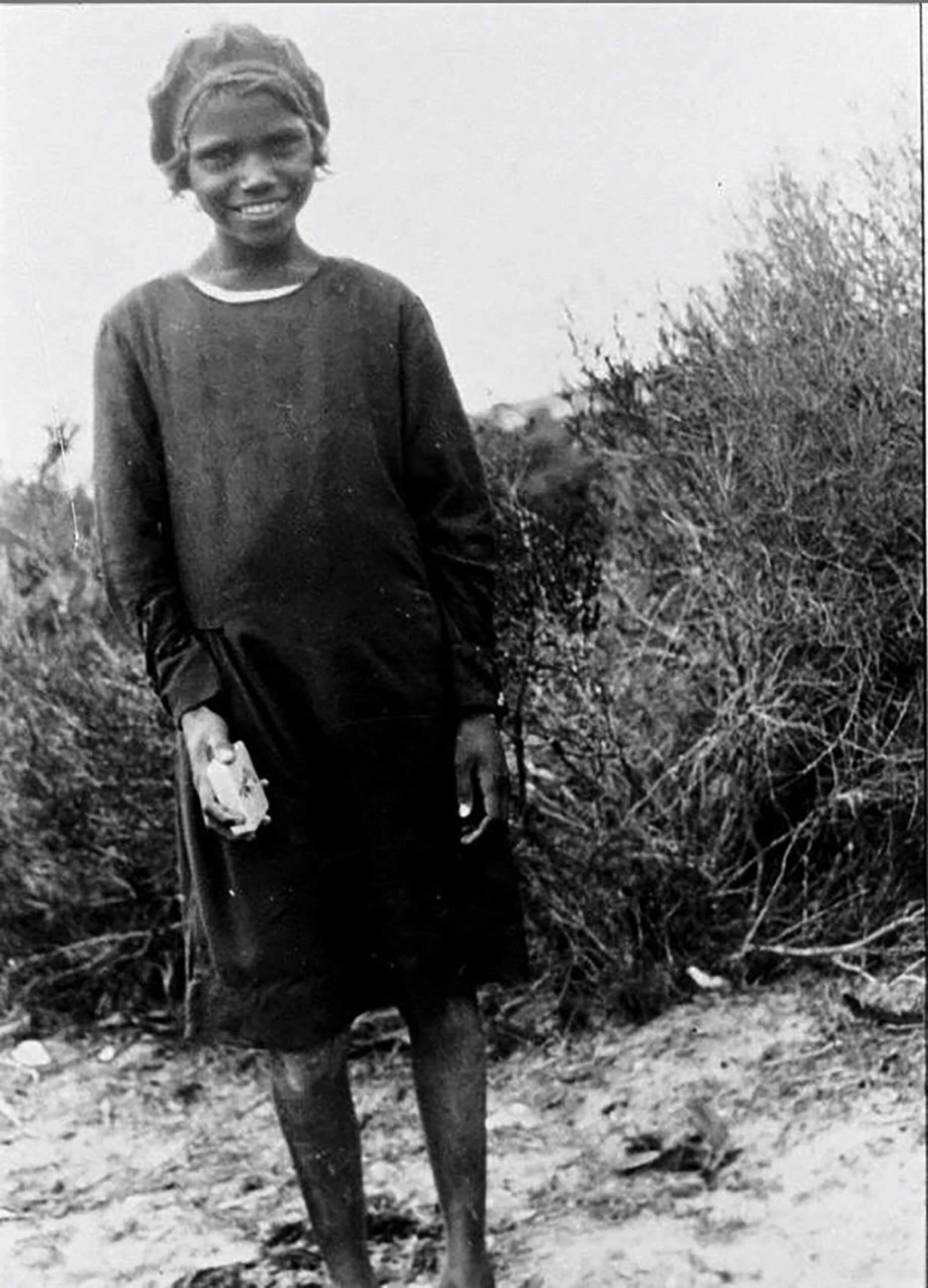
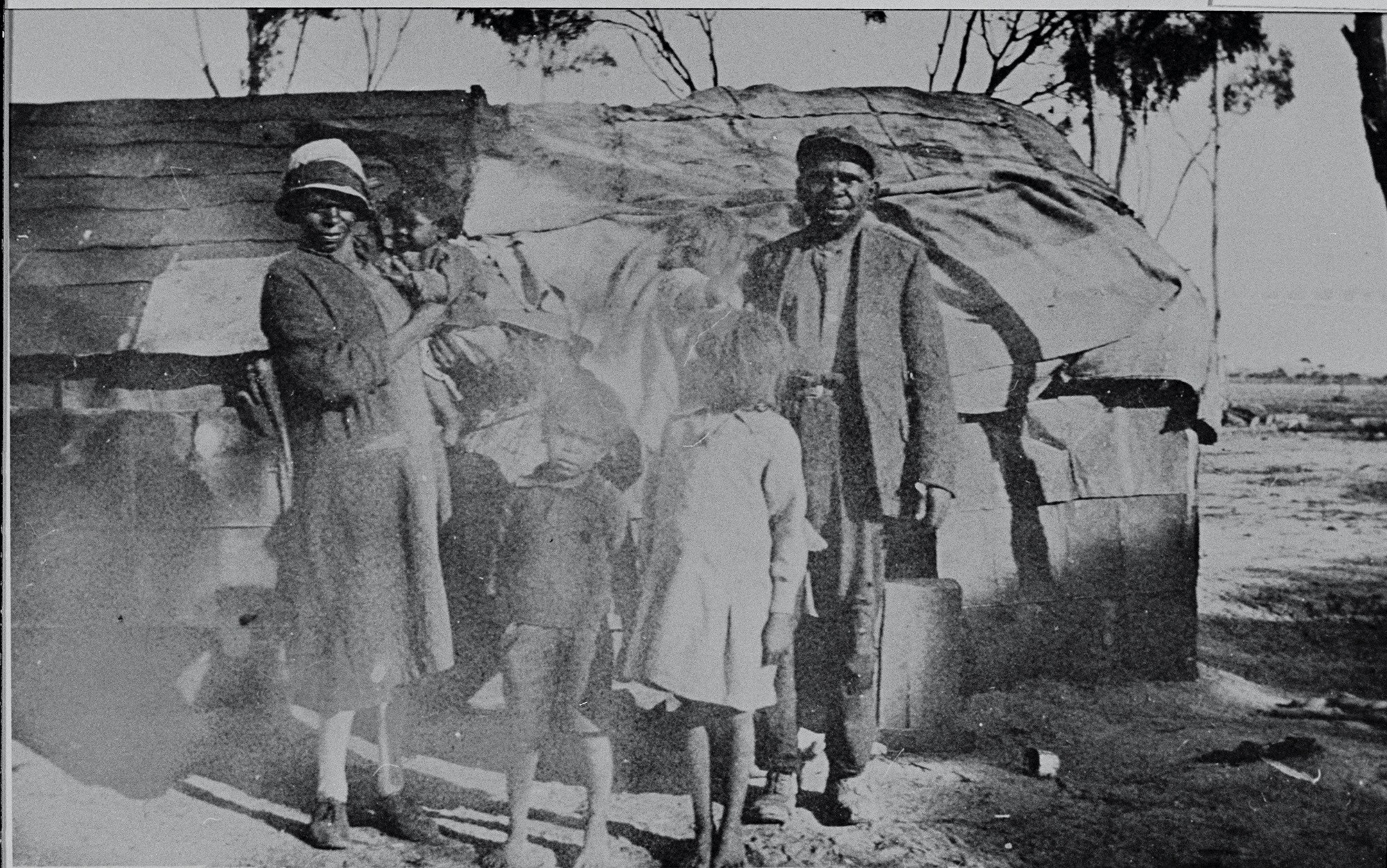
The old Badjaling Reserve was home for many Noongar families from 1887 until 1954. In 1930 there were 160 people living in the reserve and 37 children in school.
The United Aborigines Mission (UAM) was established in Western Australia in 1929 as a successor to the Australian Aborigines’ Mission (AAM). The UAM ran a number of missions and hostels around Western Australia of which Badjaling was one.
A United Aborigines Mission was opened here in 1933 and for the following two decades Badjaling was a place for families and community. We saw many marriages and the birth of lots of children!
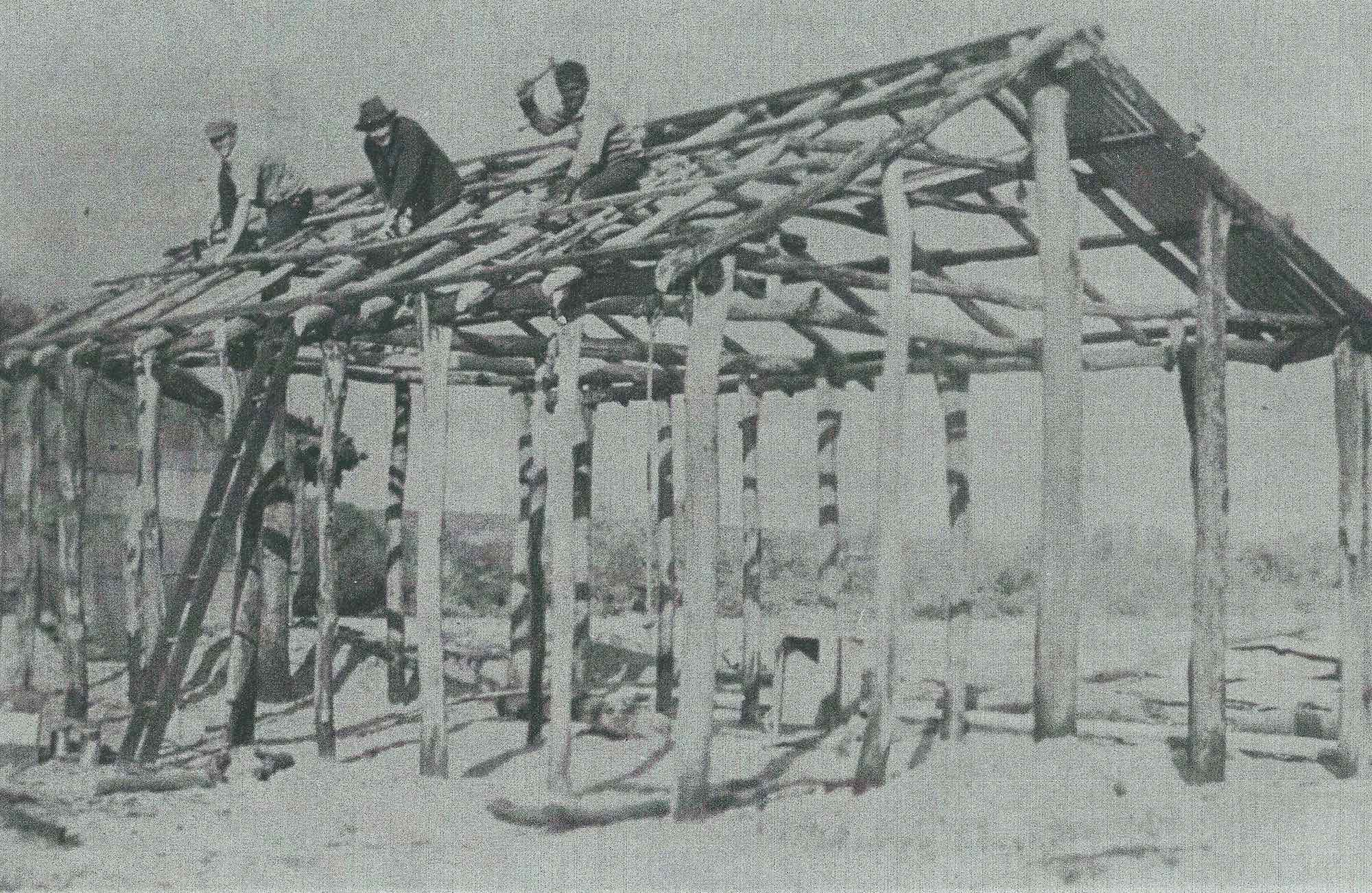
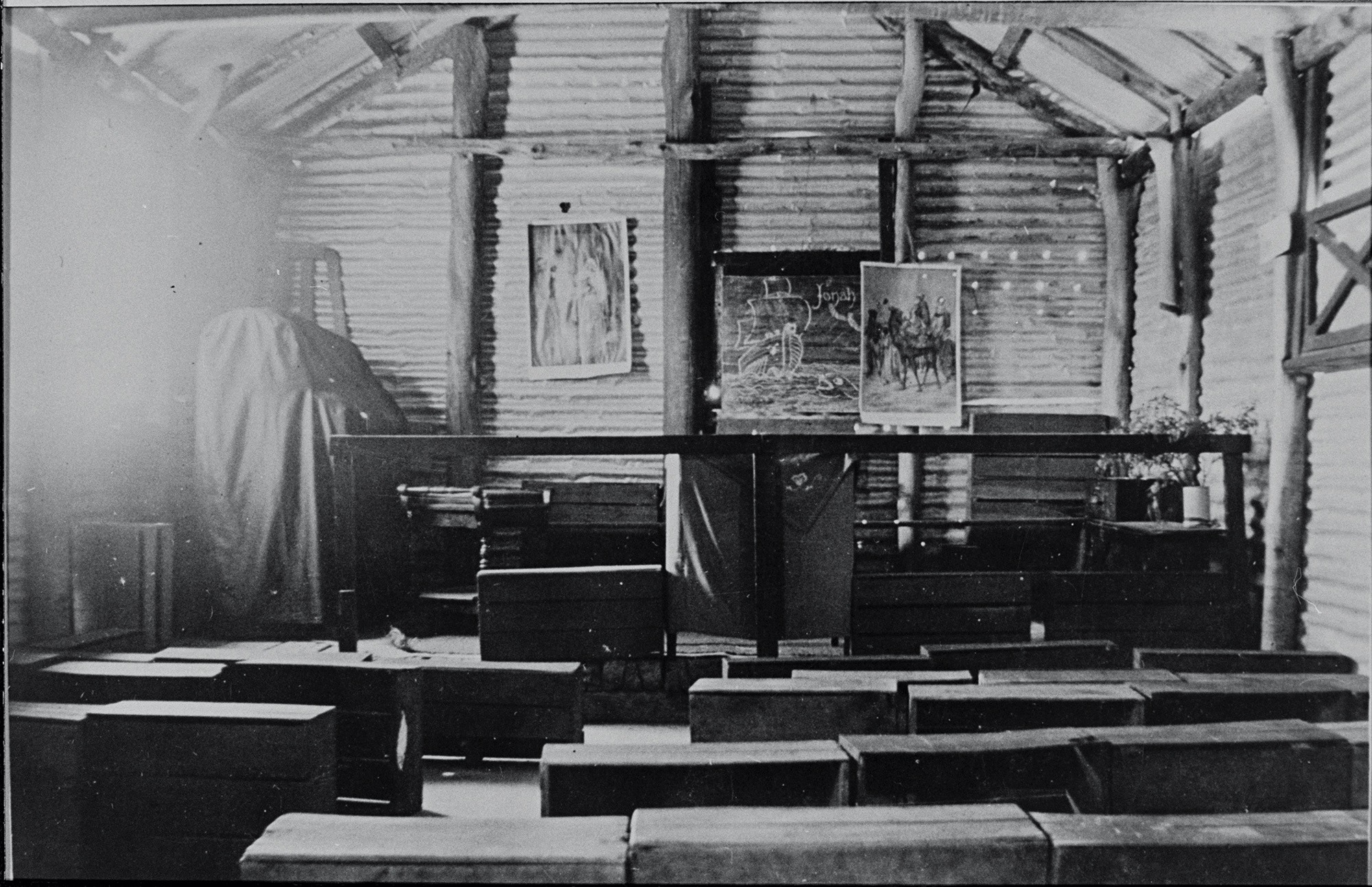
A NEW SCHOOL
A better school was built a couple of years later. This one was more solid and made so it could also be used as a church.
THE ABORIGINAL ACT
Most Aboriginal communities in Western Australia were placed in Aboriginal reserves. The Aboriginal Act of 1905 was for the ‘protection, control and segregation of Aboriginal people’. When Missionaries came onto Reserves they could then be referred to as Missions, considered a “softer” term. “The stated purpose of the United Aborigines Mission was the conversion to Christianity of the heathen or “half-civilised” Aboriginal people. Their goal was to evangelise and civilise Aboriginal Australians, focusing primarily on children.” (“Aboriginal Australians and Christian Missions” – Jacobs, Lawrence, Thomas.)
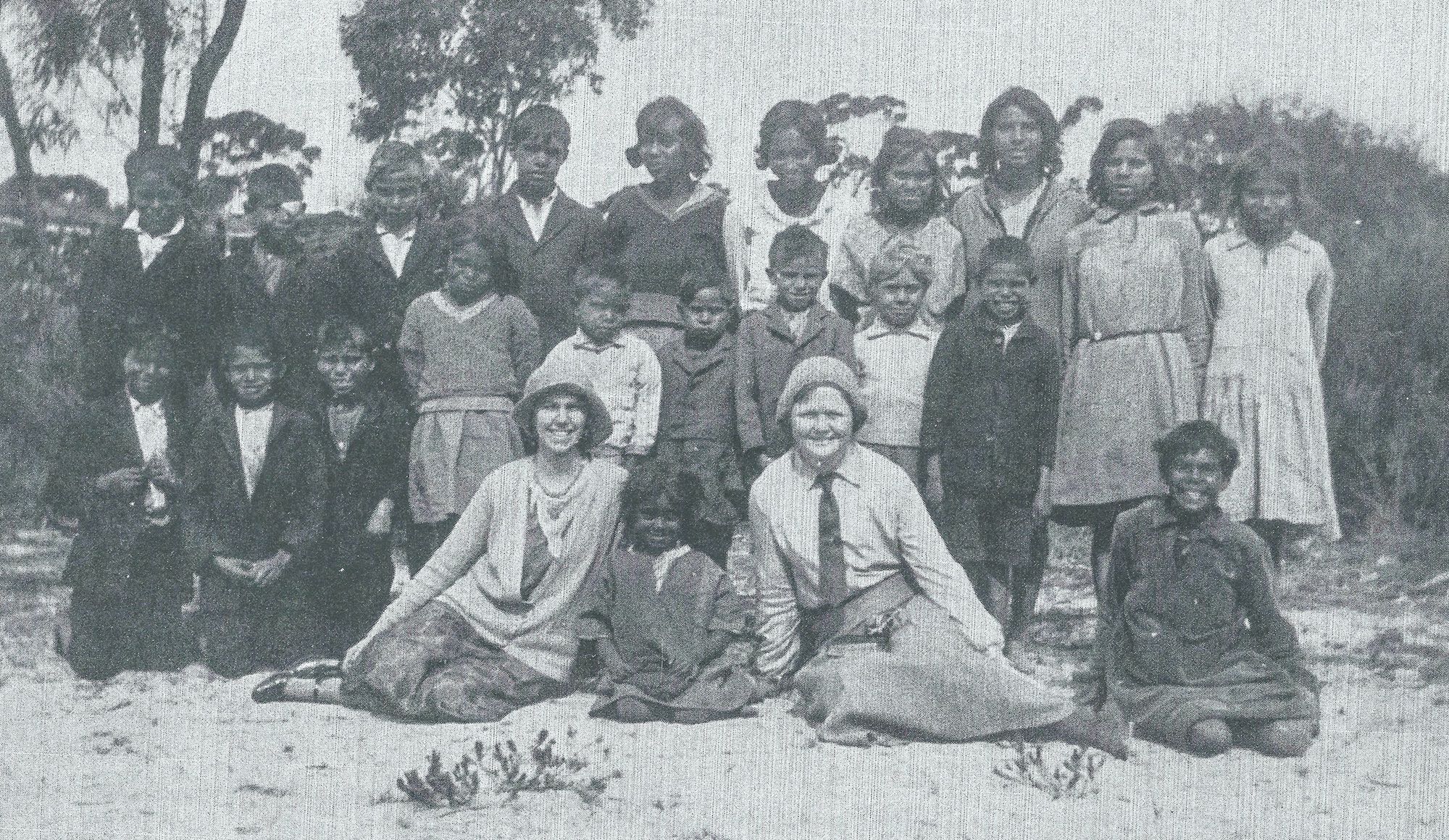
MISSIONARIES
Missionaries (like Mary Belshaw) lived in poverty and marginalisation with us in community. “This combined with their compassion, created solidarity with Nyungar people. In some cases, this reduced the barriers of race and gender and resulted in the religious conversion of some Nyungar people and the formation of an Indigenous and evangelical church”. (“Was it worthwhile?” A historical analysis of five women missionaries and their encounters with the Nyungar people of South-West Australia, Alison Longworth Ph.D.) Miss Belshaw was Alison’s great aunt.
IMAGE GALLERIES
Browse images below using the arrows on the left and right, or click an image to enlarge it
WEDDINGS
Weddings are happy occasions. We had plenty of them over the years. It’s easier these days. The Aborigines Act 1905 (WA) was written to protect, control and segregate us. It invaded every aspect of our lives. The Chief Protector had wide-reaching powers. He could grant or deny permission for Aboriginal women to marry who they wanted. When Pearl Harris was married she got into trouble for not getting permission first! Badjaling women took a stand in the face of injustice.
IMAGE GALLERY
Click an image to enlarge it and see more information
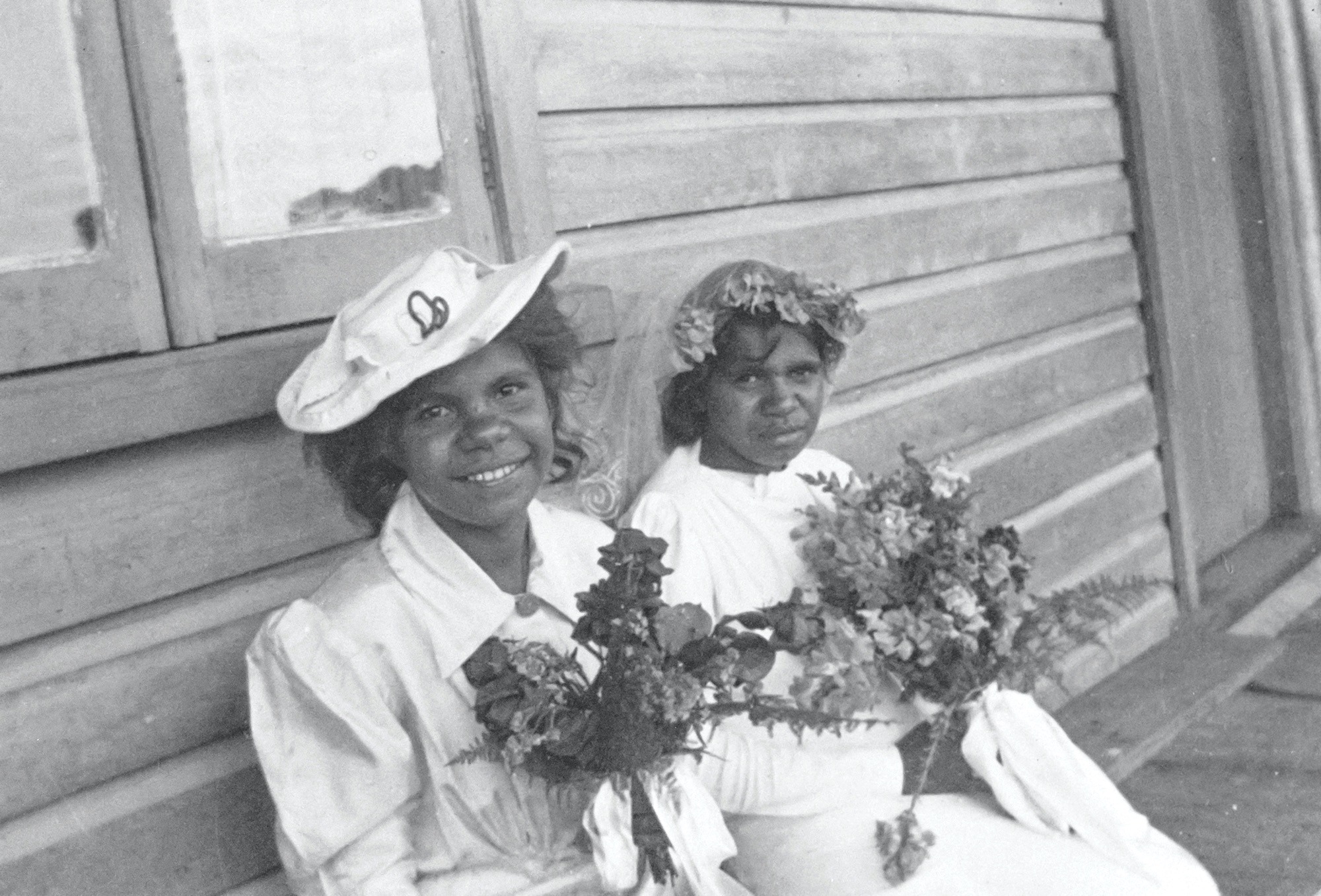
FINANCIAL HARDSHIP
At times things were really tough here. Our hospital was not able to treat serious and life threatening illnesses so the long trip into Perth by cart needed to be taken. The cost of hospitalisation for families was often beyond our means. Families were sometimes asked to pay back more than we could ever earn. This could mean real hardship for all the members of the family.
BUSH BABIES
Badjaling throughout the years has been a place for community, for families. Many elders are ‘bush babies’, born on country. Badjaling Mission had a basic hospital erected in the early 1930s but this was not widely used for maternity. At this time Aboriginal people were not permitted to live in towns or cities, and definitely not permitted to give birth in a hospital. Instead, bush babies were born in reserves, missions and on the outskirts of town in tents, makeshift shelters and under the stars. Lots of children were born here, and growing up with so many friends and family is remembered fondly, even though the conditions, by today’s standards, were tough and basic.
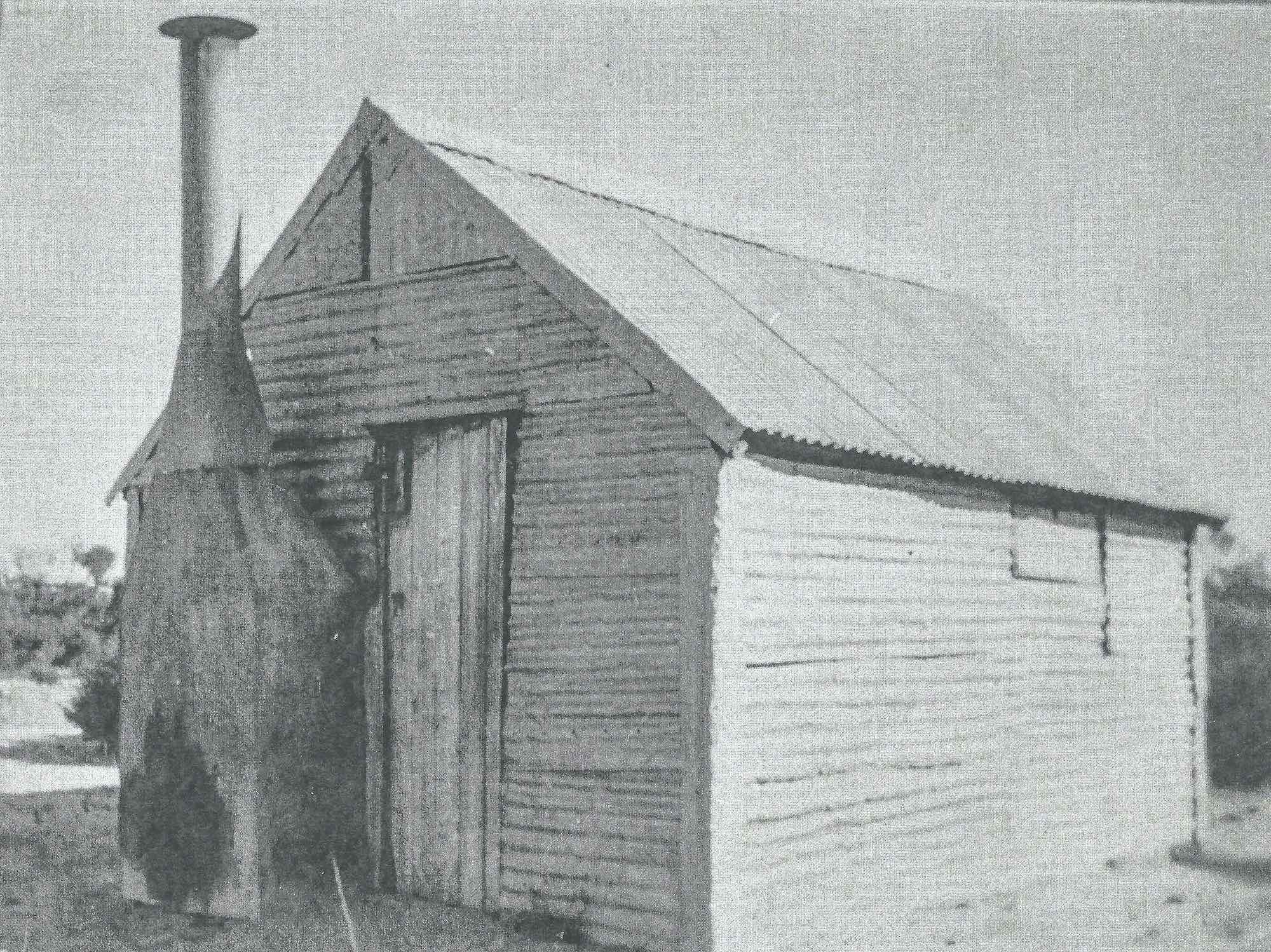
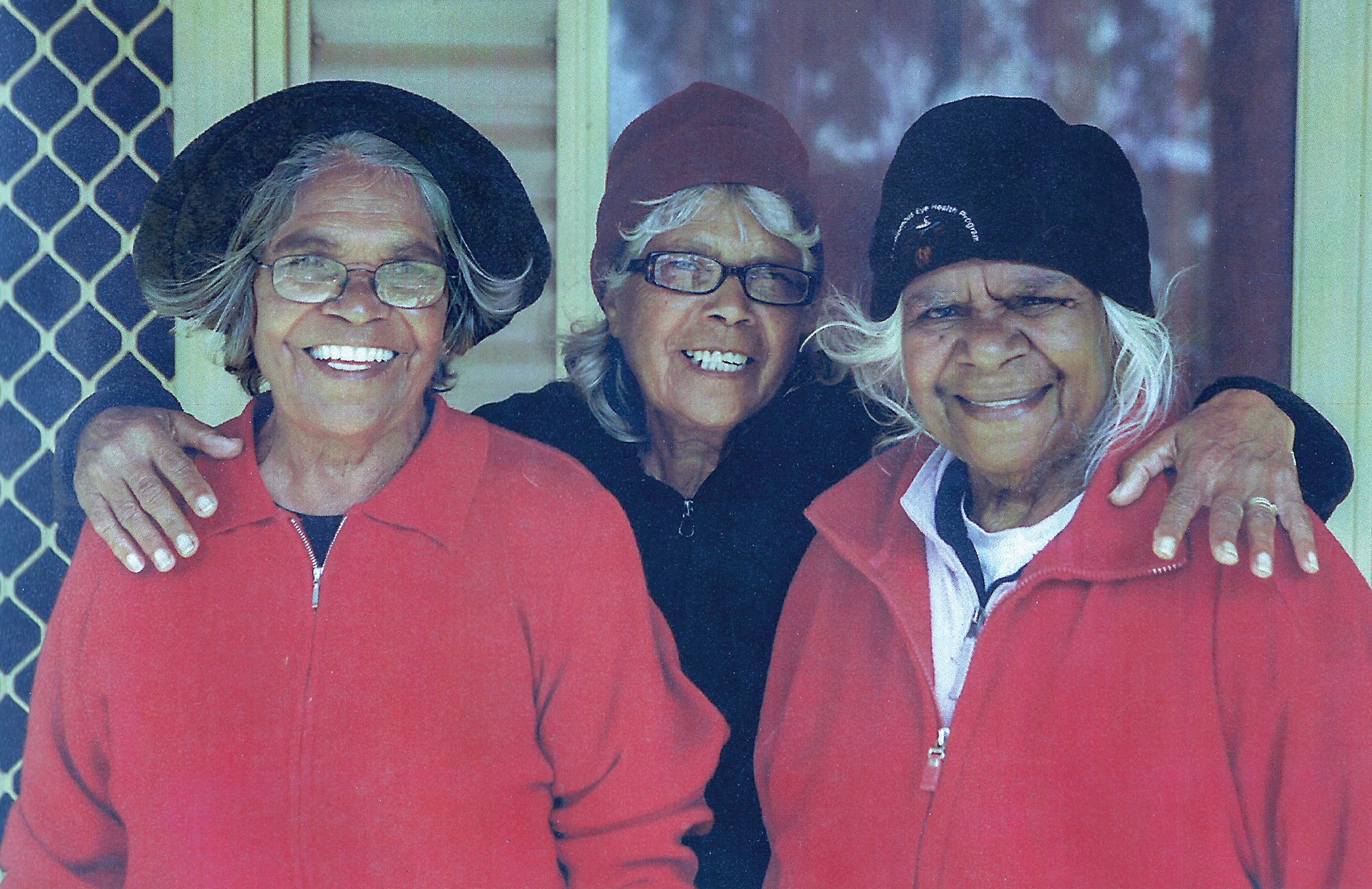
STRONG WITH WOMEN
Badjaling women are proud and powerful. Their hard work and example kept families together, brought food to the tables, passion for community. These traits continue today. Times were tough and resources were scarce. Raising children without today’s health and social supports was hard. The following pages are a tribute to our families, to the women in our families, that gave us life and a legacy that lives on. The community today is working to support others in the Shire, sharing knowledge and culture and building opportunities.
IMAGE GALLERY
Click an image to enlarge it and see more information
STRONG WITH SPORT
With so many children to play with, the opportunity was always there for running around and getting involved in sports and activities. One of the best known local boys is John McGuire who was an elite sportsman, both a champion cricketer and footballer. The Wheatbelt and the communities in and around Badjaling have produced a long list of household sporting legends. Australian Rules Football in particular has been enriched through the participation of our families…such as the Kicketts, Picketts, Yarrans, Winmars, Garletts, Jettas, Bennells, Haydens and Franklins!
The 1988 Ashes Tour was a re-enactment of the first ever Australia/England Test Match. Our first team to tour England were Aboriginal players. Captain of the re-enactment team seated front row far right was John McGuire, local Ballardong man and arguably Australia’s best ever Aboriginal cricketer. John is in elite company having scored more than 10000 first class runs. John is the only local player with such pedigree not to ever play for Western Australia. Infamously, weight of runs meant John had to be invited to State squad selection held over a weekend. On the Saturday he batted and was in the 90s when asked to retire. He was not invited back on the Sunday. Many believe John was prejudiced against because he was Aboriginal.
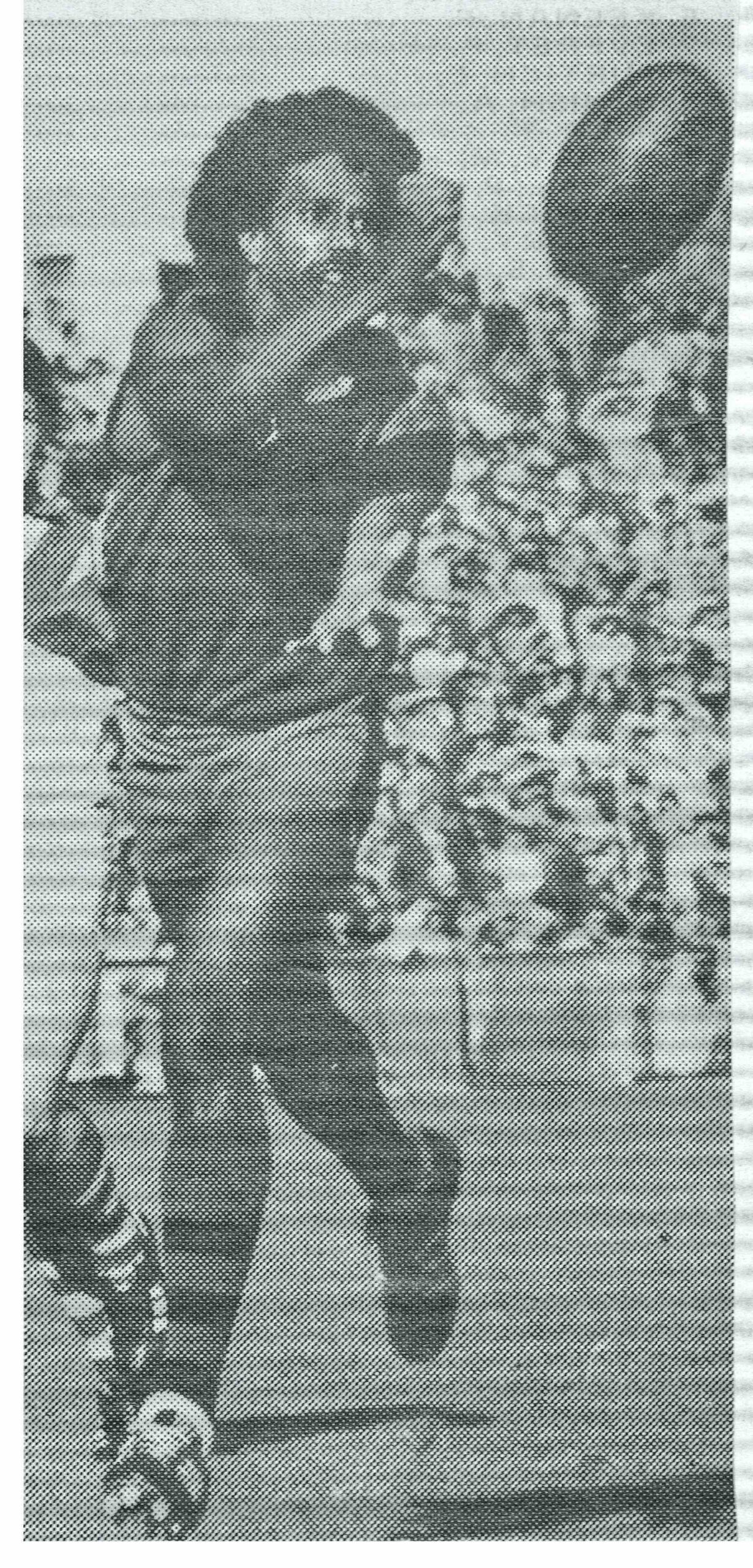
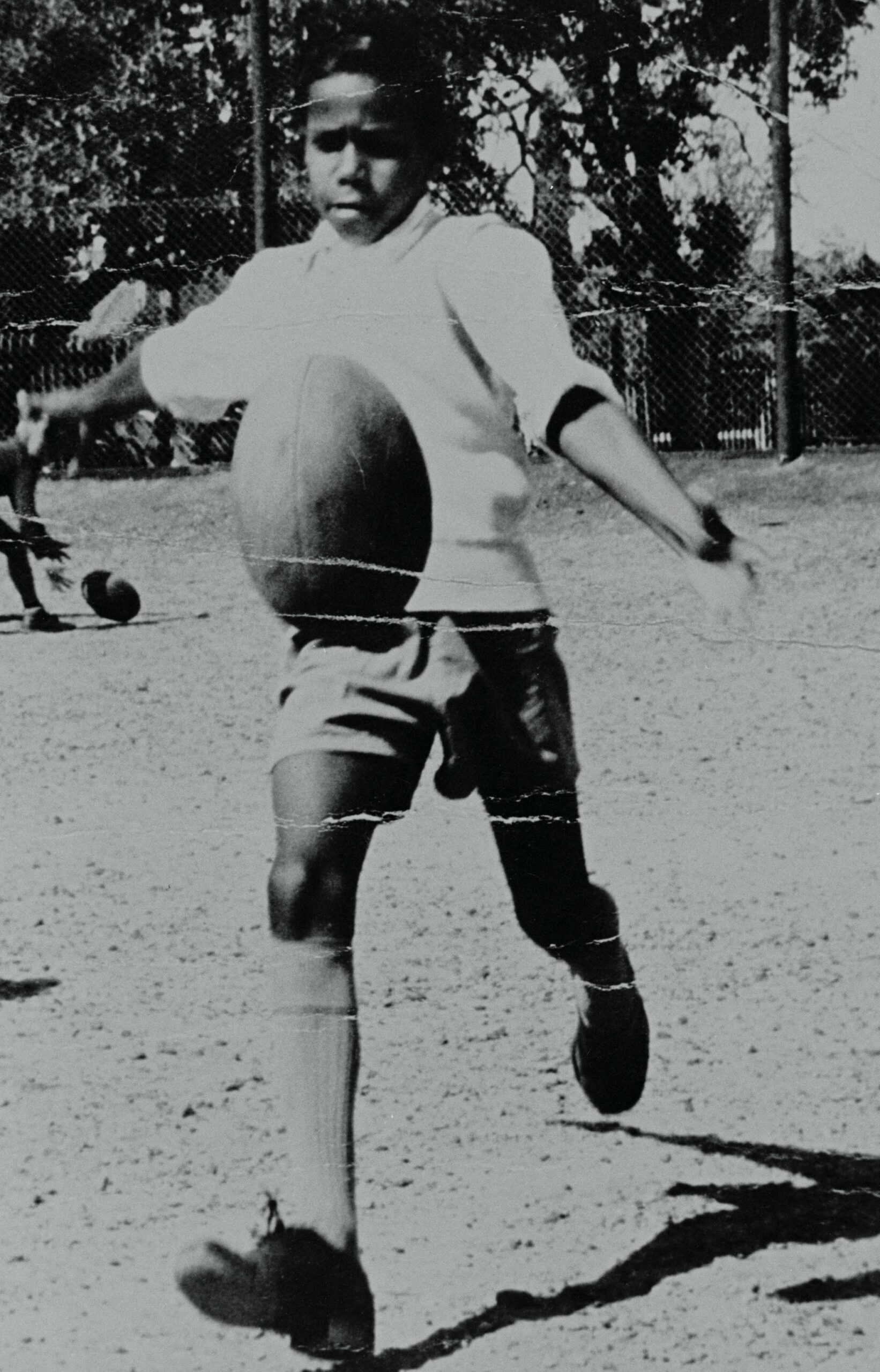
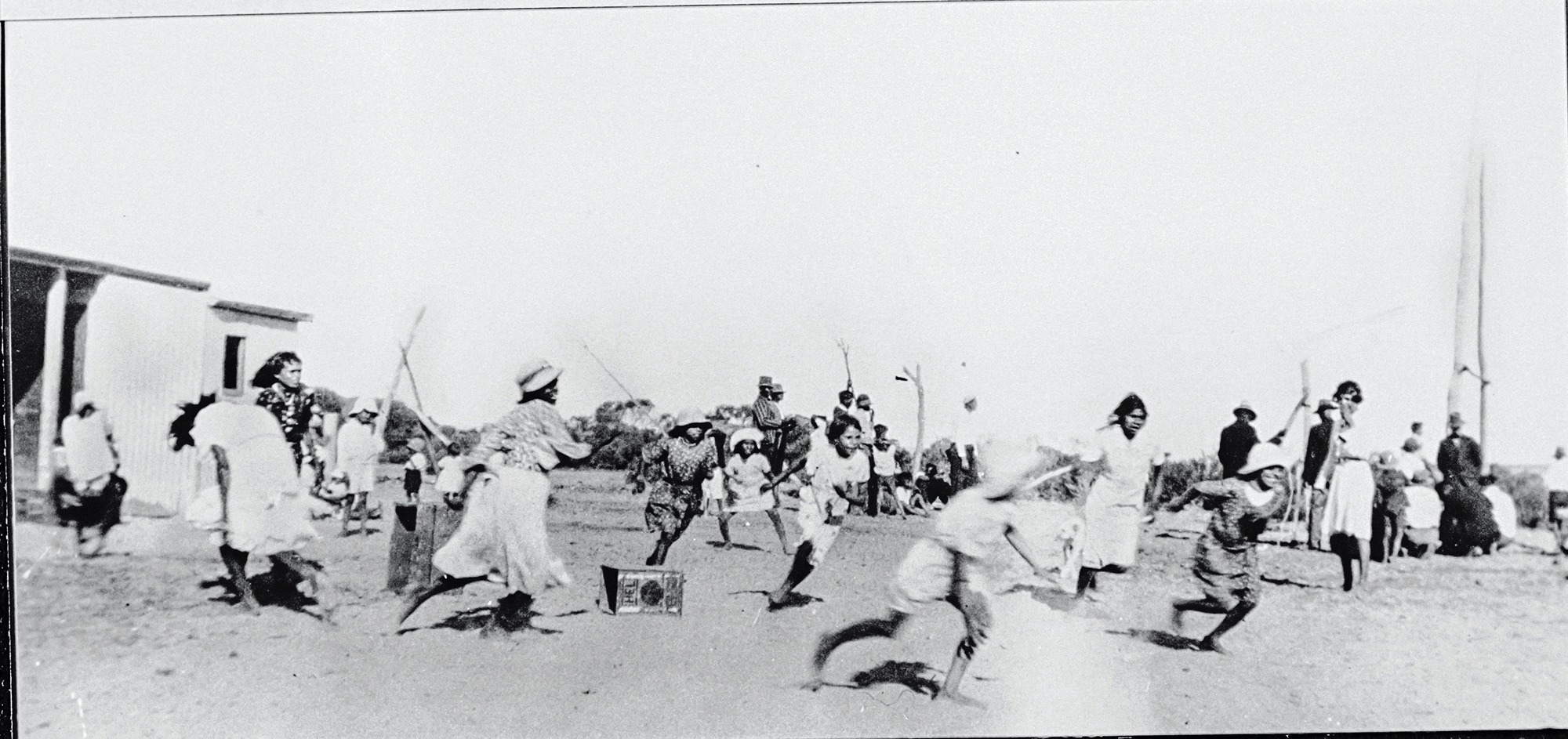
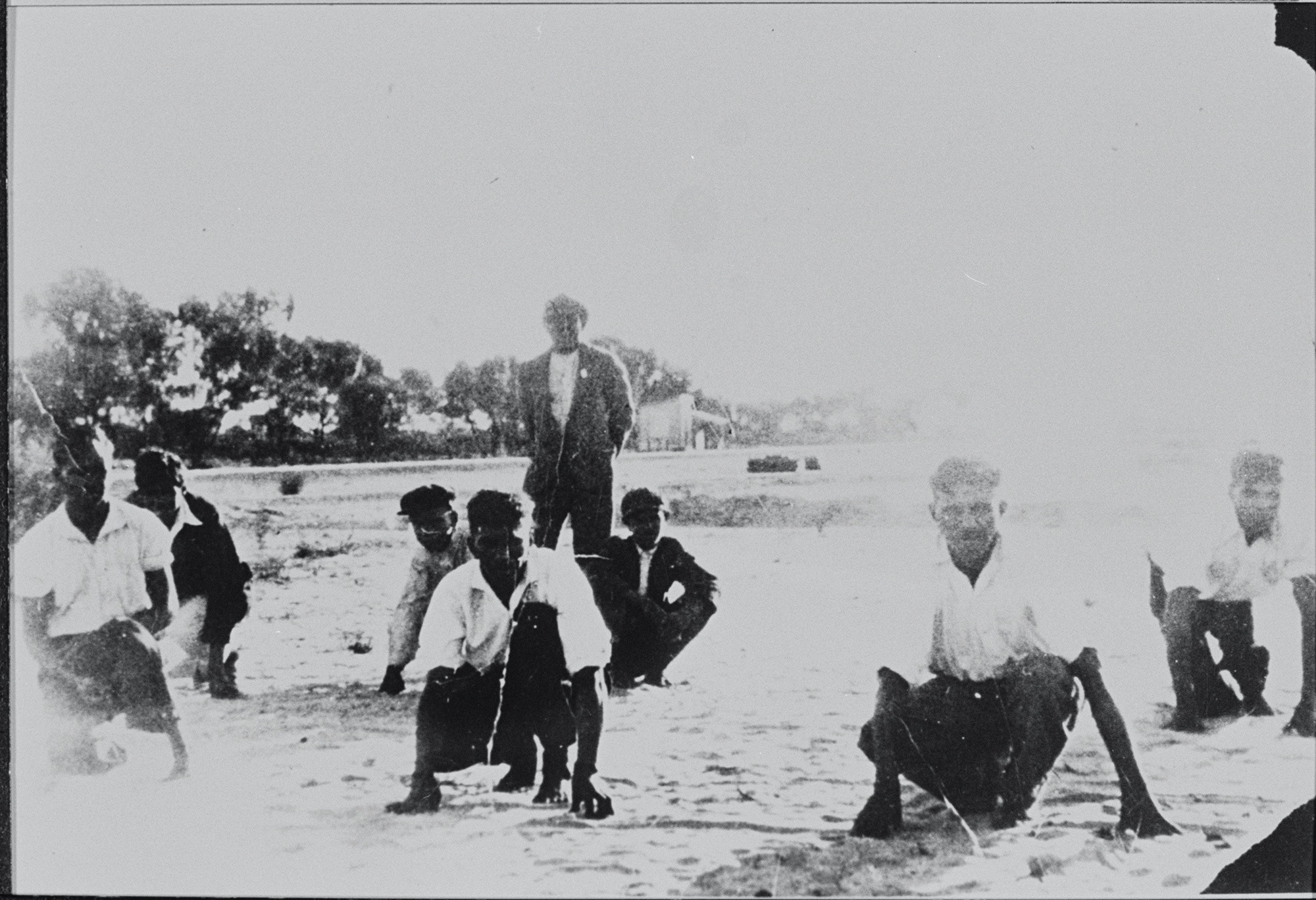
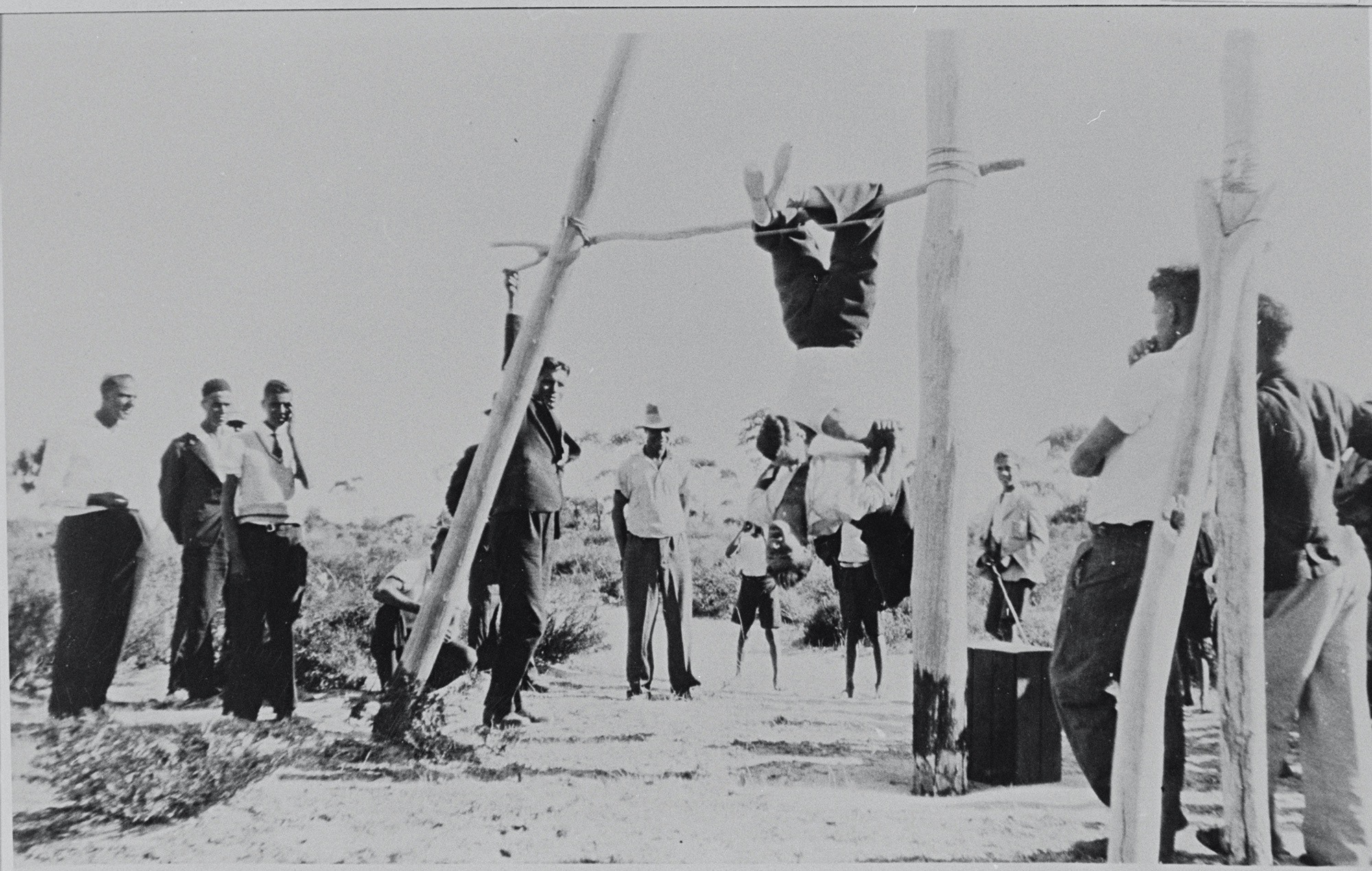
COMMUNITY LIFE
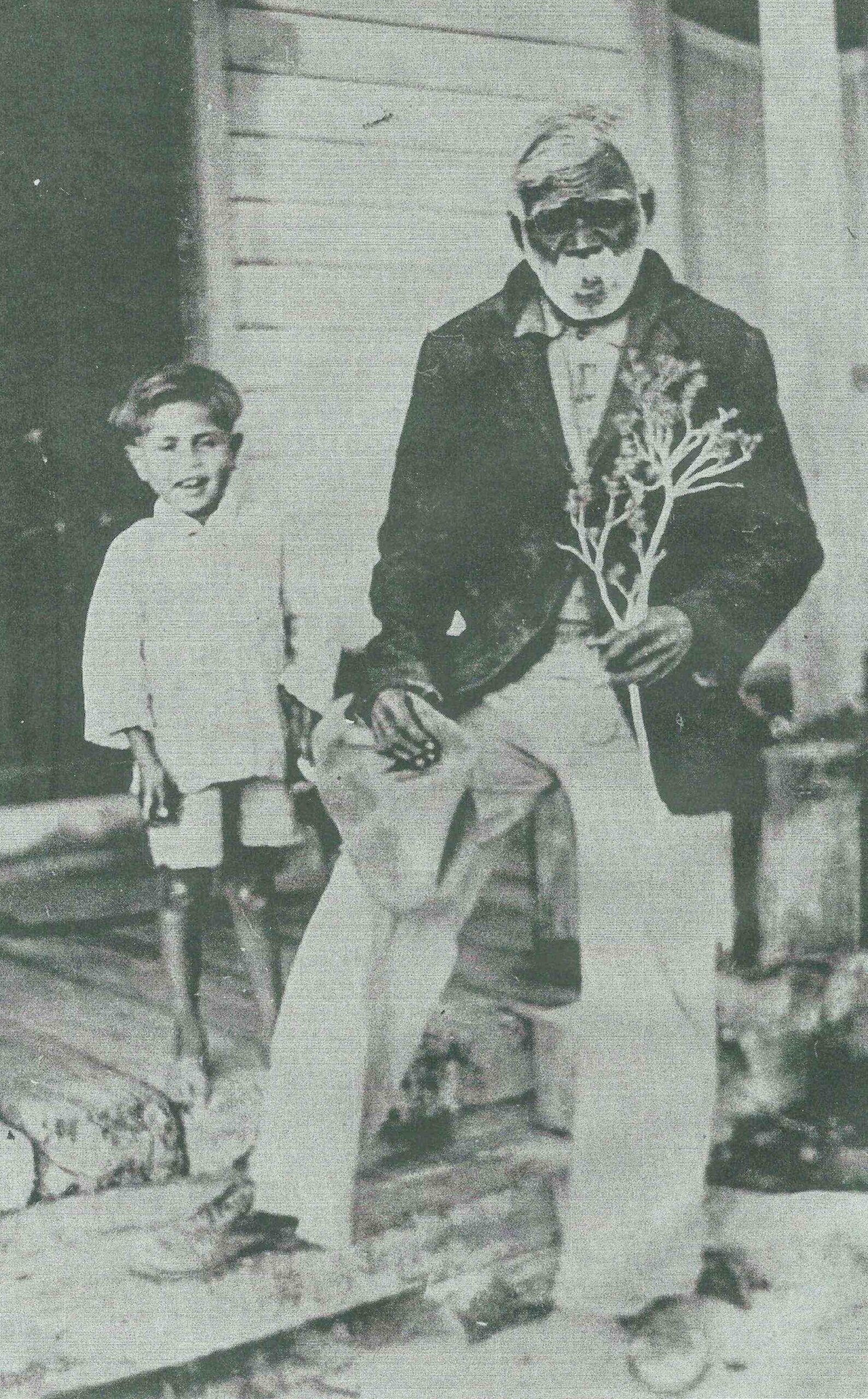
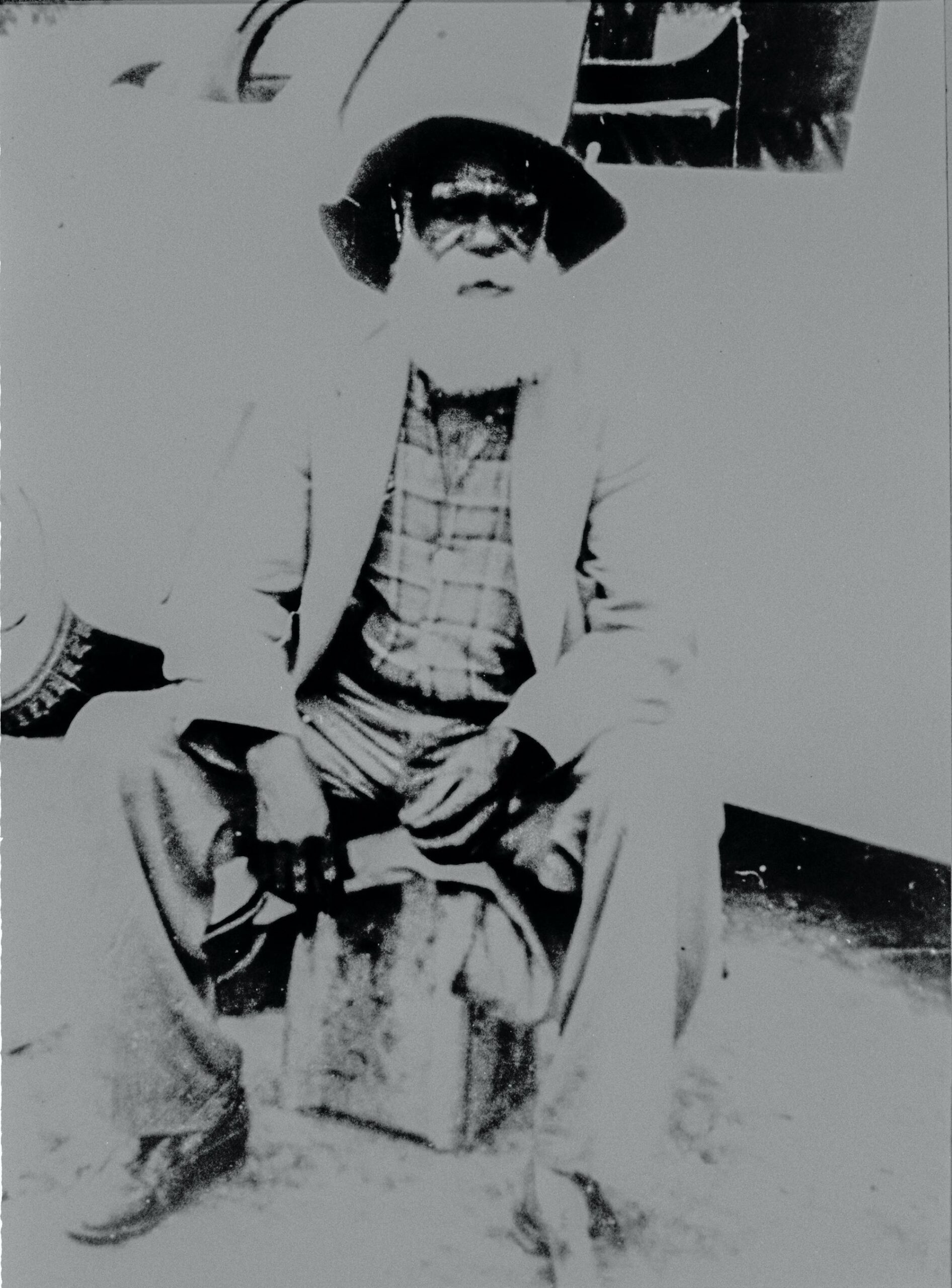
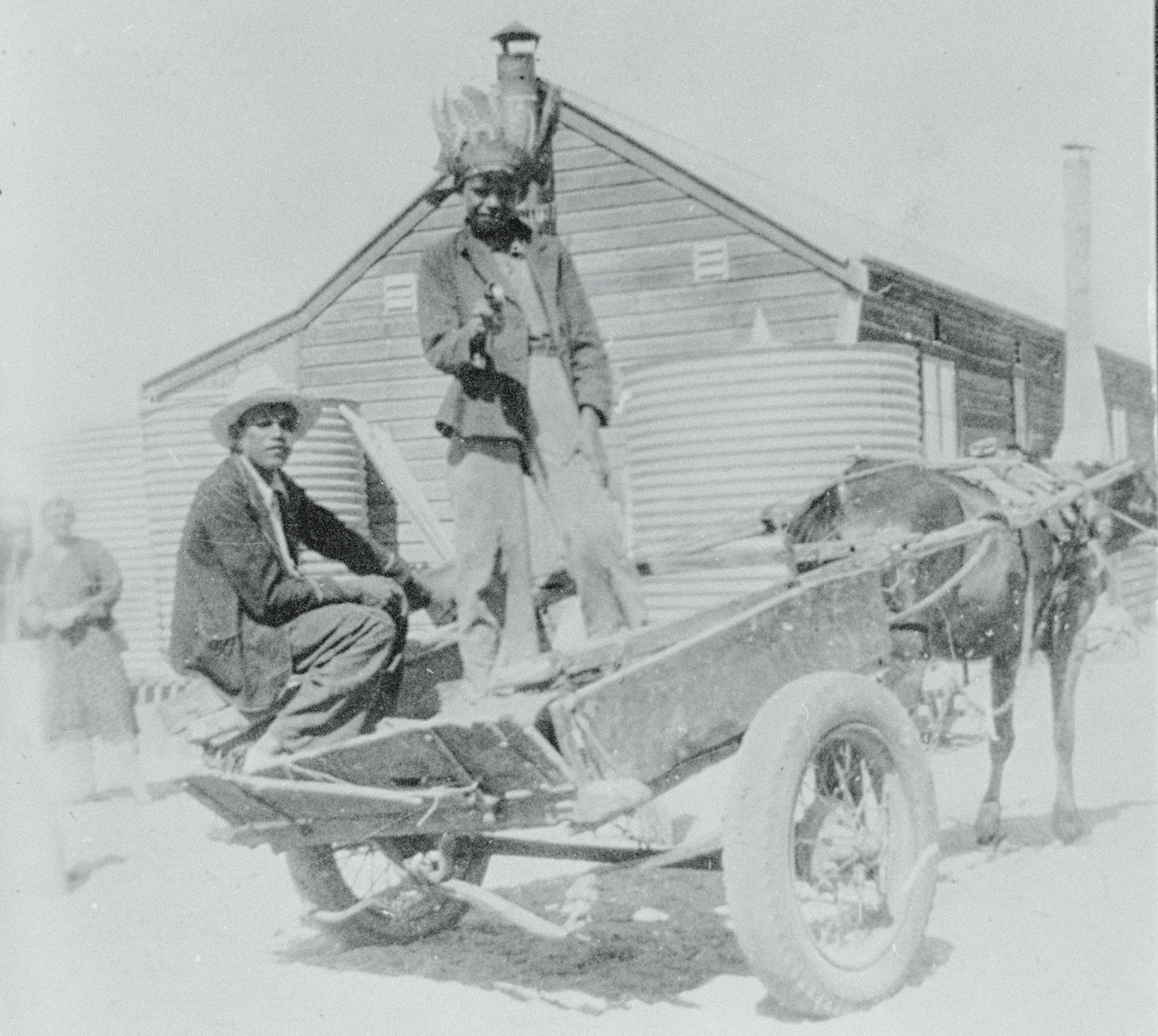
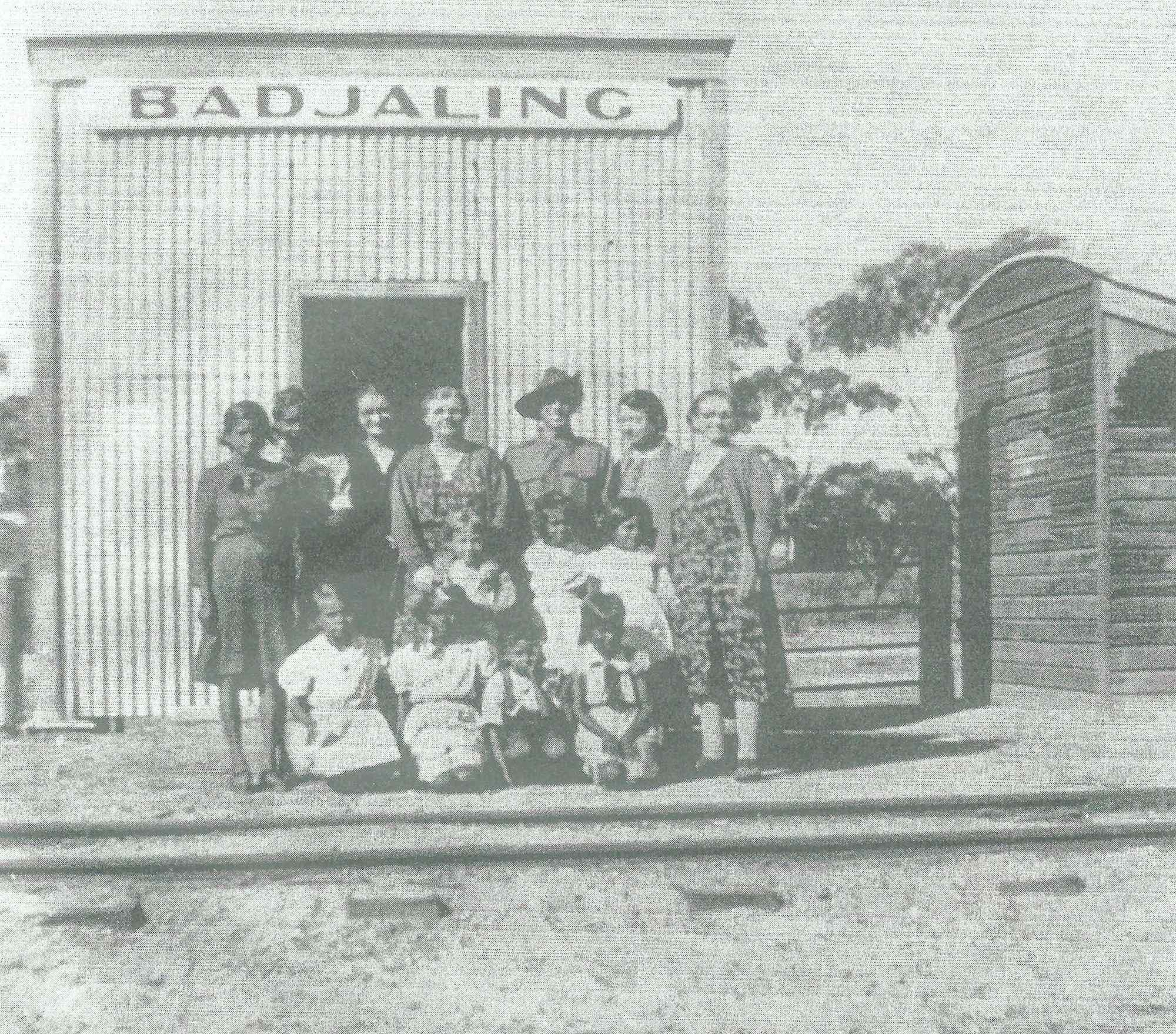
BADJALING RAIL SIDING
Badjaling rail siding witnessed the comings and goings in the community. Facilities were built here and many of the men and women worked on local farms. The area was famous for wheat and sheep farming. This time was tumultous. The world was going through the Great Depression and soon followed World War II. Aboriginal people were not allowed into town and our children could not attend the state schools. However in time, there was change and our families began owning and working their own properties.

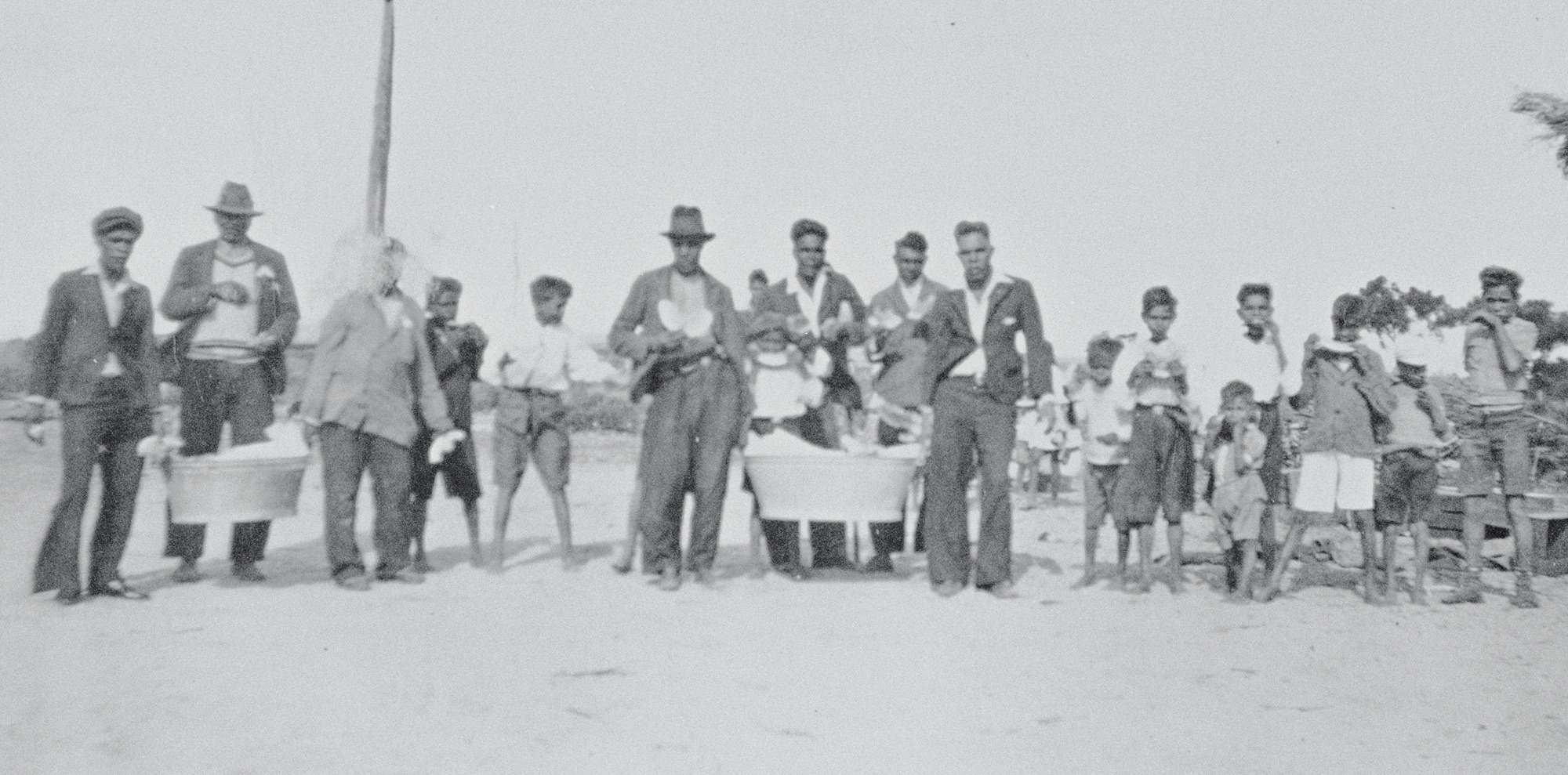
IMAGE GALLERY
Browse images below using the arrows on the left and right, or click an image to enlarge it
IMAGE GALLERY
Click an image to enlarge it and see more information
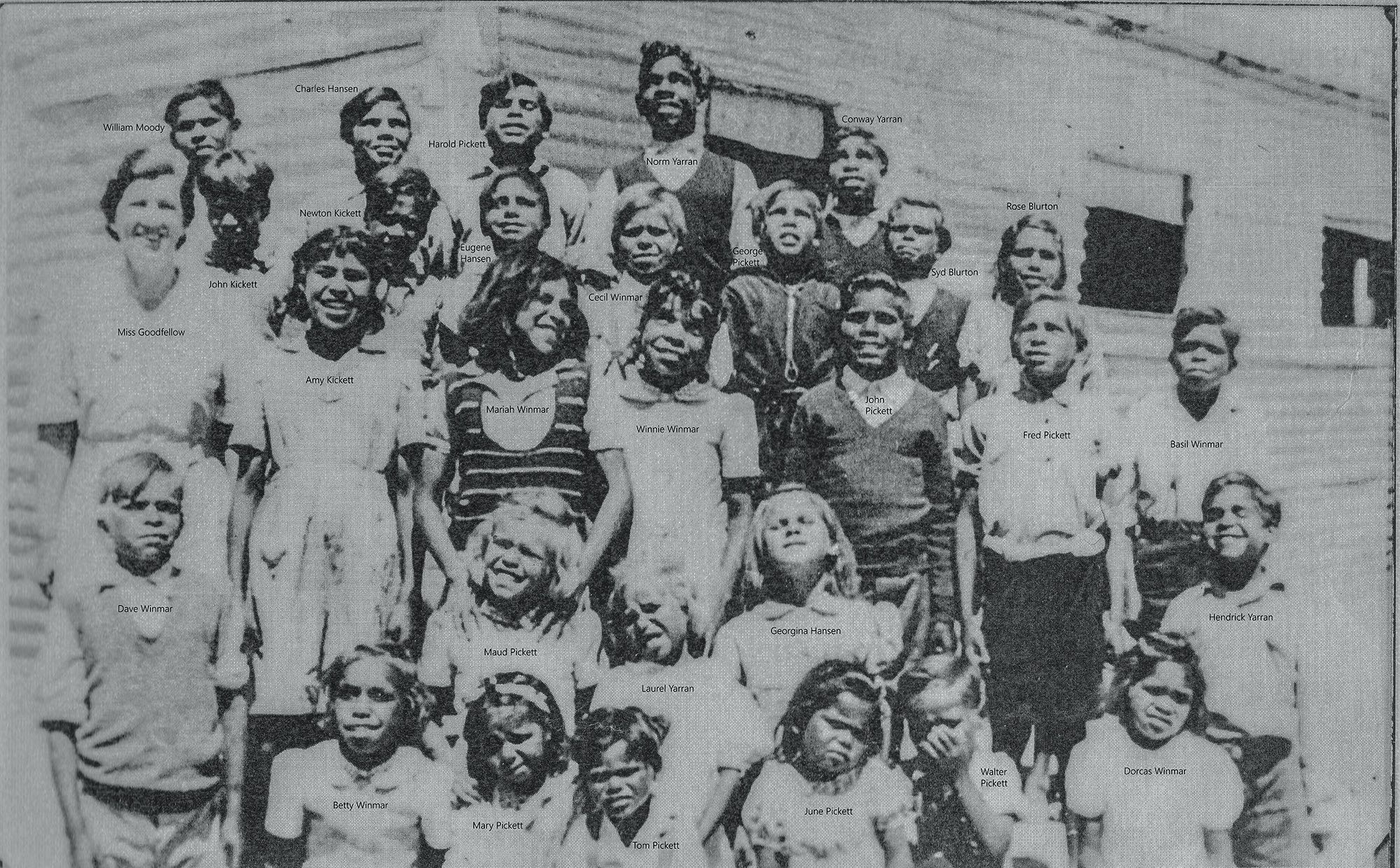
Campsite Ruth Winmar, U, Lucy Winmar, Lena Rodney, Eva Hansen Norm, Yarran Jnr, U, Morton Hansen, Charles Hansen, Nun, Bill Hansen. SLWA NR0001459
IMAGE GALLERY
Click an image to enlarge it and see more information
Many of our mob are ‘Stolen Generation’ separated from family. The famous “Rabbit Proof Fence” runs very close to Badjaling. It has special meaning for us, because we used it to find home.
Our elders are dying, I don’t know everyone’s name, so for all the places that each family camped, we put up signage…and for things that happened, things people remember…we are going to get our pictures together and write our story.”
– Murray Yarran (Elder and Traditional Owner)
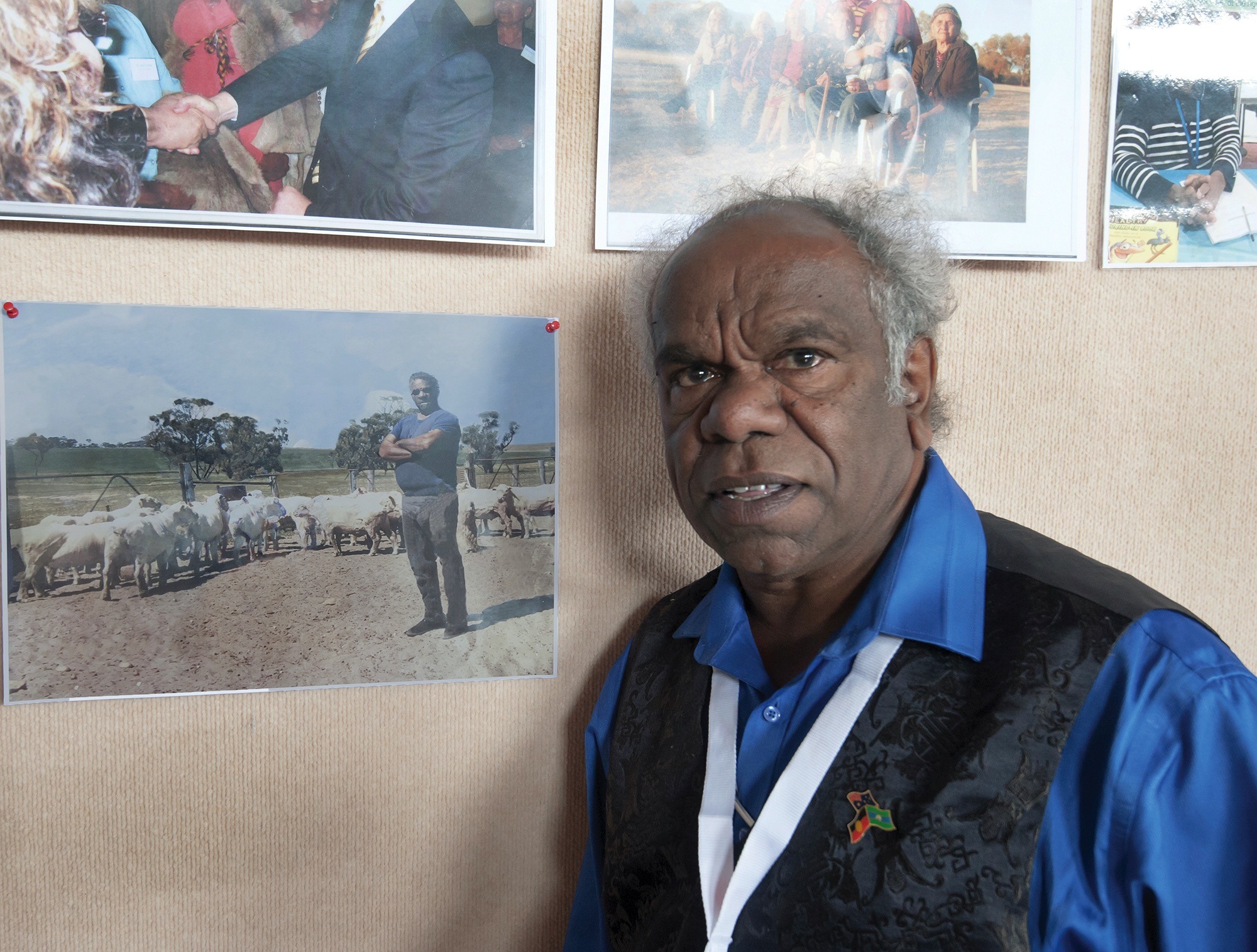
BATTLE FOR EDUCATION RIGHTS
Before 1948 Aboriginal children were not allowed to attend State schools. Aboriginal people were not allowed into town. Local Aboriginal farmer John Kickett fought a decade long battle to see his children educated at the local Quairading school. With his family members fighting and dying for King and country, John Kickett asked for justice and a fair go for his daughters. Despite a petition from local school families supporting the girls and John’s request, their pleas were unanswered! The battle to end segregated education was not yet won.
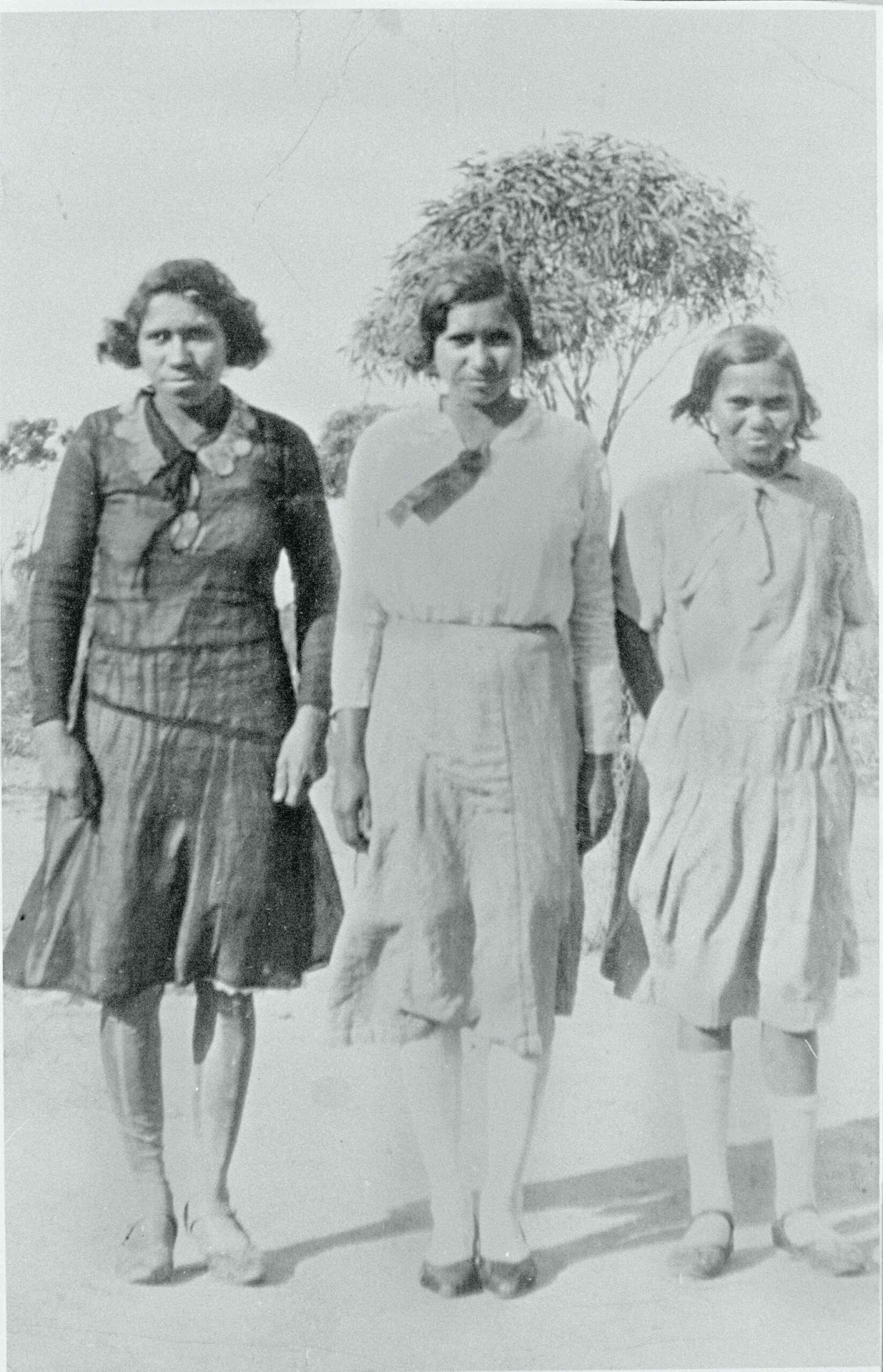
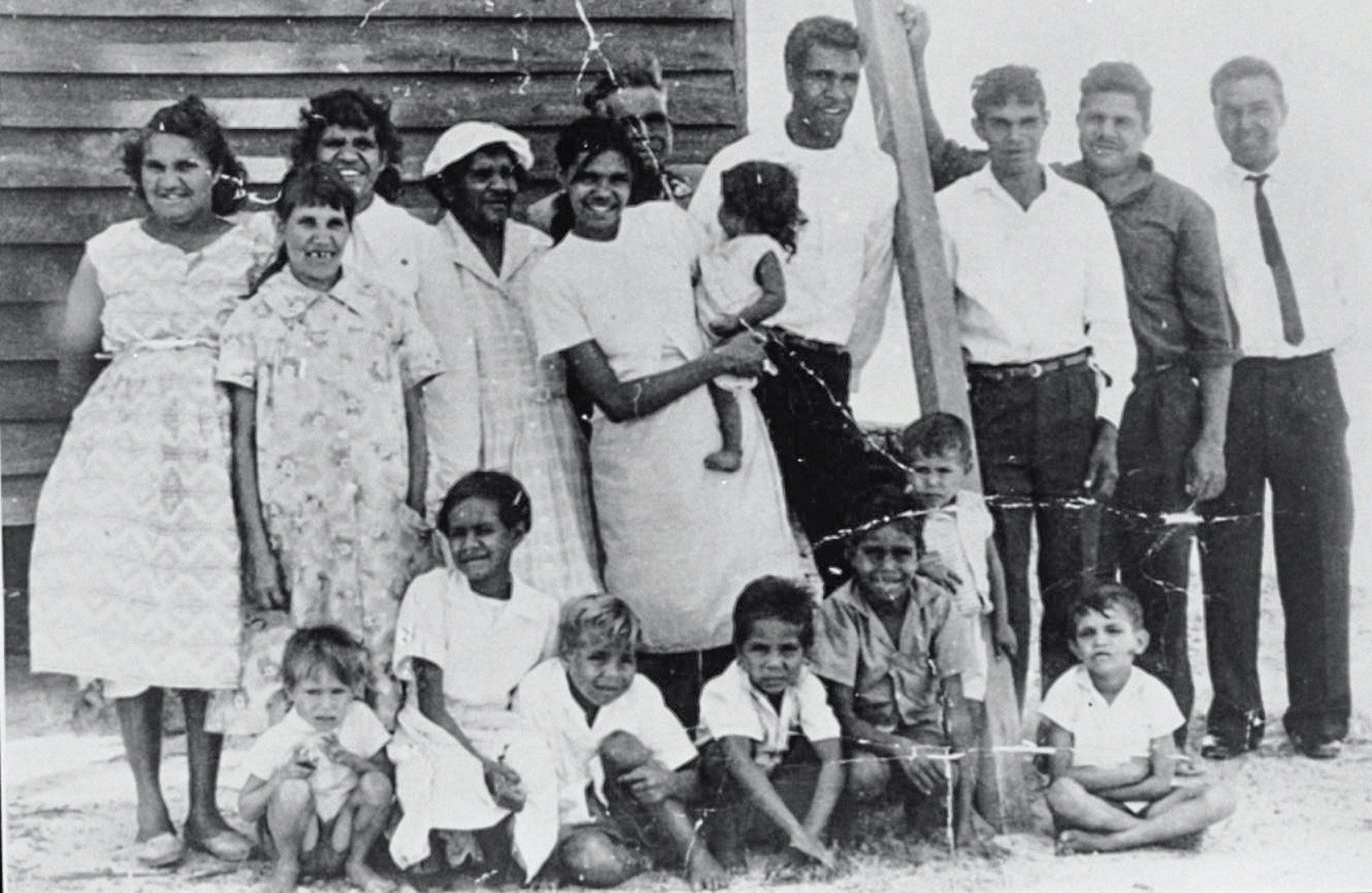
IMAGE GALLERY
Click an image to enlarge it and see more information
IMAGE GALLERY
Browse images below using the arrows on the left and right, or click an image to enlarge it
FARMING
Badjaling men have a fine tradition when it comes to farming, often wheat and sheep farming. In the early part of the 20th Century, Badjaling was a huge producer of Australian sheep, fattened up and transported by rail to the Eastern States or shipped from Robbs Jetty to overseas markets.
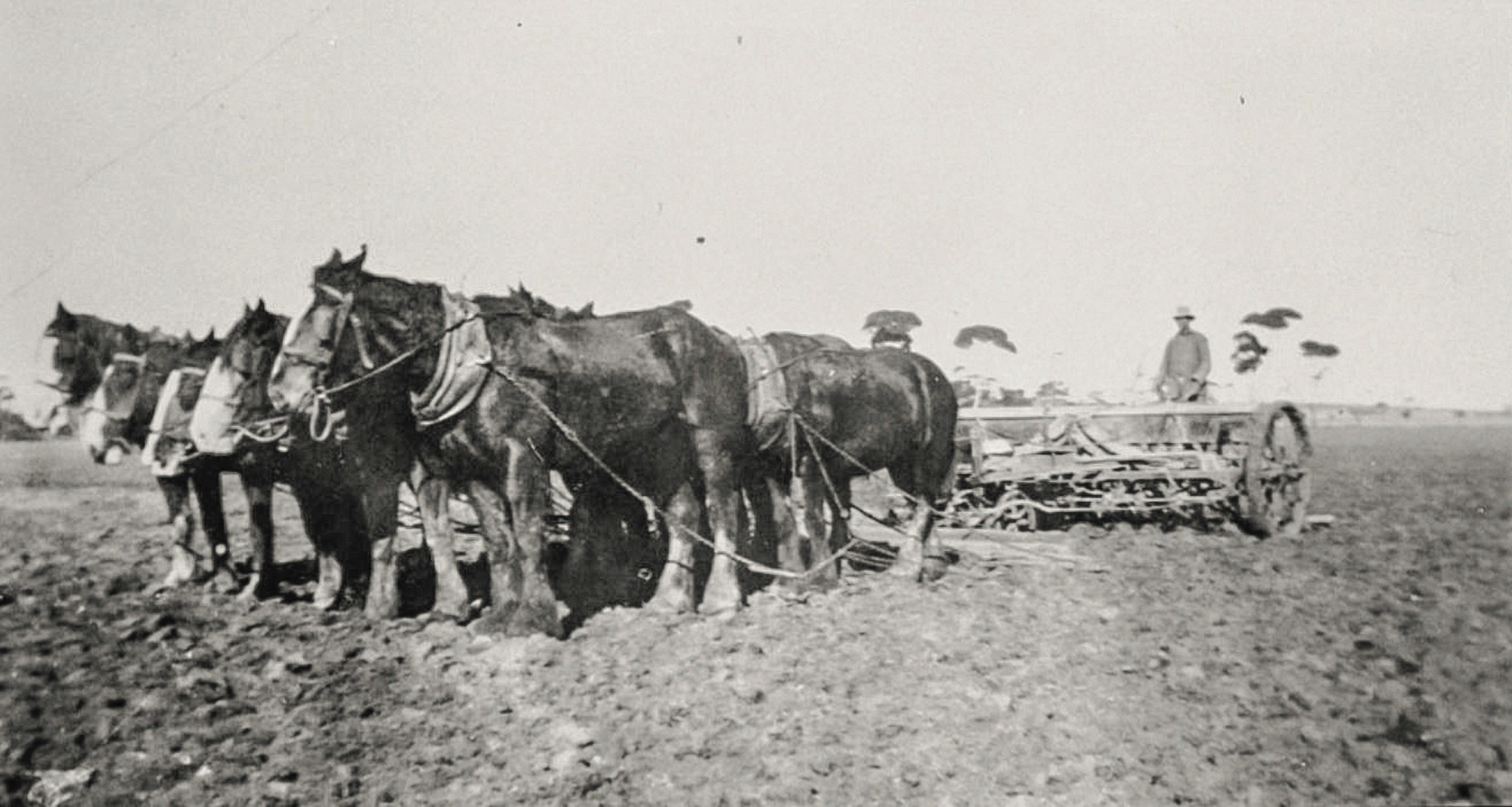
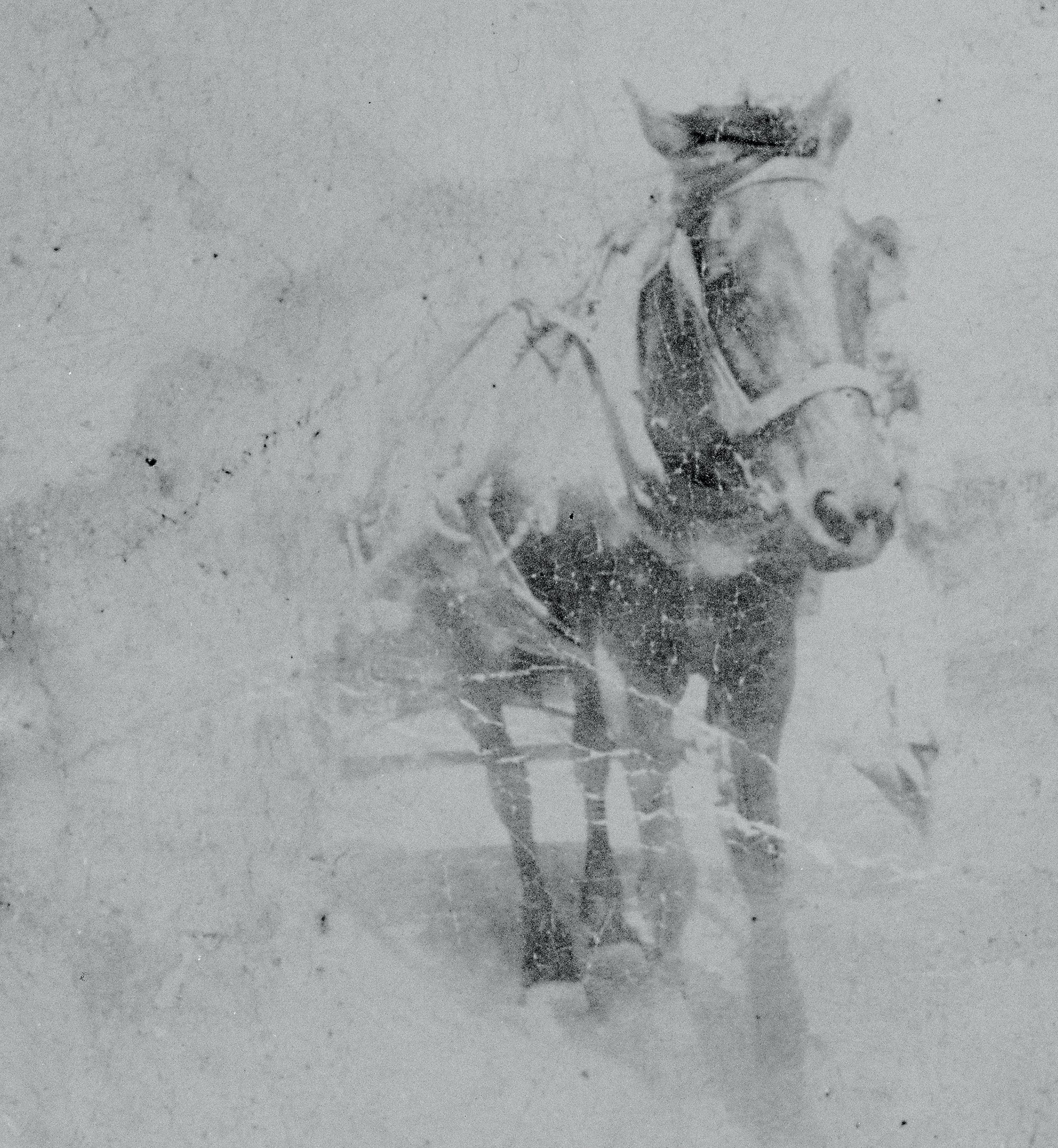
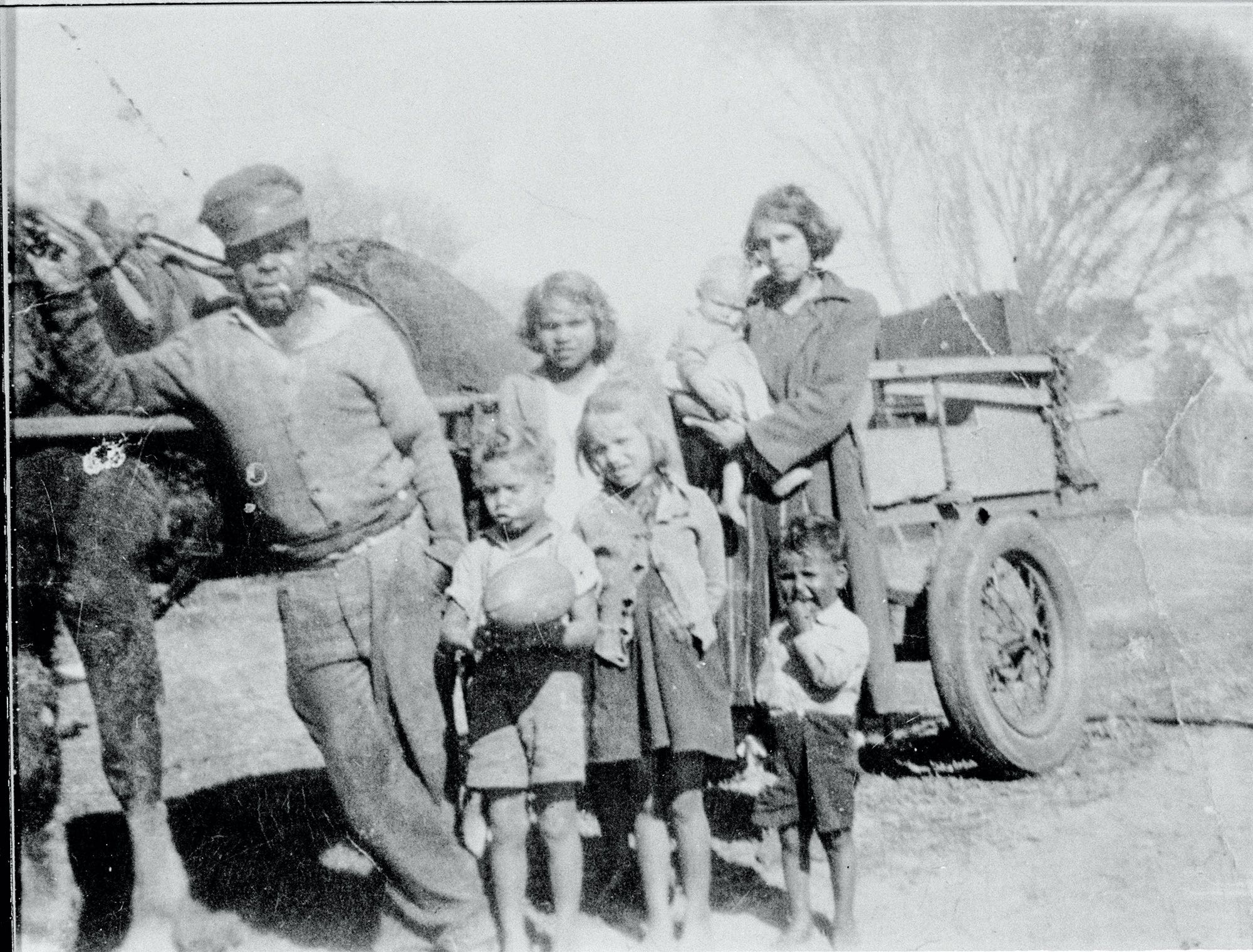
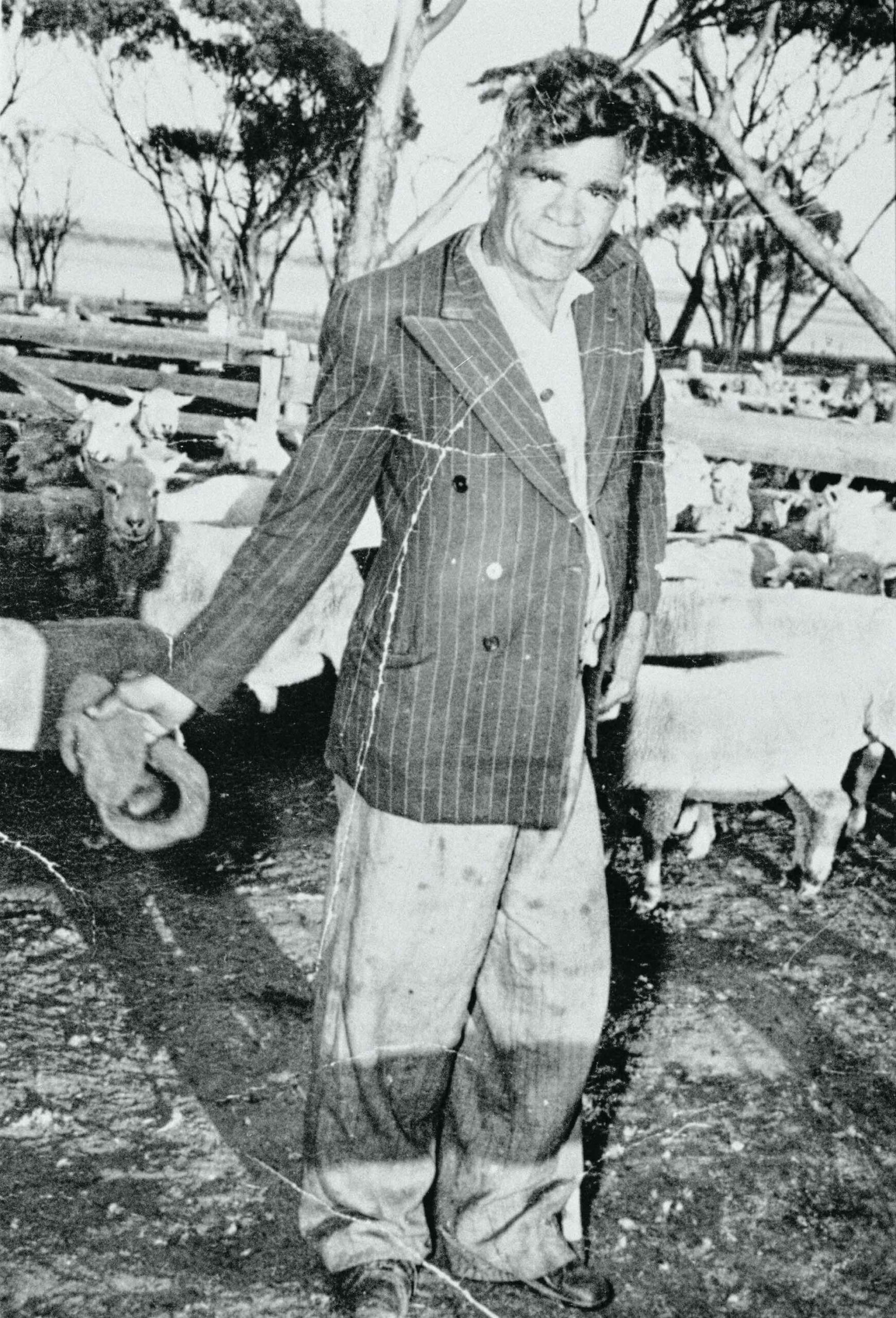
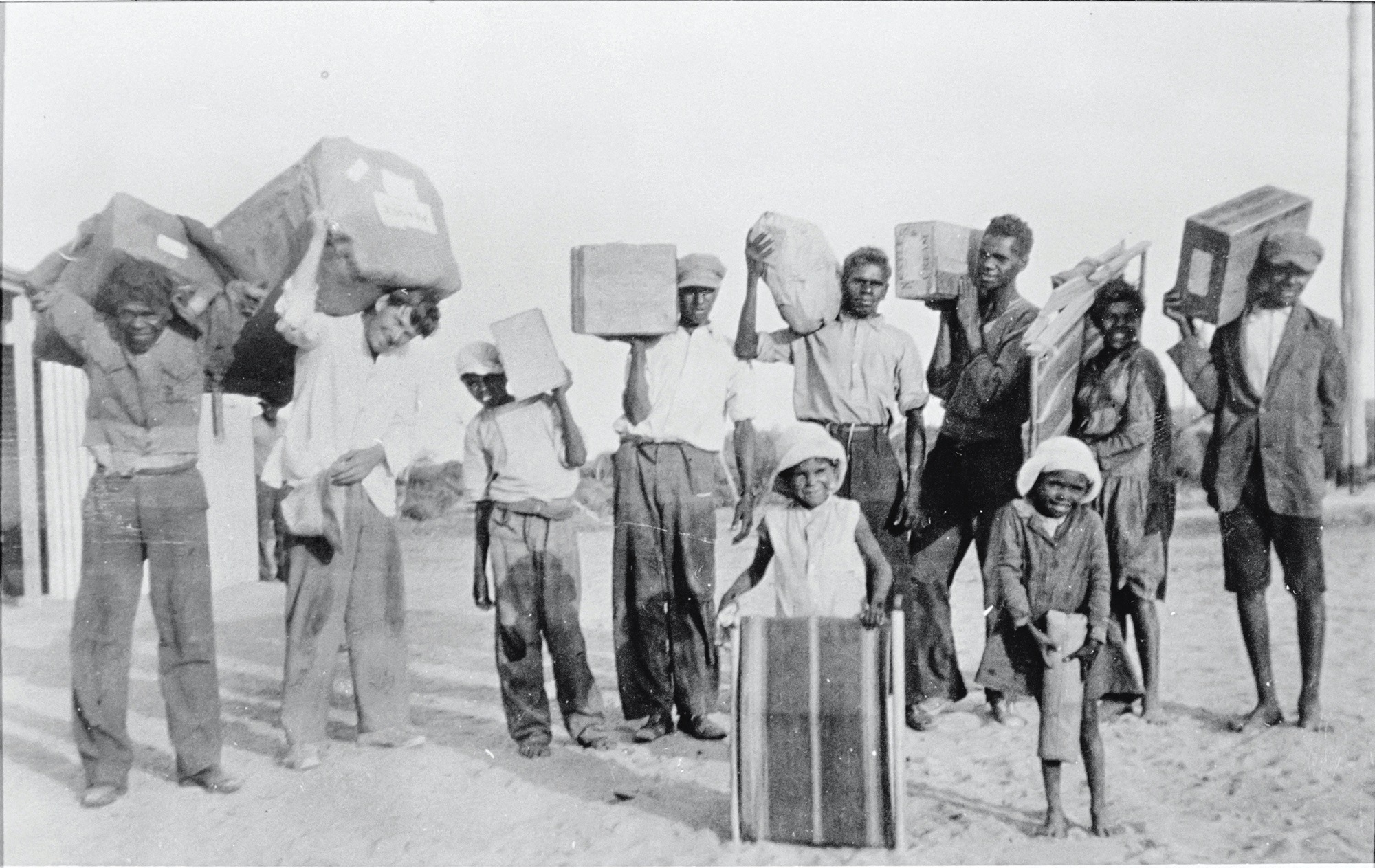
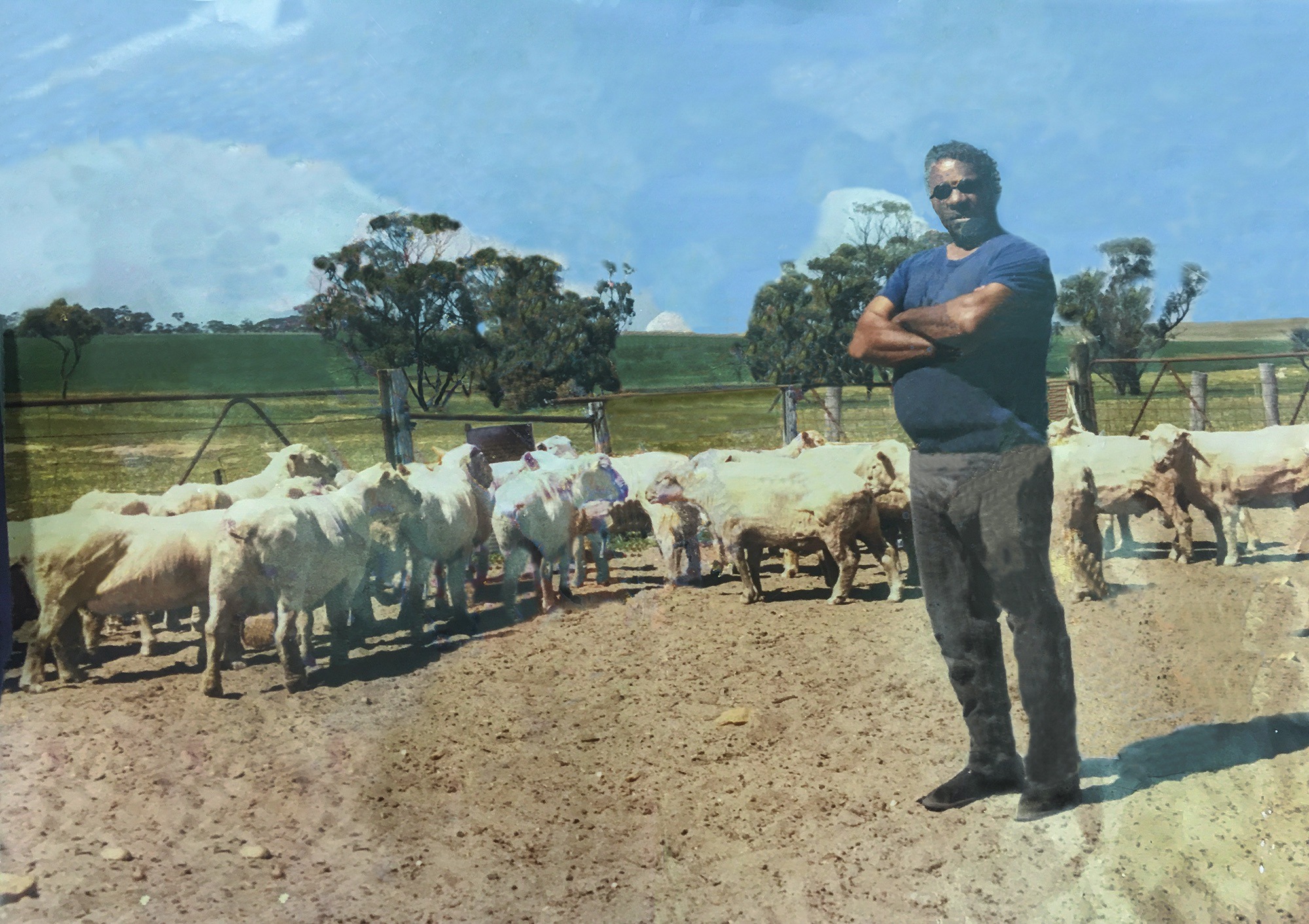
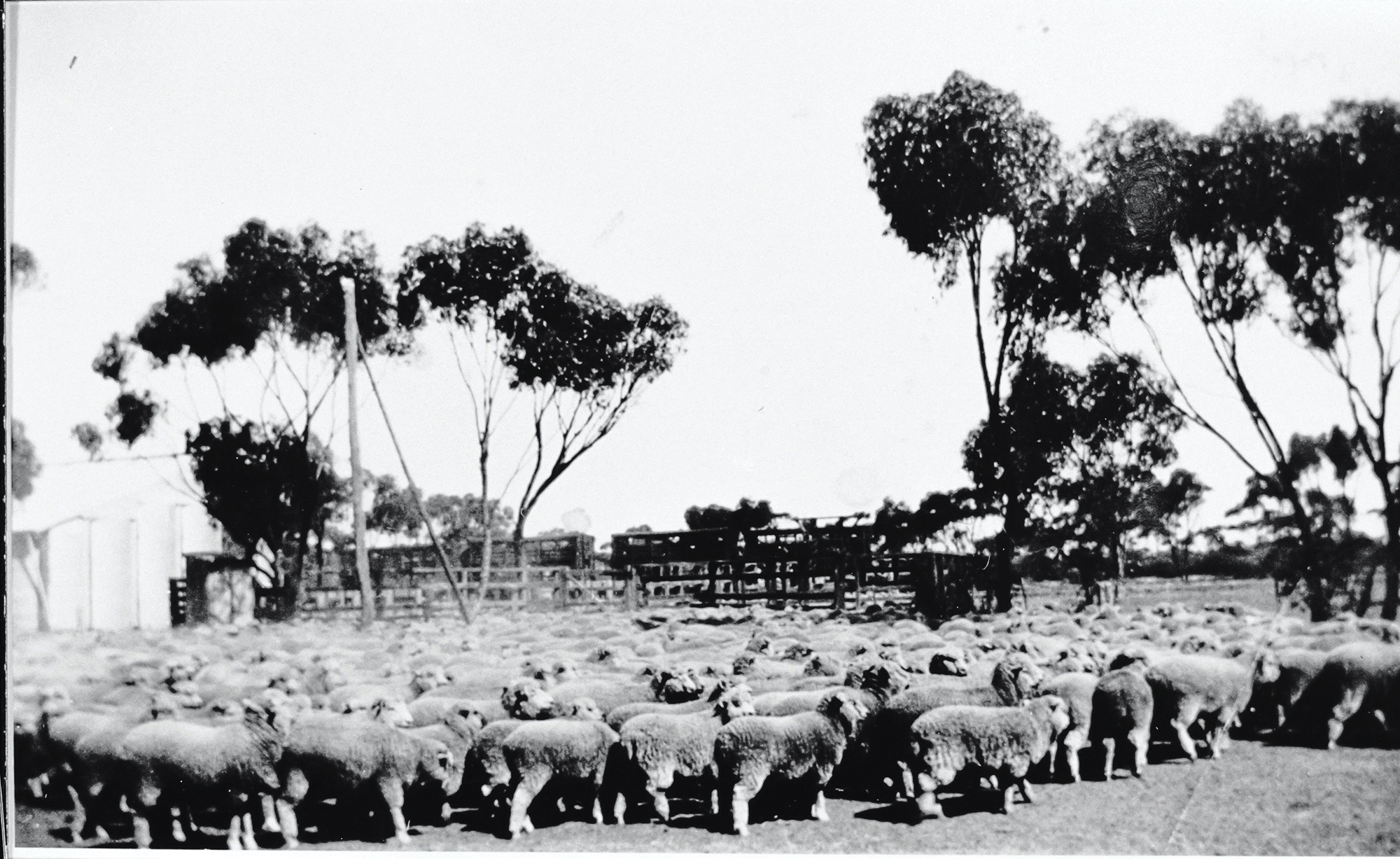
BADJALING TODAY
THE BADJALING STORY BOOK
The Badjaling Storybook was created in December 2008 with our support as part of a Cultural Heritage Survey conducted by the then Department of Indigenous Affairs and the Wheatbelt NRM (Natural Resource Management). This online publication should be read in conjunction with this book to give a fuller picture of Badjaling, the flora, the fauna and how we have built our lives here on country.
The following elders, all Ballardong Native Title Claimants (BWAC) were especially important in putting the story book together. Sadly, some of us have passed away since that time, and we wish to honour their memory and their work.
Mrs Winnie McHenry
Mrs Marilyn Reidy
Mrs Myrtle Yarran
Mrs Muriel Collard
Mr Basil Winmar
Mr Fred Pickett
Mr Murray Yarran
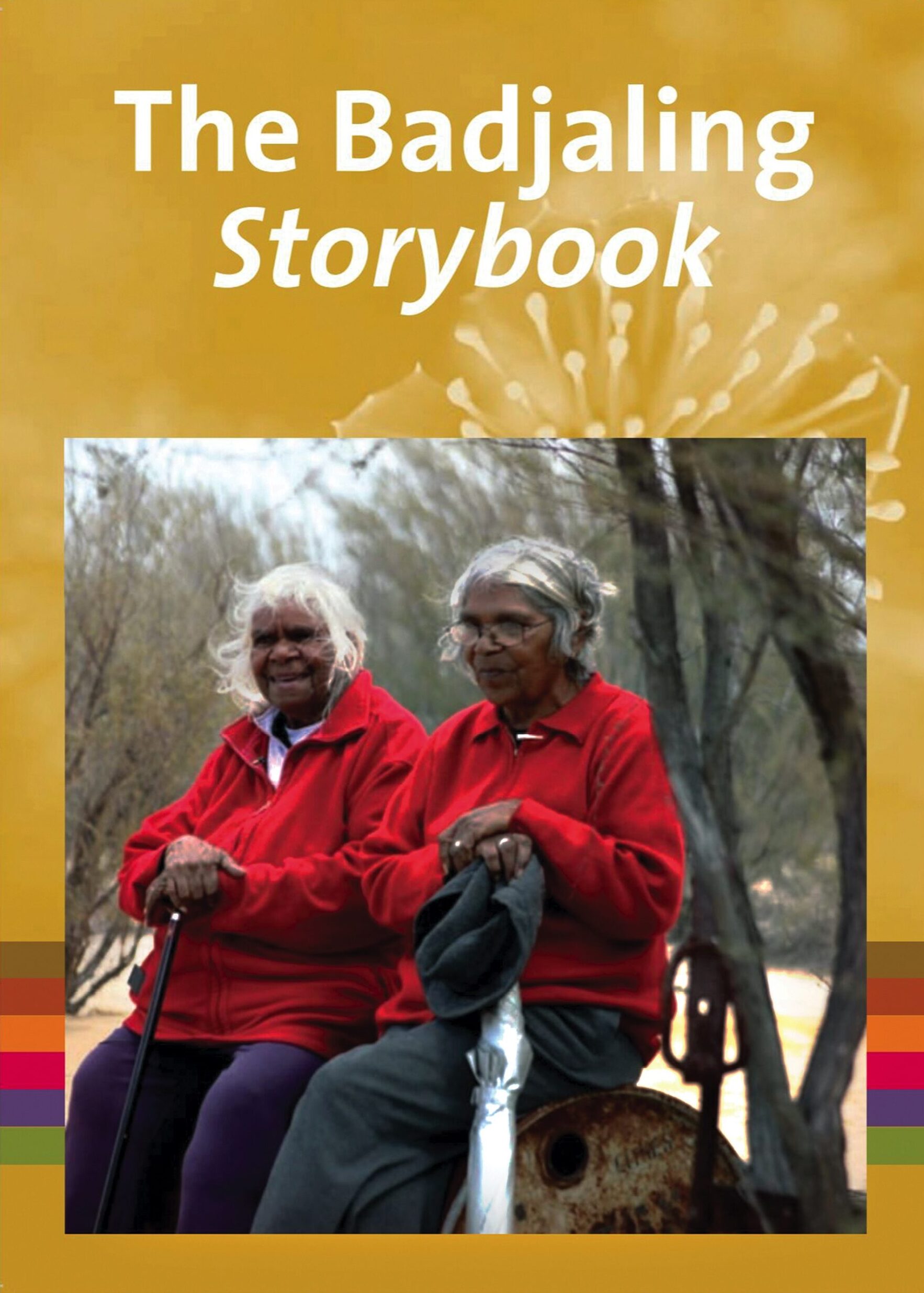
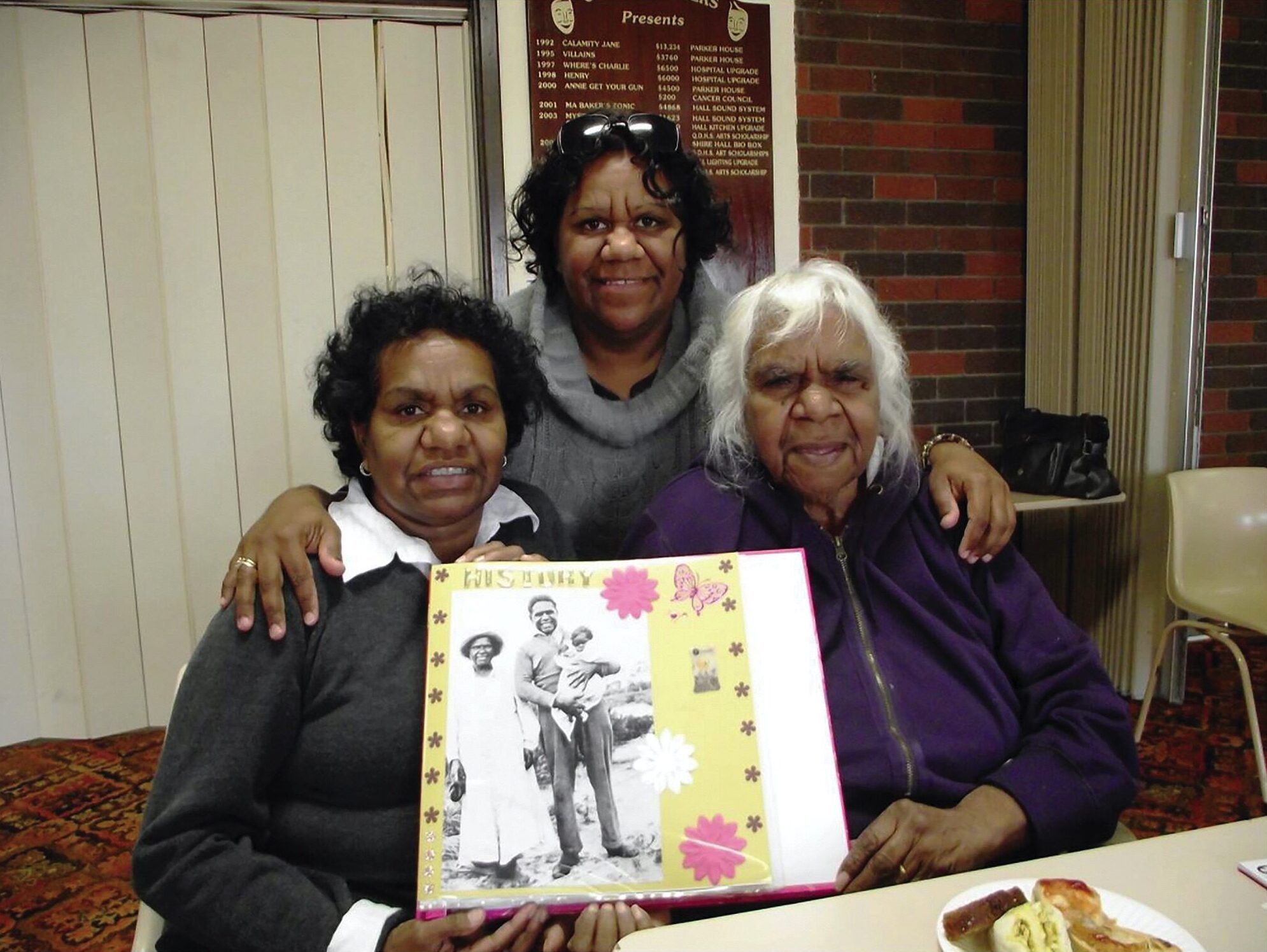
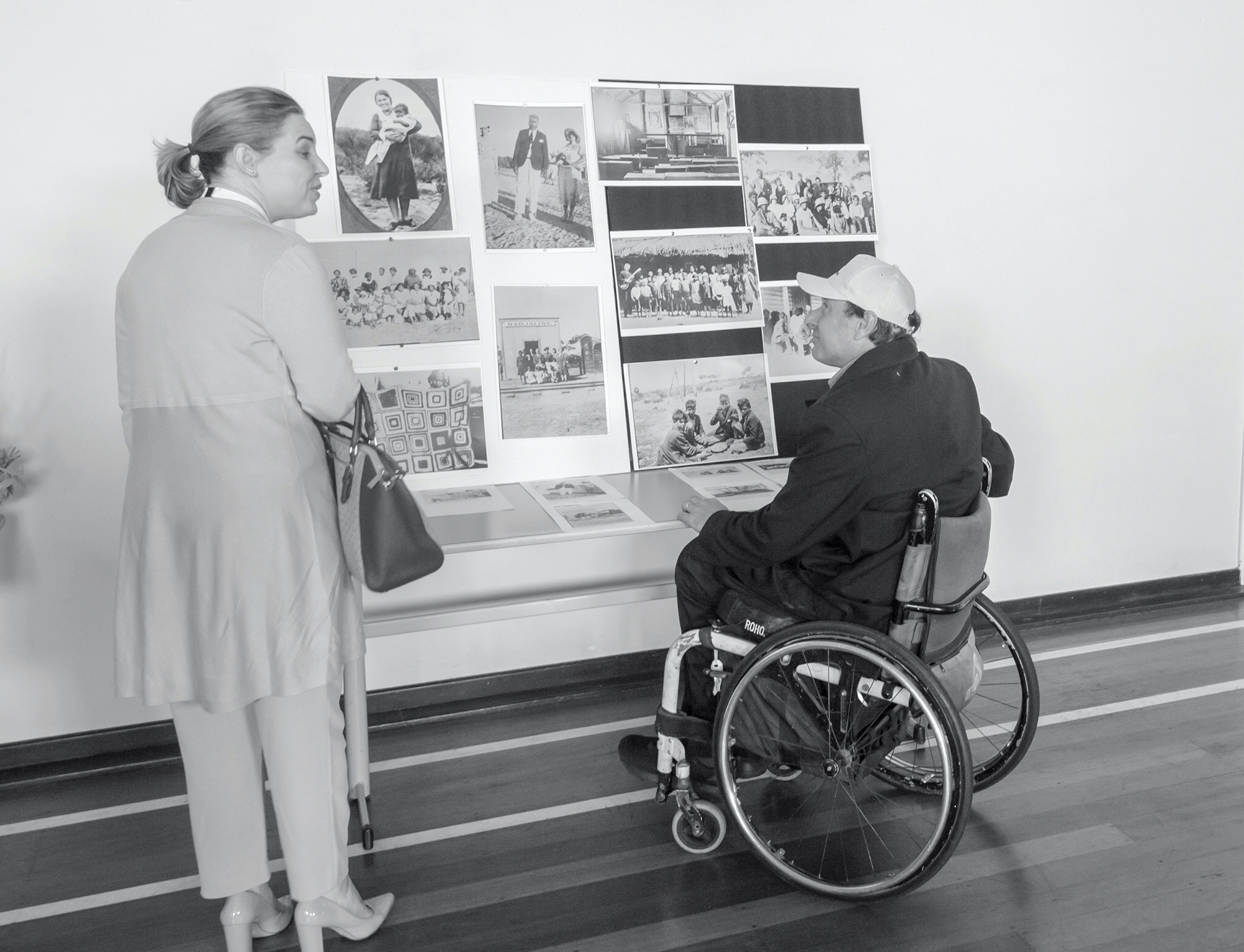
OPPORTUNITIES FOR ALL
The Balladong Community is creating opportunities for people with disability to learn about Noongar ways, healing and history. The community wishes to showcase our proud history as part of other inclusive opportunities we are developing for people with disability in the Wheatbelt. We are using the knowledge from the past to connect to opportunities for the future. Our elders have shown us the way and we wish to honour them.
RICH COMMUNITY INVOLVEMENT
We are rich in community involvement. Local elder Winnie McHenry worked with Prime Minister, Kevin Rudd in 2007 on the historic national apology for the Stolen Generation.
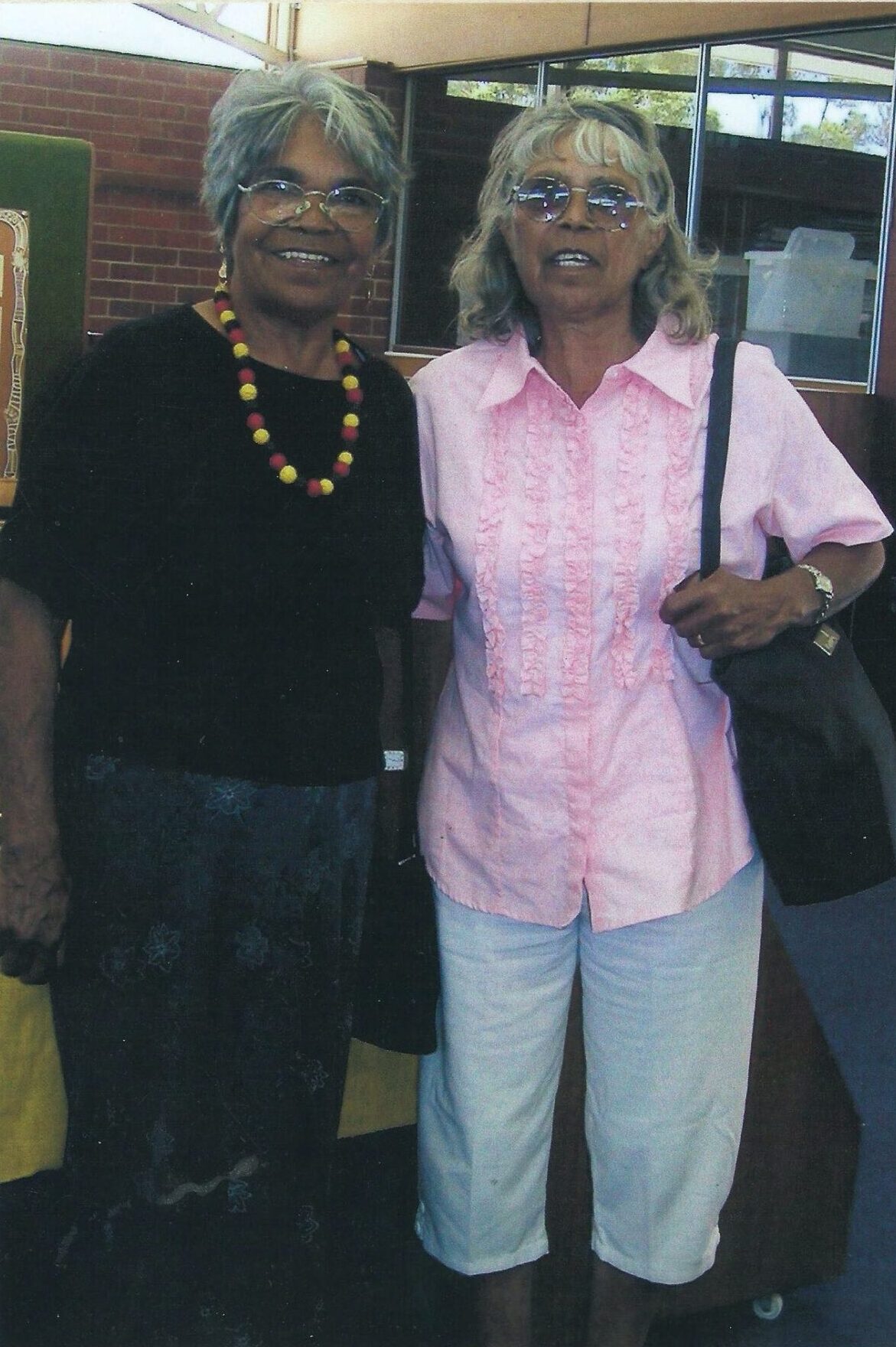
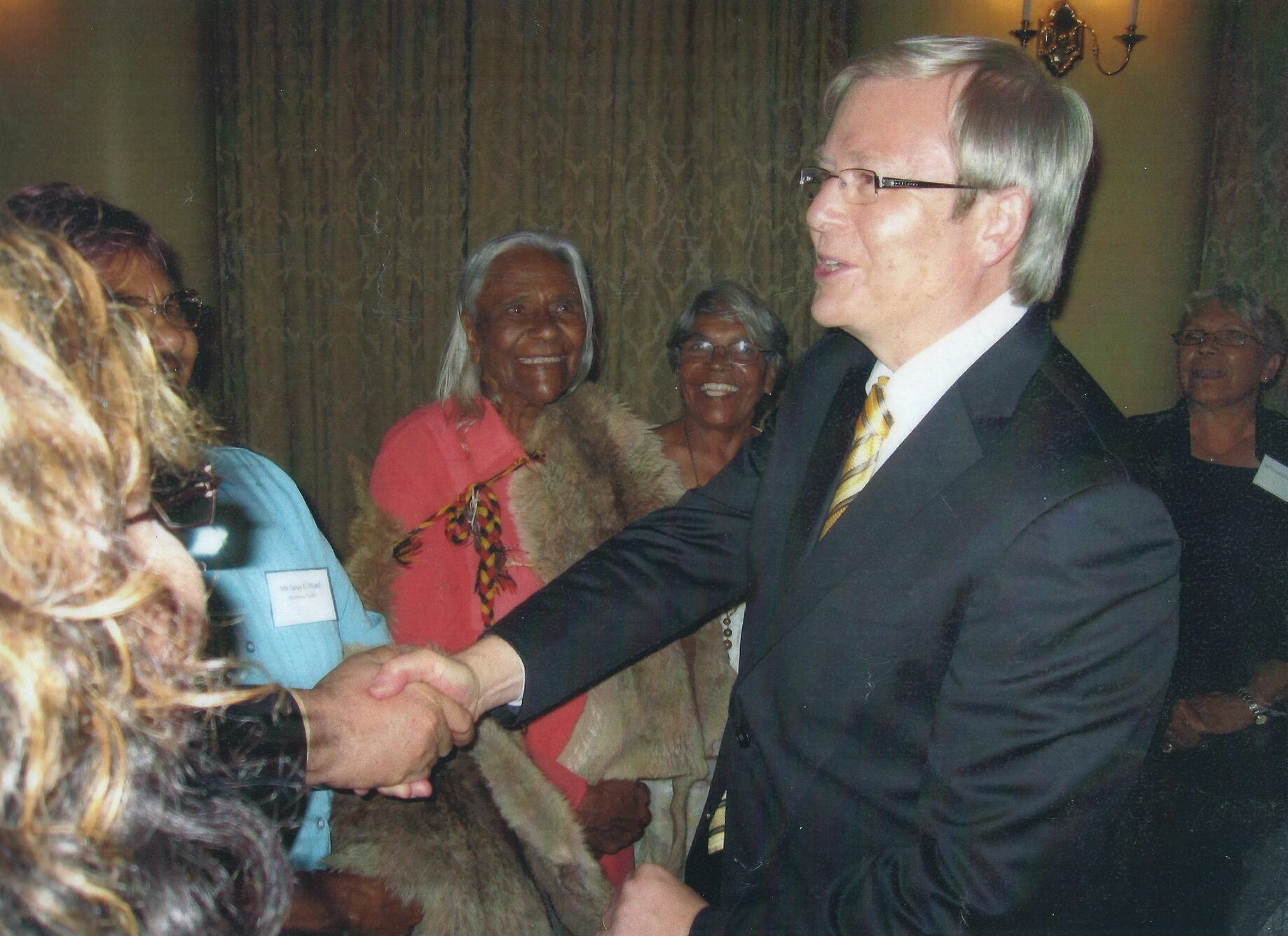
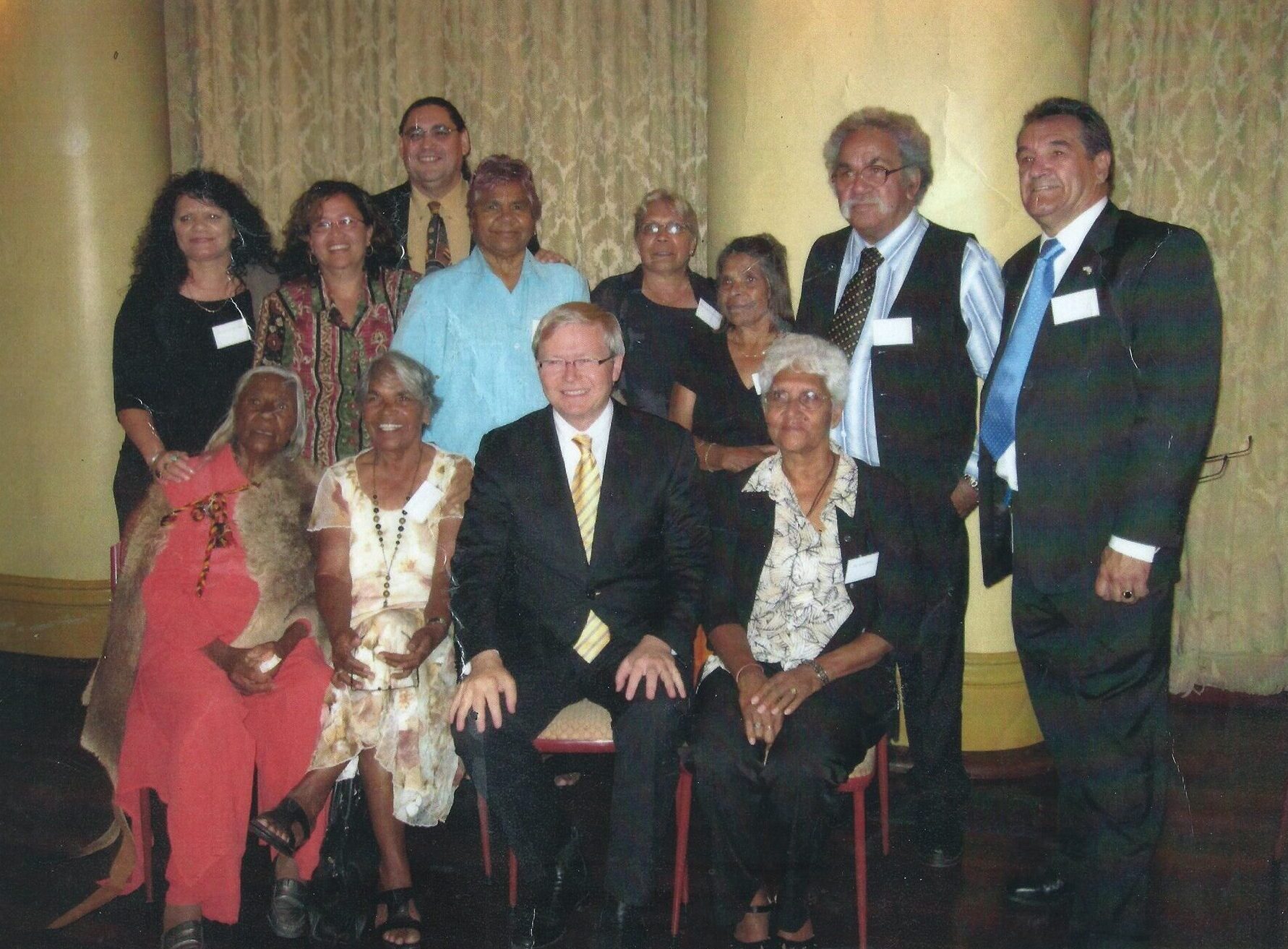
OUR IMAGES
Community Vision are working with us to collect our images and history and provide inclusive services for people with disability in our community. This exhibition catalogue was put together by Murray Yarran and Ian Thompson from Community Vision.

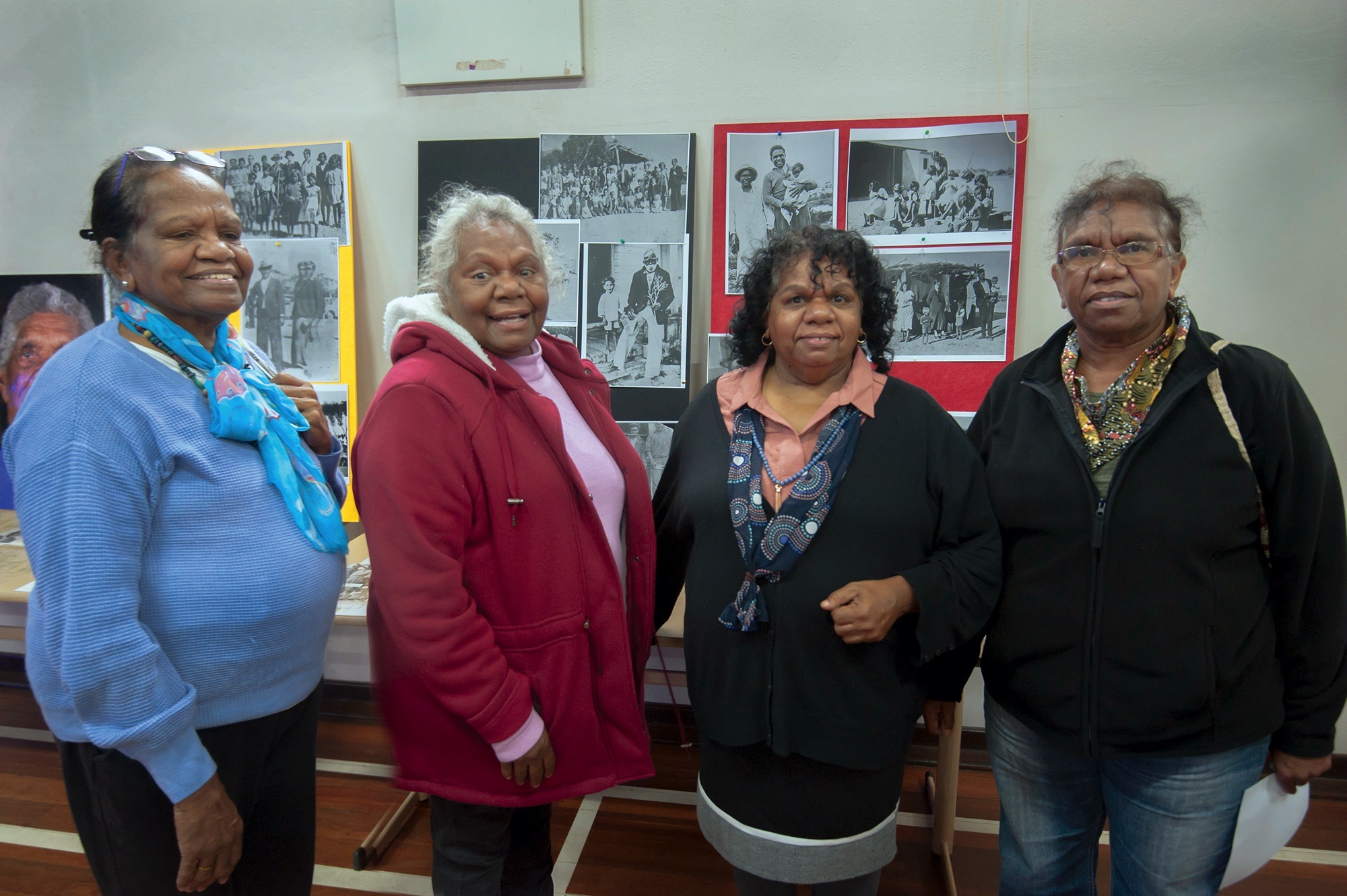
BRINGING THE MOB TOGETHER
This community work is healing work, bringing the mob together. With the support of the Department of Communities Disability Services ILC Grant we are building inclusive activities for the local area in culturally appropriate ways. Cultural history will form an important part of other activities we are re-shaping to meet today’s COVID-19 challenges. We intend to provide these opportunities in an ongoing way.
